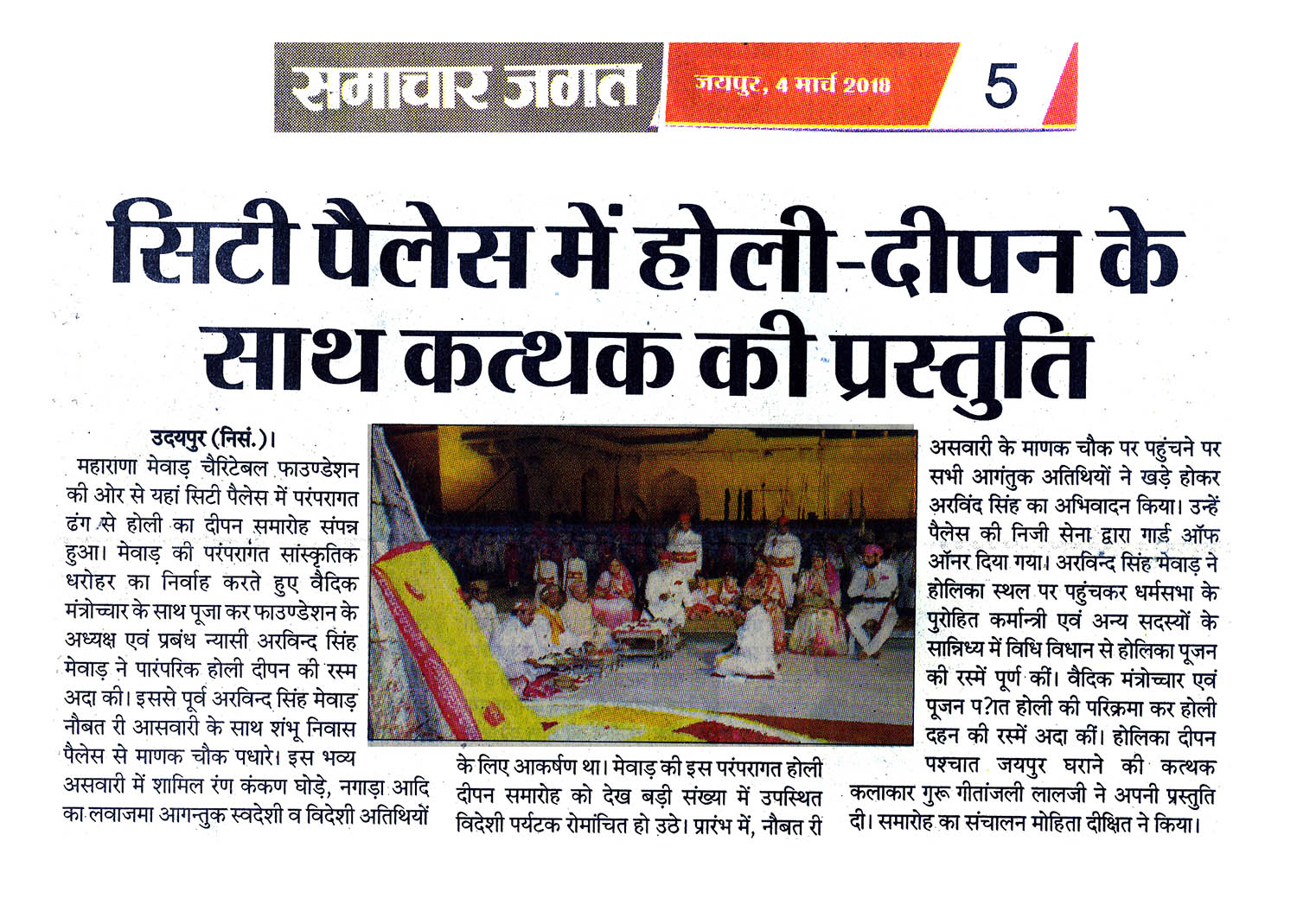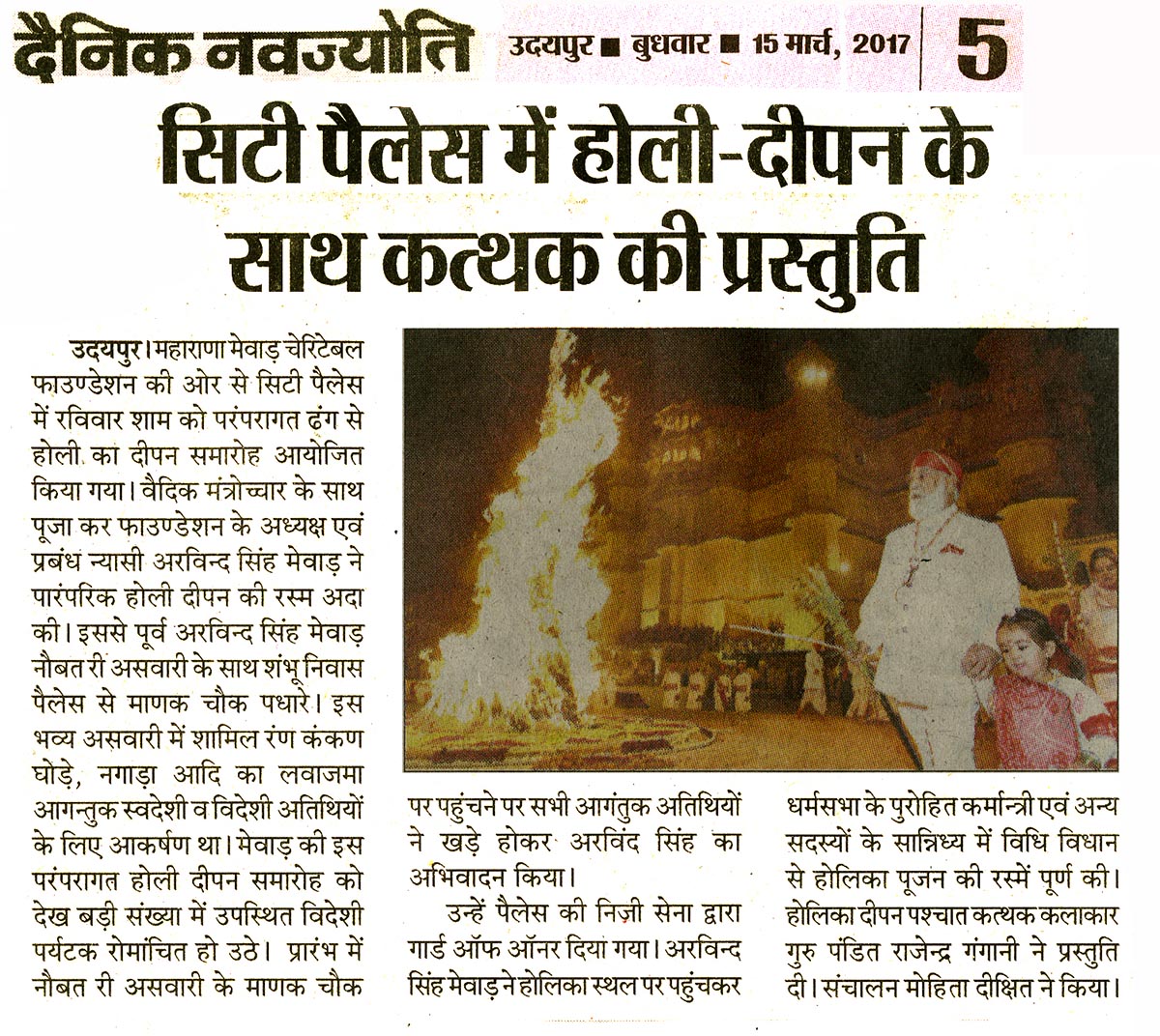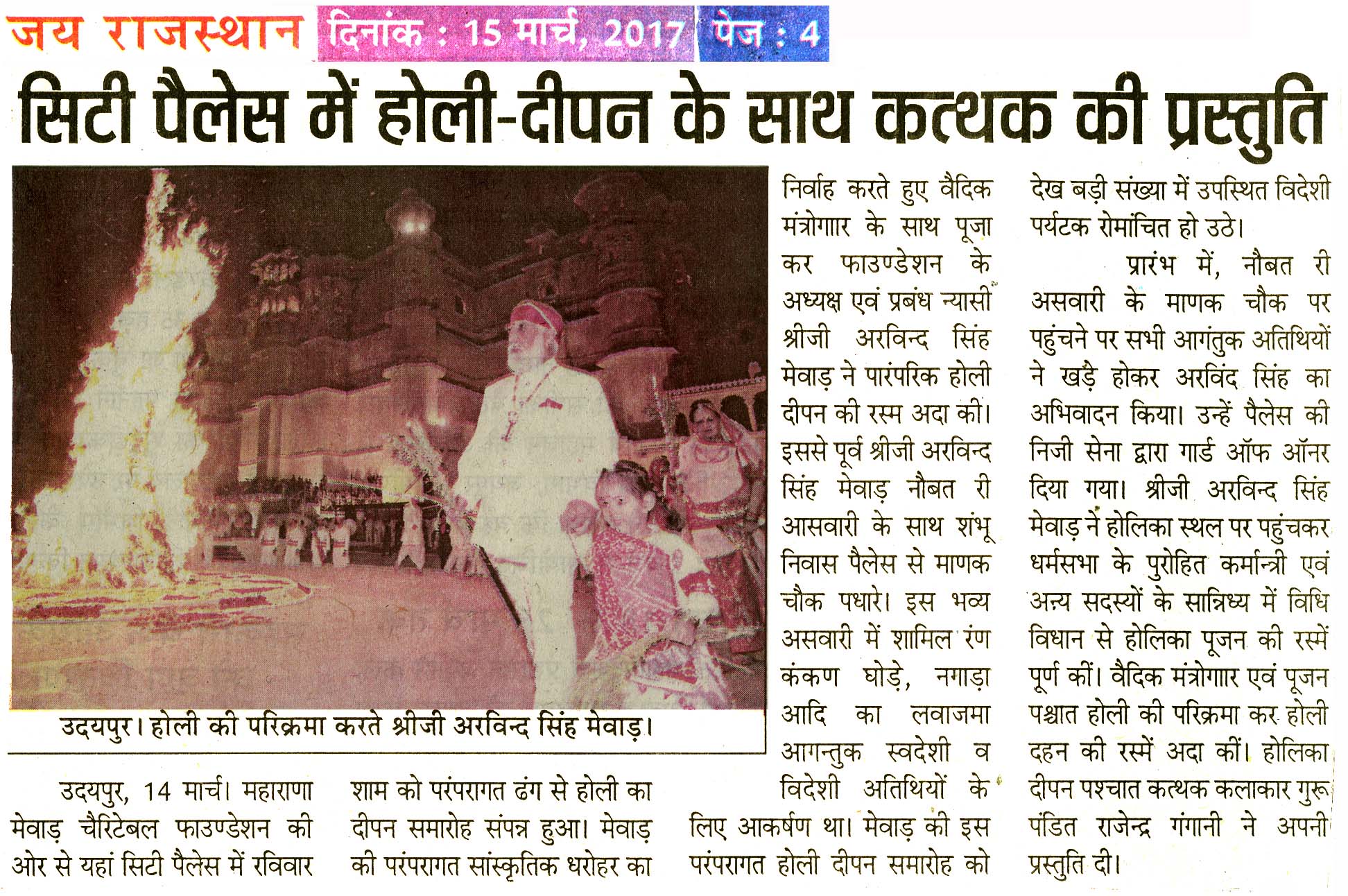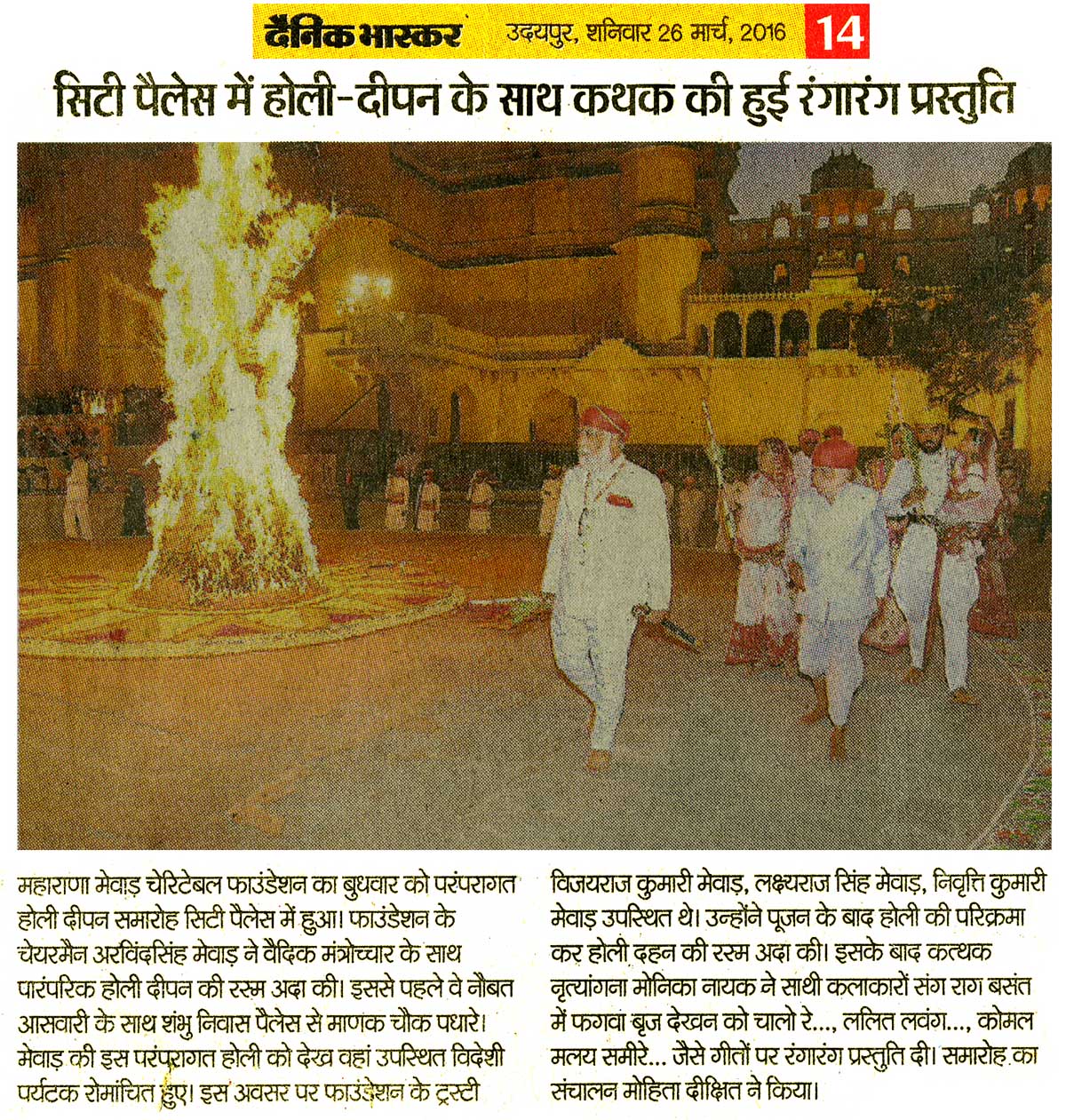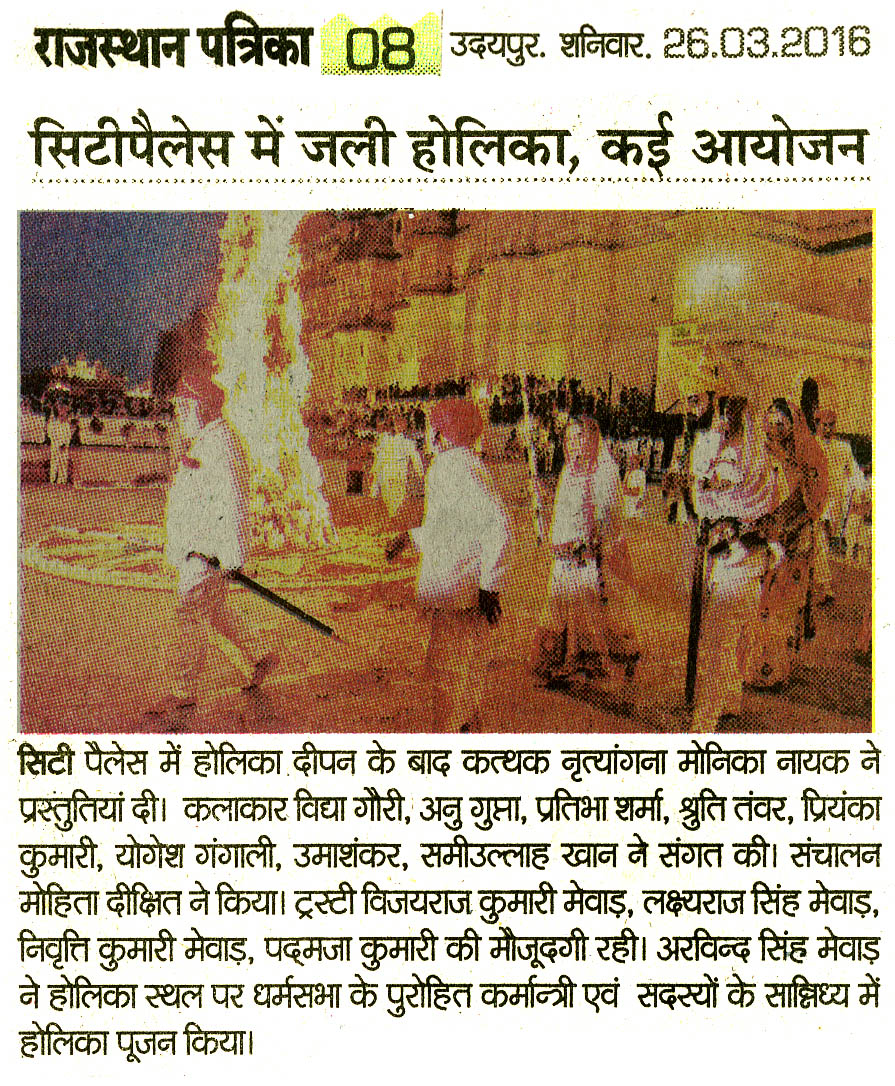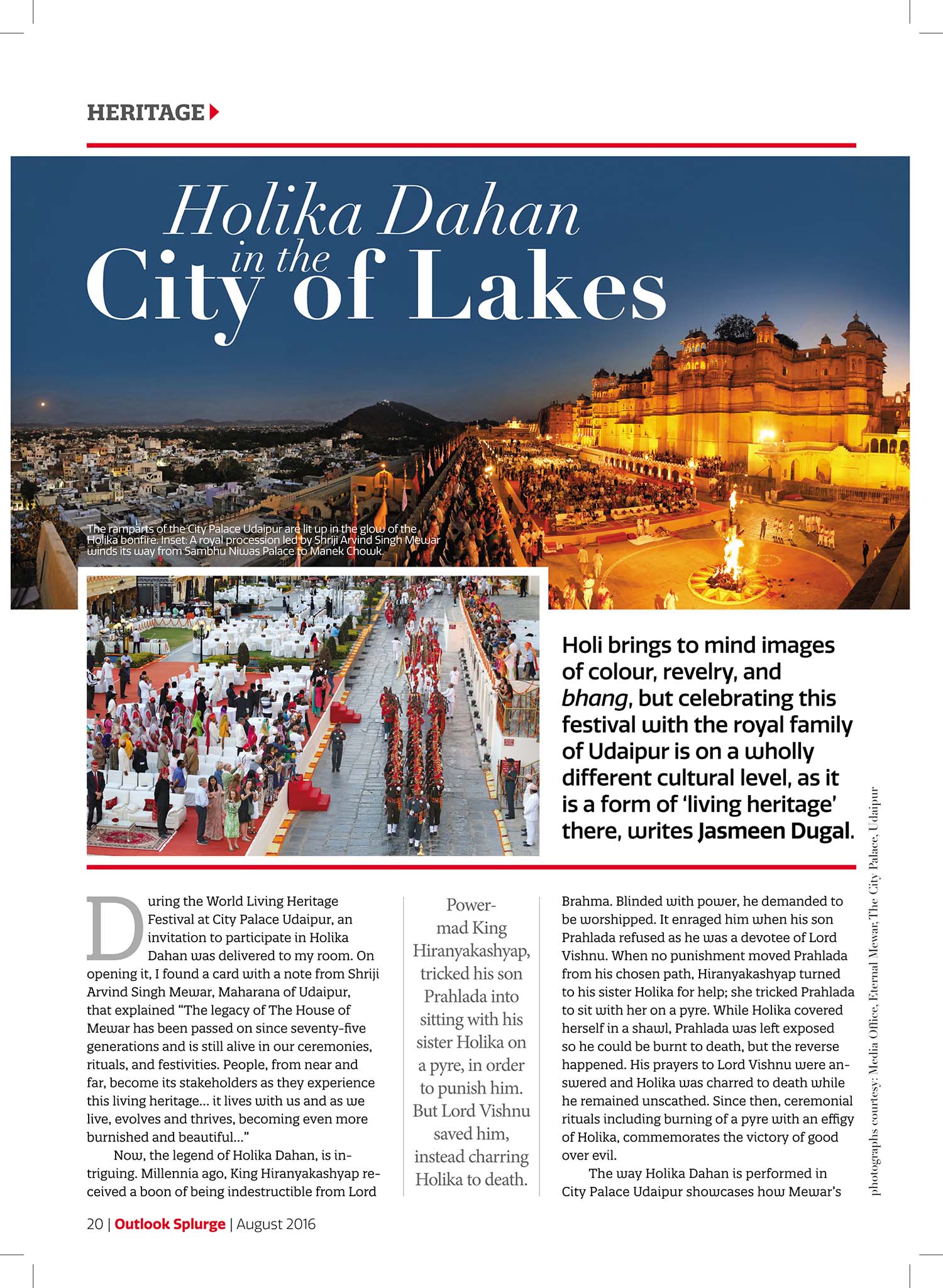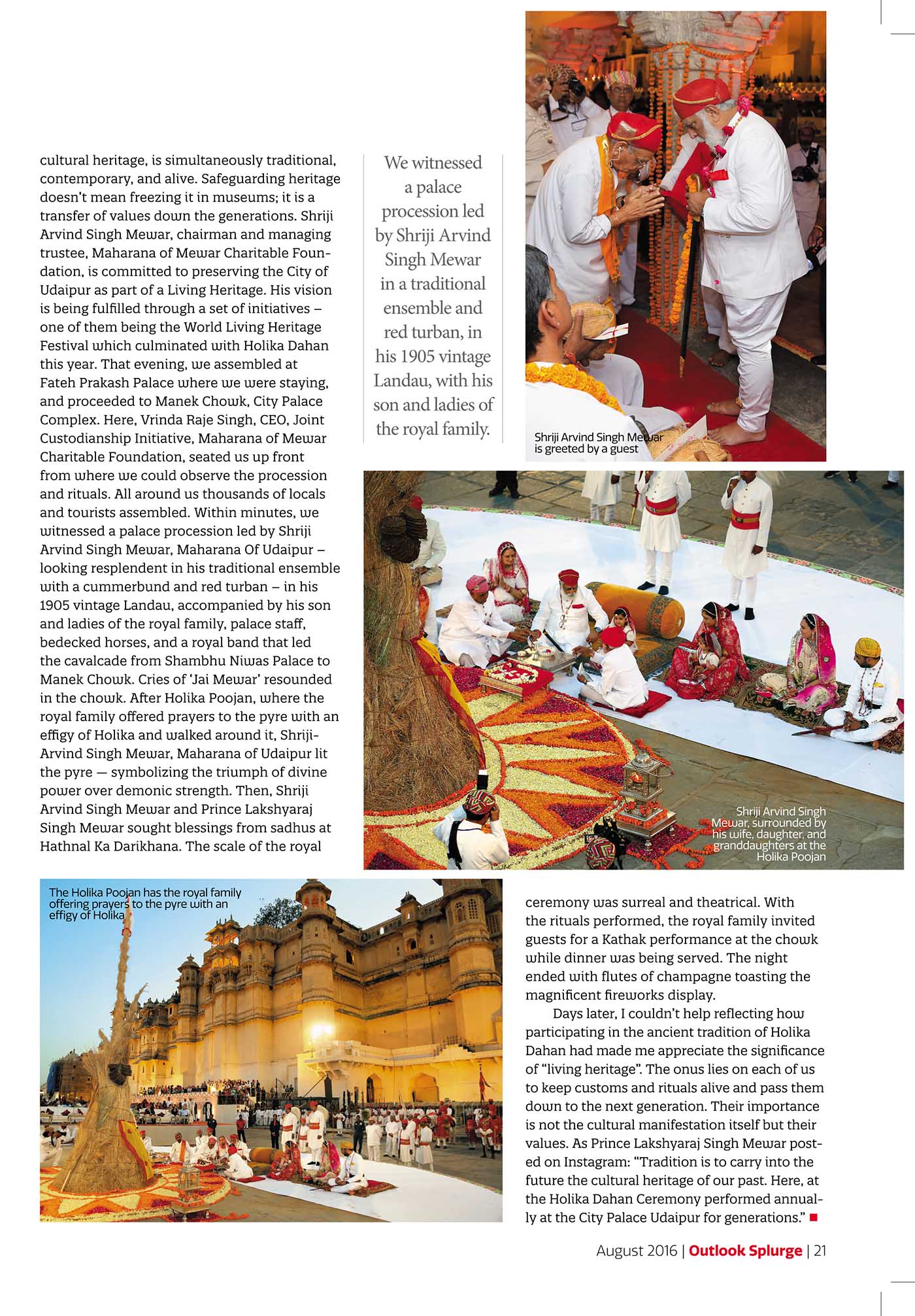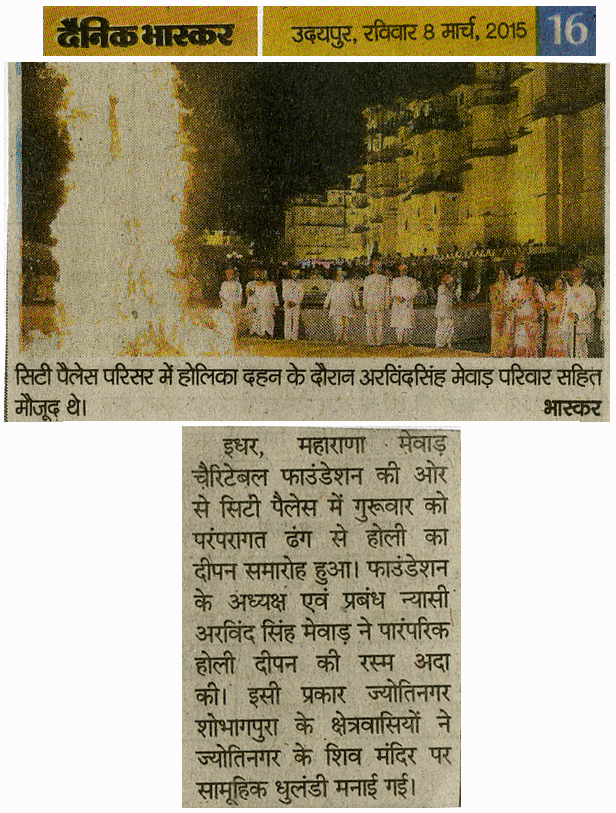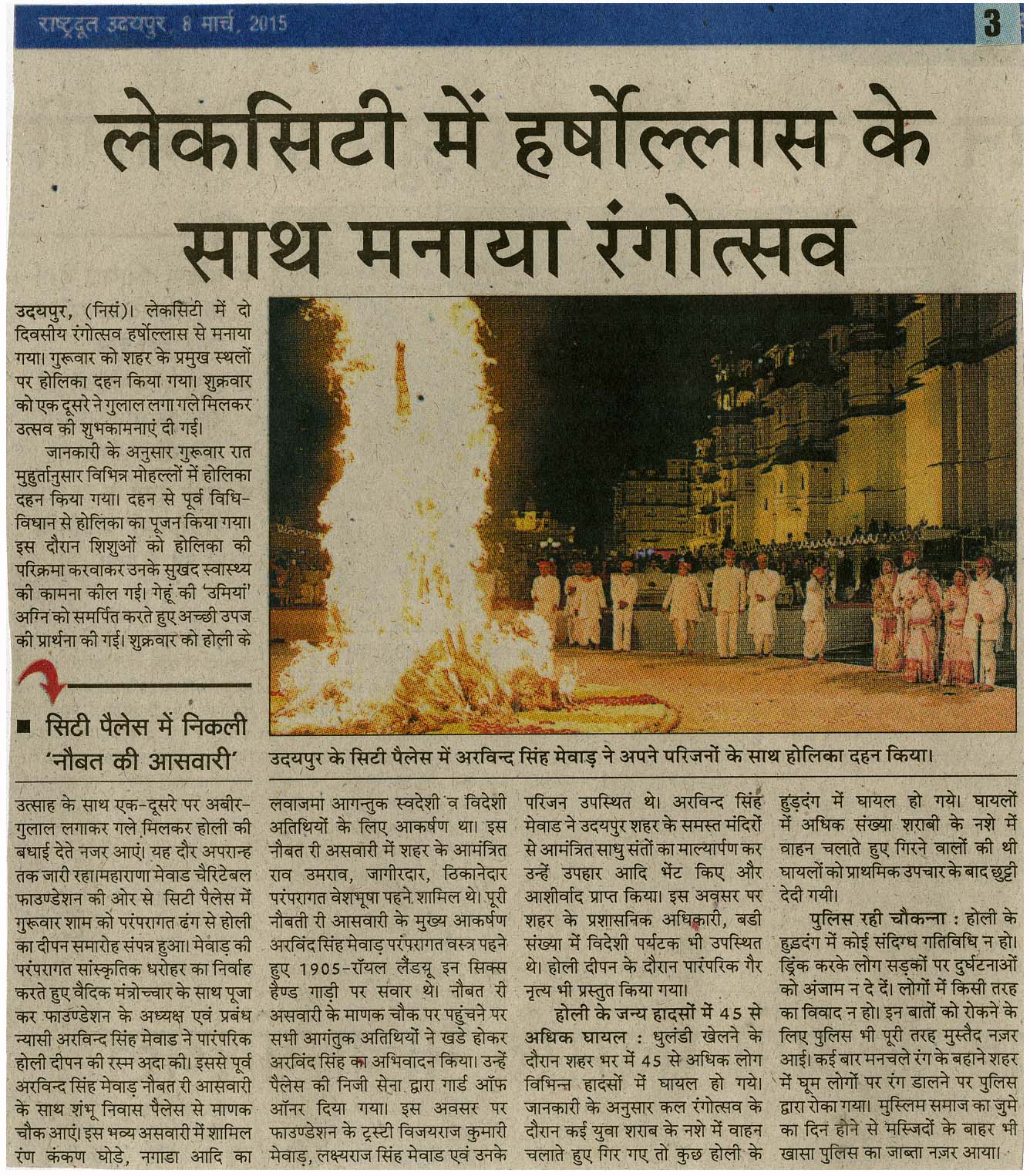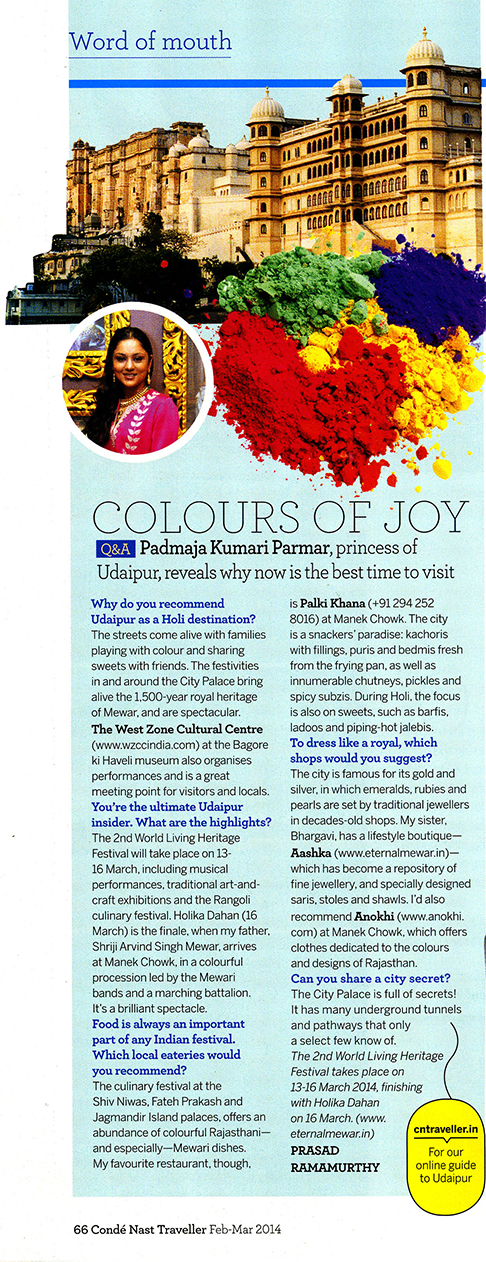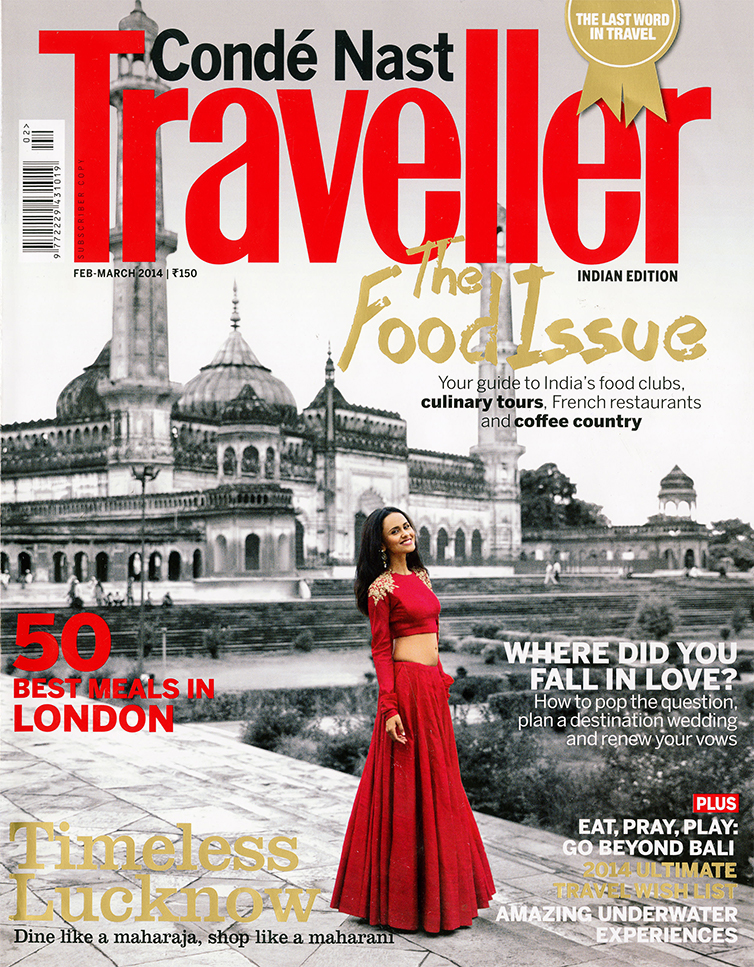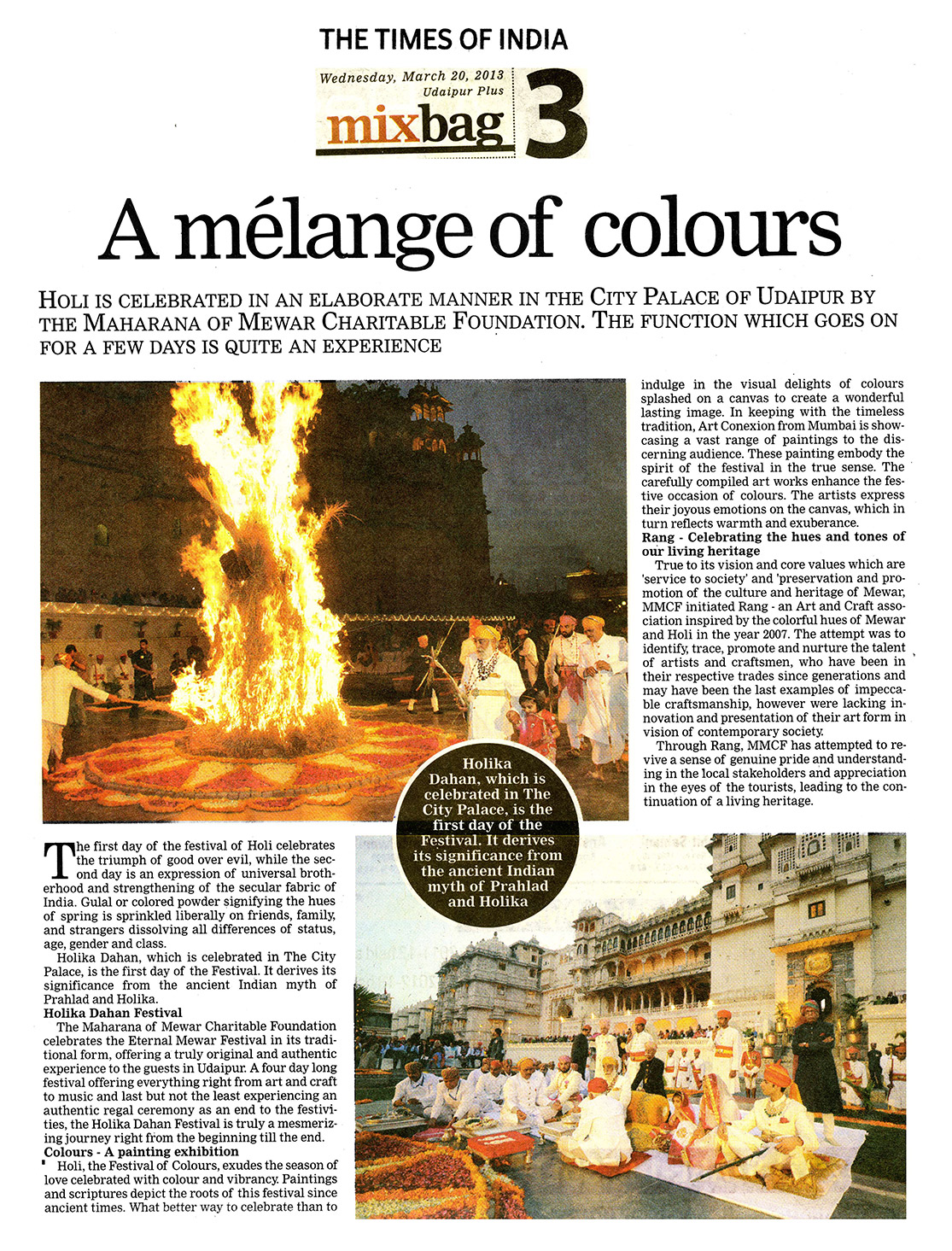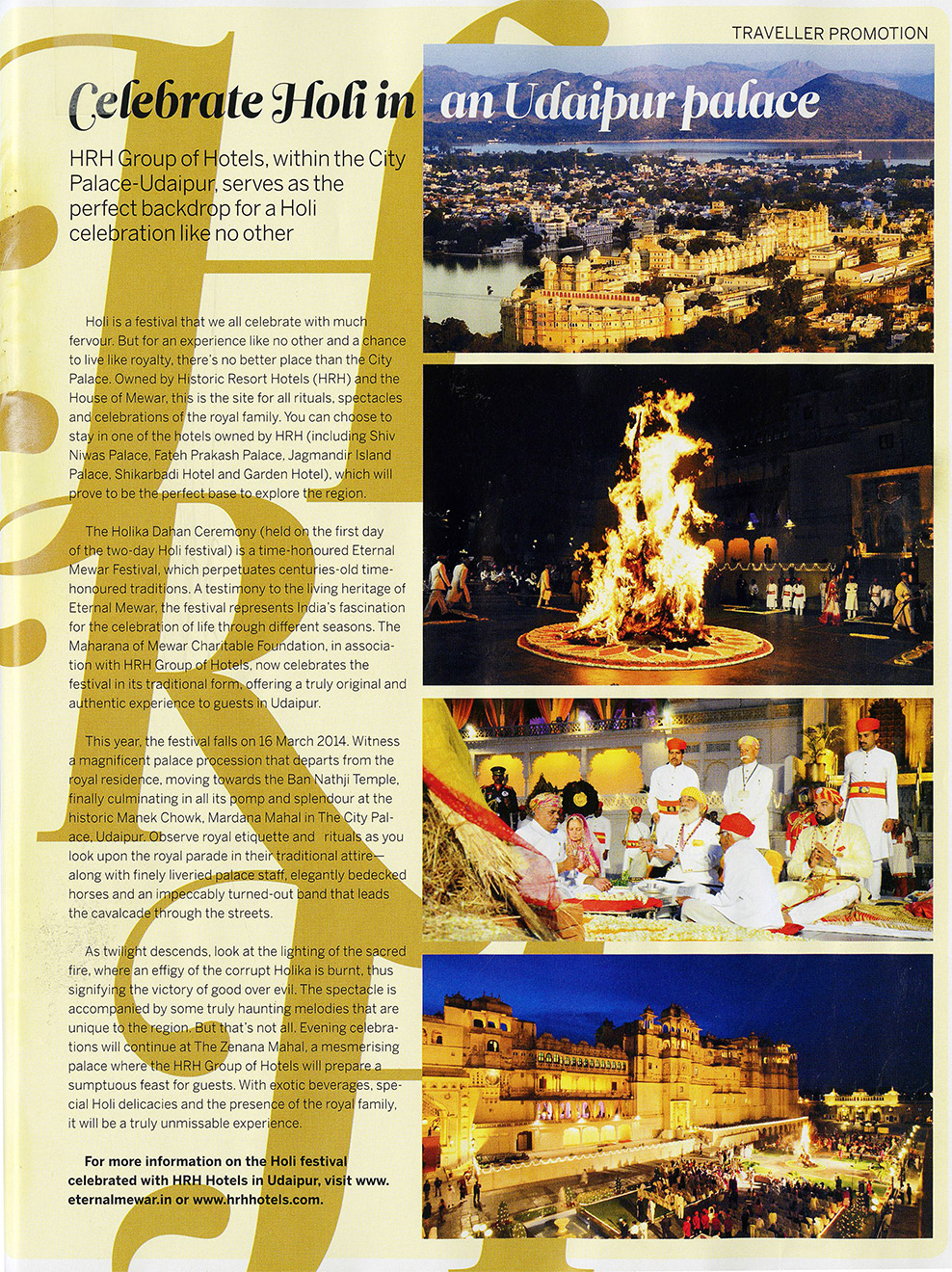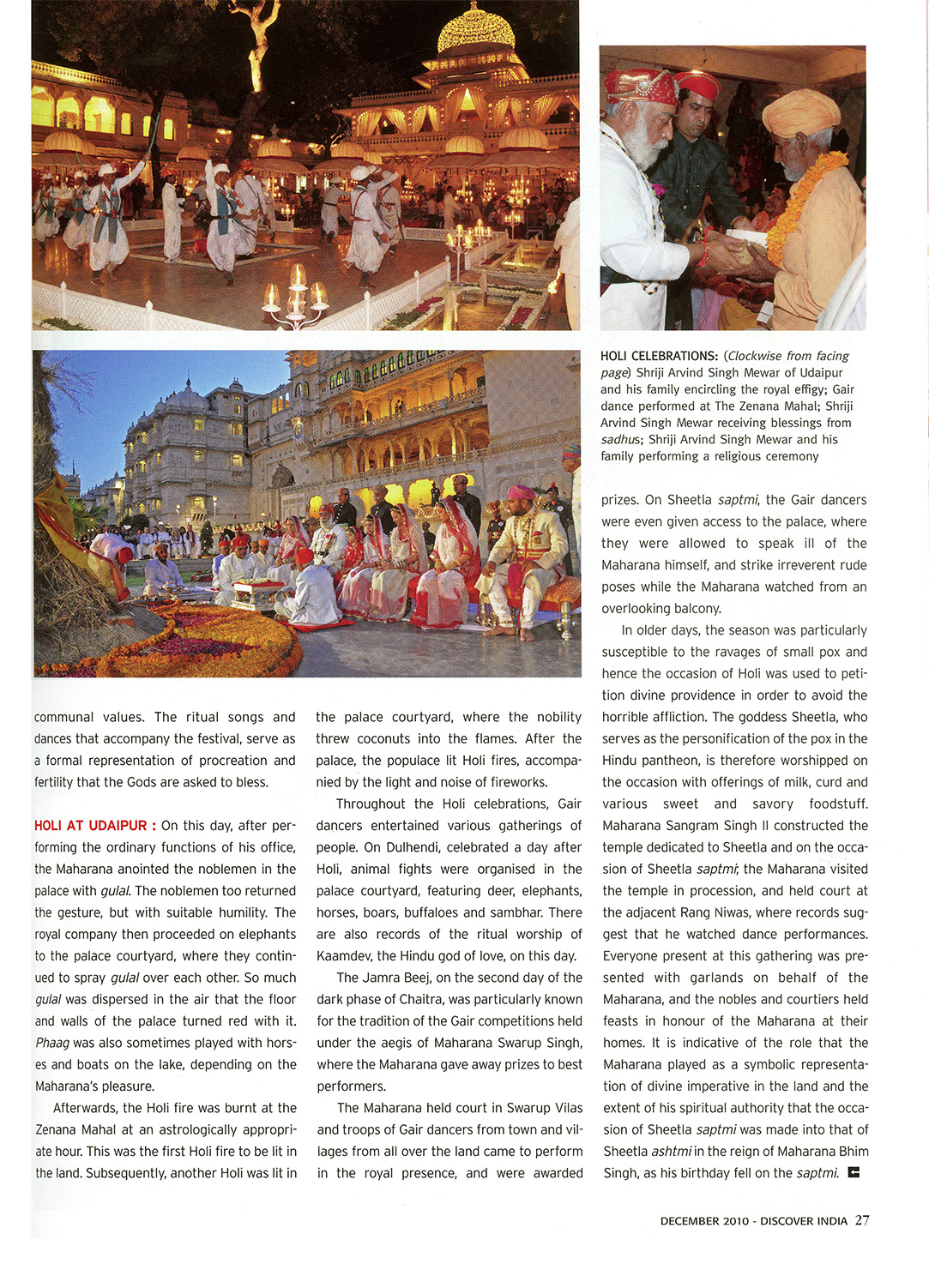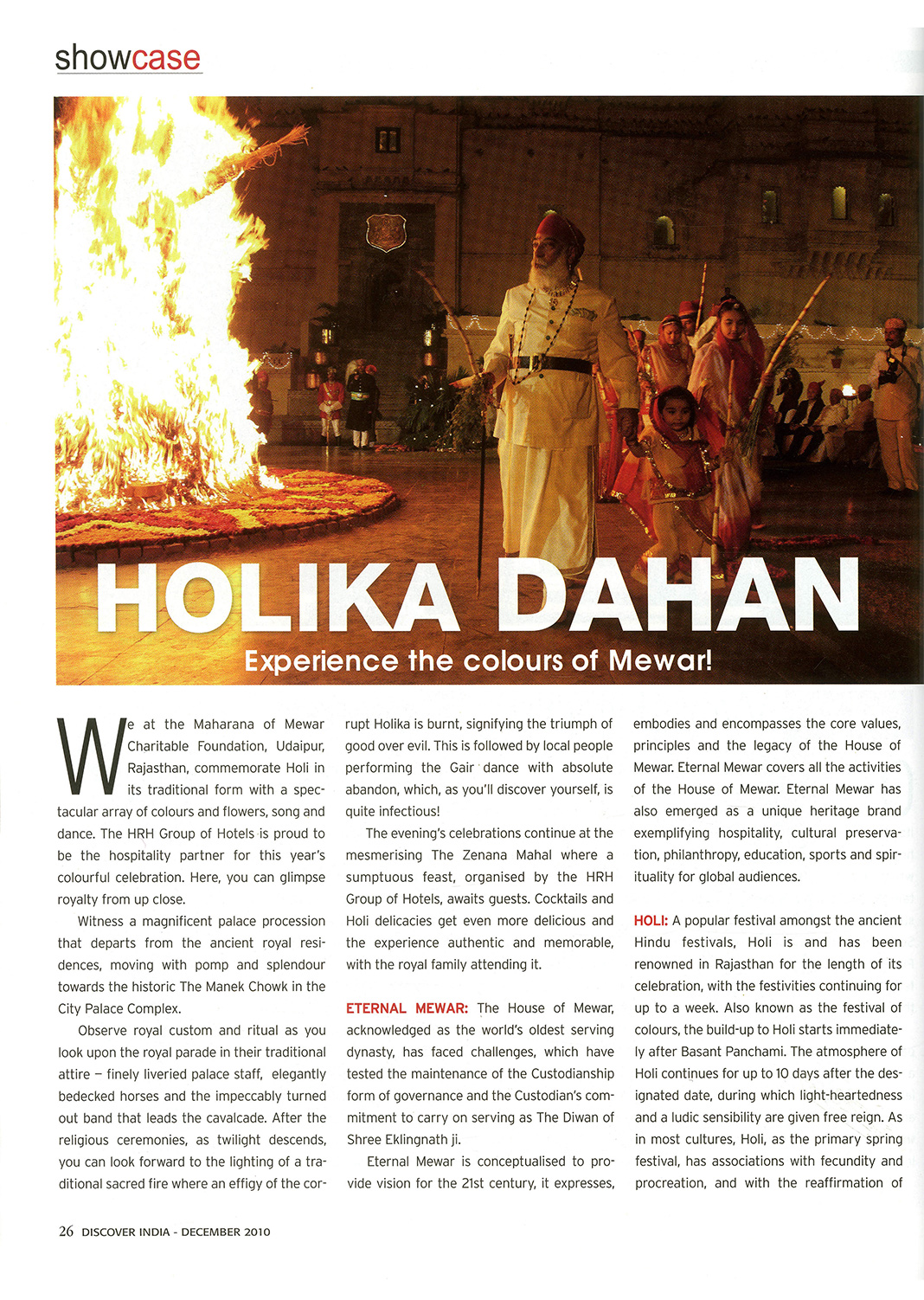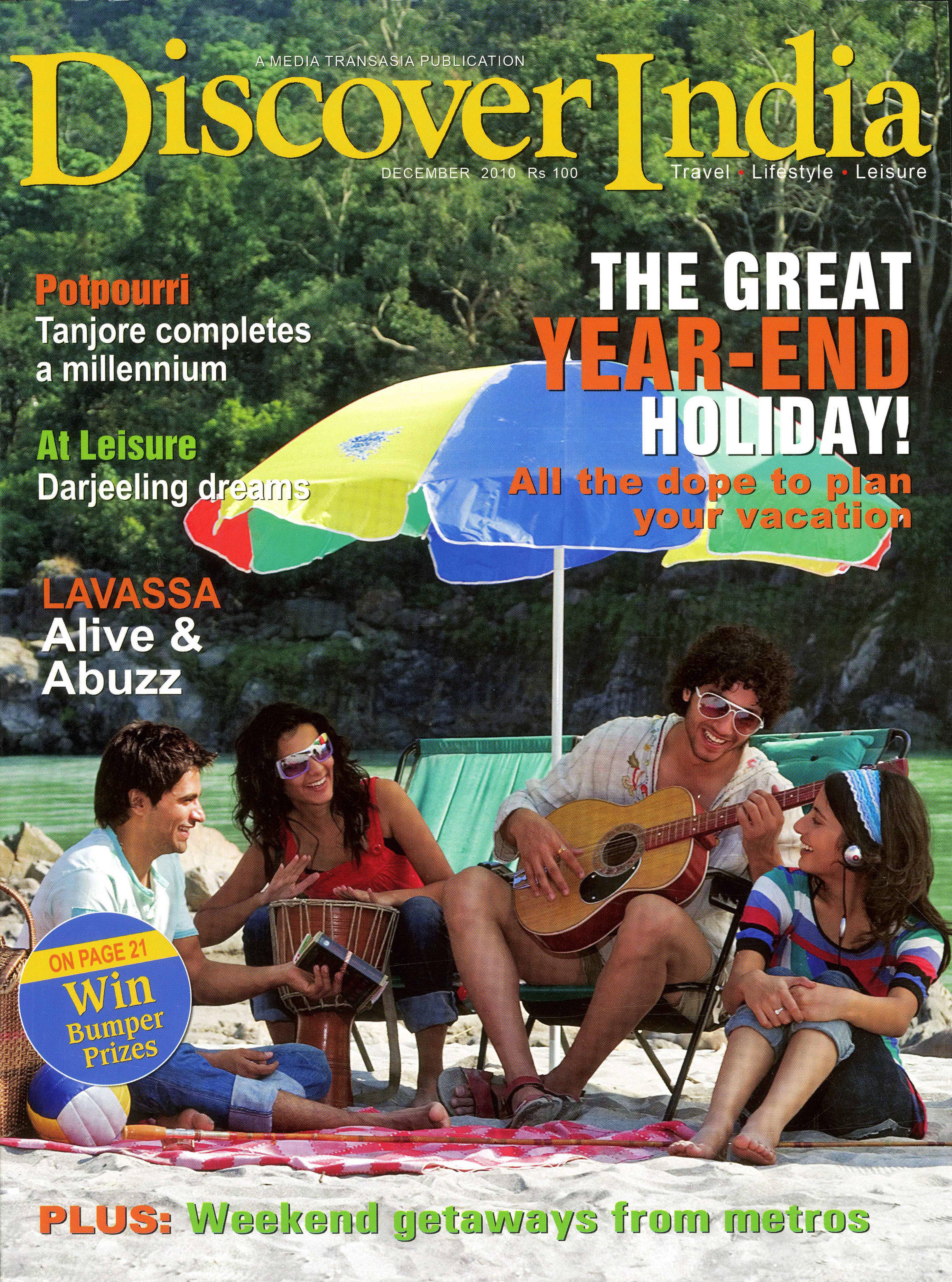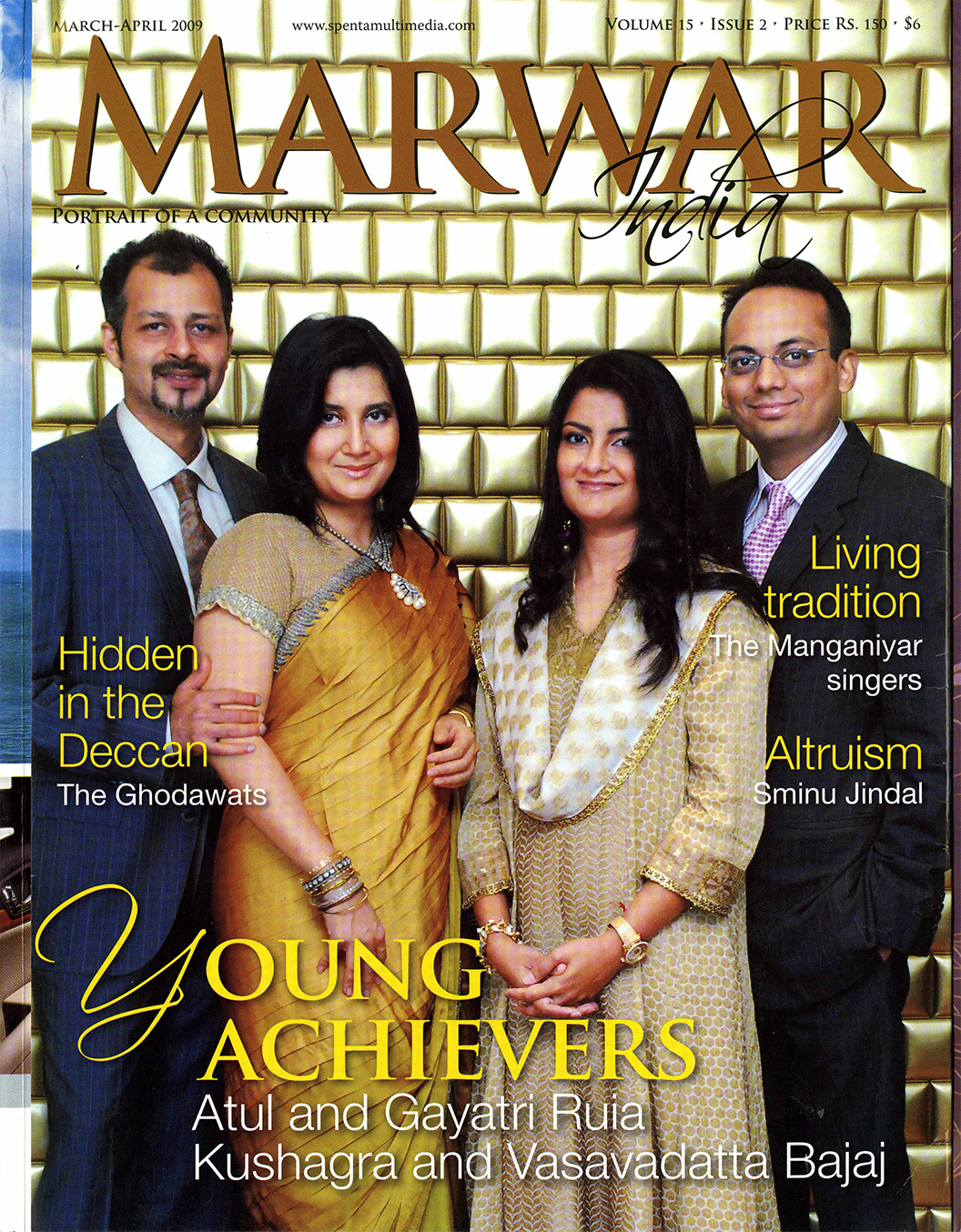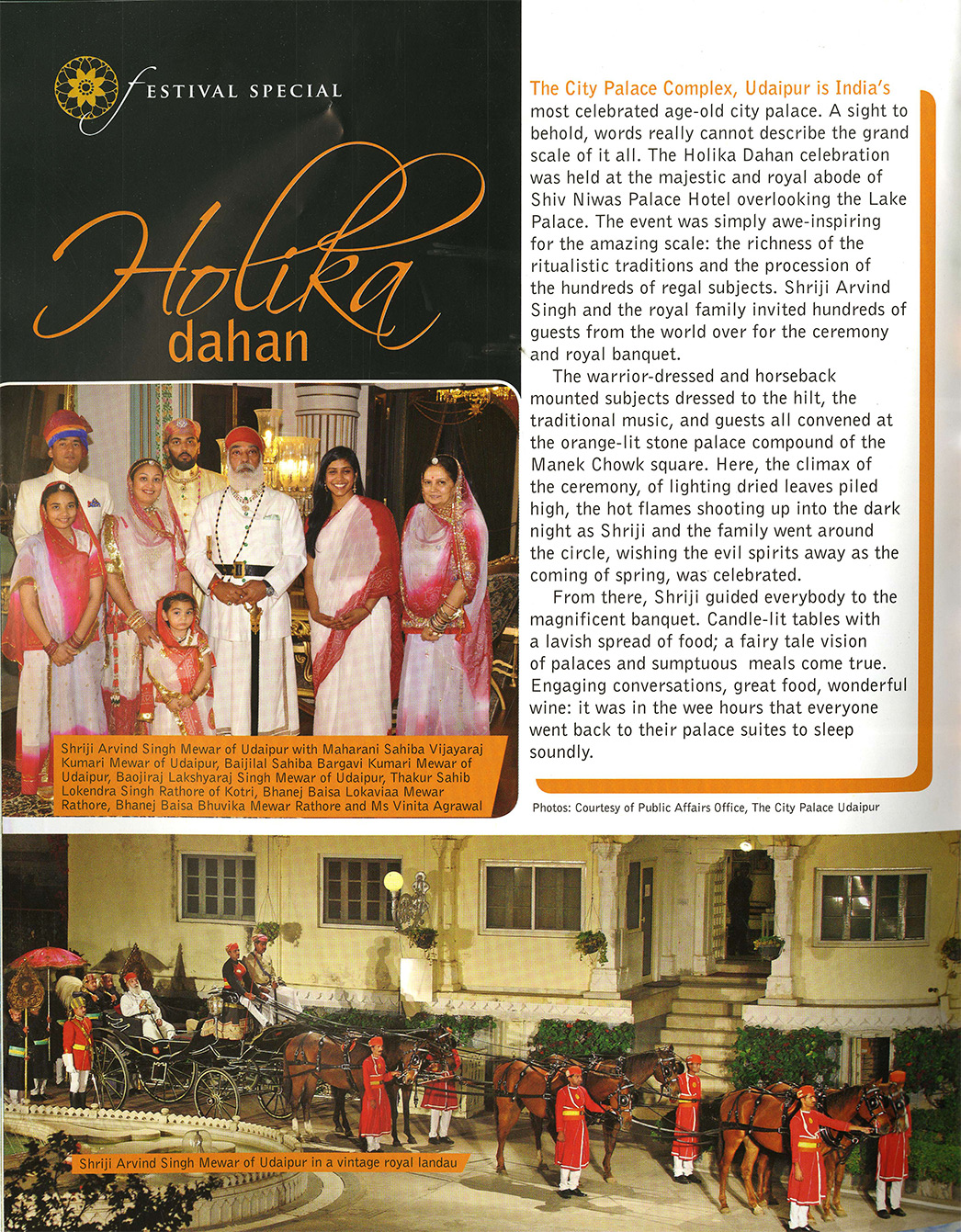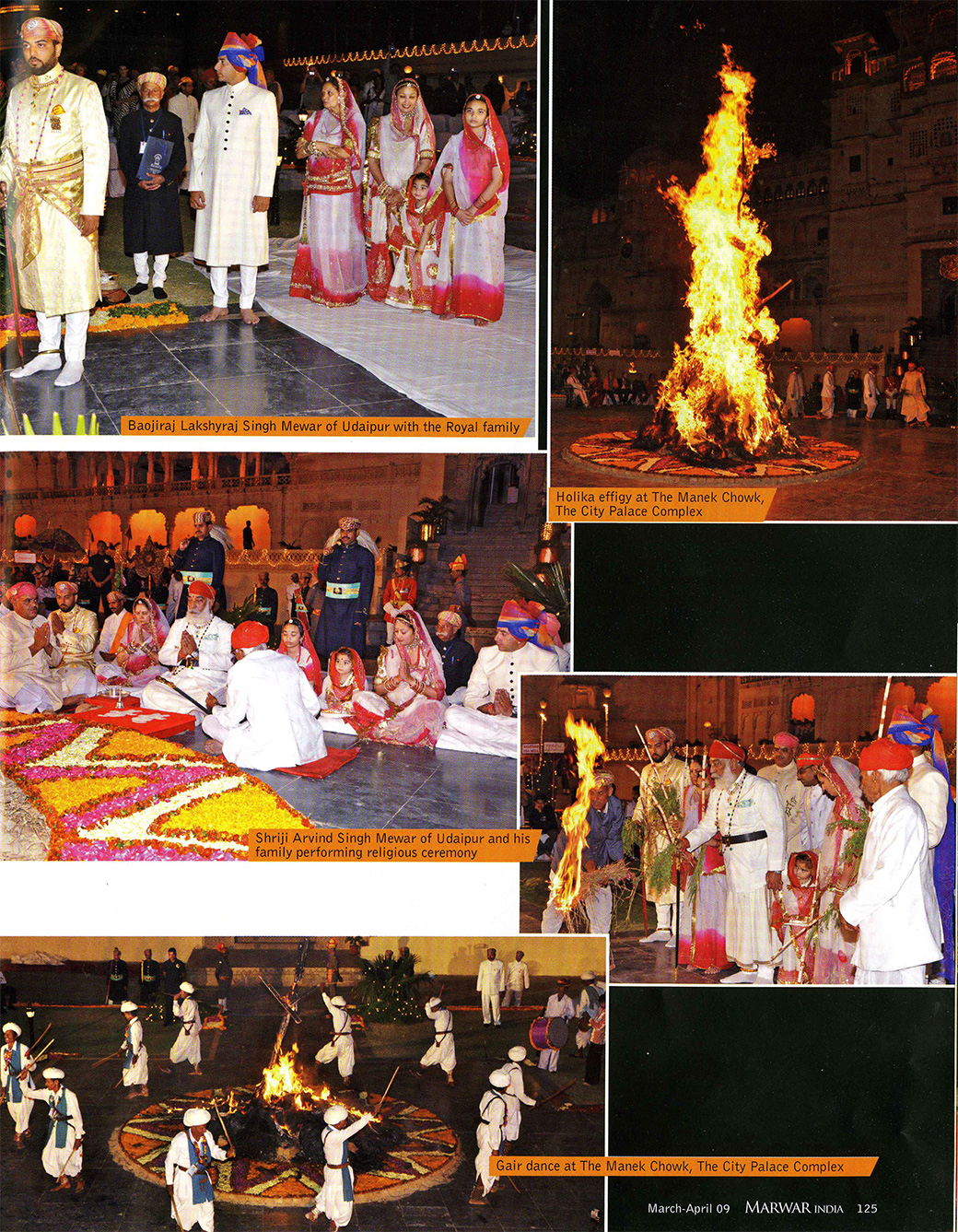
Holika Dahan
-
HOLIKA DAHAN
Holika Dahan is the first day of the popular Indian festival of colours called Holi. On this day a pious fire is lit on the full moon night of Phalguna (one of the 12 months of the Hindu calendar). According to Hindu mythology, it demonstrates the triumph of divine power over demonic strength.
The Holika Dahan Ceremony held at The City Palace, Udaipur, witnesses a magnificent palace procession, observe royal etiquette and ritual as you look upon the royal parade in their traditional attire-finely liveried palace staff, elegantly bedecked horses and the impeccably turned out band that leads the cavalcade through the Palace from the Royal residence to Manek Chowk. After the religious ceremonies, as twilight descends, You can look forward to the lighting of a traditional sacred fire where an effigy of the fraudulent Holika is burnt.
Venue
The Manek Chowk, The City Palace, Udaipur, Rajasthan, India, 313001
-
Holika Dahan Ceremony
A time-honoured Regal Ceremony
'Holi', one of the most popular of Indian festivals, is celebrated when winter gives way to spring. Holika Dahan is the festival's first day when the pious fire is lit on the full moon night of Phalguna (one of the 12 months of the Hindu calendar). The effigy of 'Holika' is then lit after ritual prayer followed by local people doing the 'Gair', a traditional folk dance performed specially on the occasion.
-
What Guests say
We are Lucas and Lisa from Austria and the first time in and first time in this event. Really enjoyed the experience really some new stuff and all over a great experience in India and to be on this Holi Festival Event.Lucas and Lisa from Austria
What Guests say
Hi, we priety and Alisa we are from Germany, Munich and we came here to Udaipur to join in the Holi celebration with royal family and it’s been absolutely stunning, it was so great to see that the family is preserving all the tradition and the celebrating them and allowing all us tourist to join in and sitting above them and watching them and their family circle. Getting blessing for the new granddaughter and it has been absolutely amazing and we are so glad that we are here for experiencing this. THANK YOUPriety and Alisa from Germany
WHAT GUESTS SAY
My name is James and this is my daughter Alison this is our first visit to this festival and it is absolutely marvelous and we have enjoyed ourselves immensely, the pageantry is wonderful. The setting is absolutely beautiful as well and everyone is been very welcoming and it has been a great first experience to understand what the festival is all about. Thank you very much for a Pleasant evening. HAPPY HOLI!!!James and Alison
Shriji Speakes
Holika Dahan festival is representative of our vision of Eternal Mewar which is facilitating the preservation of the living heritage of Mewar in the twenty-first century
Shriji Arvind Singh Mewar


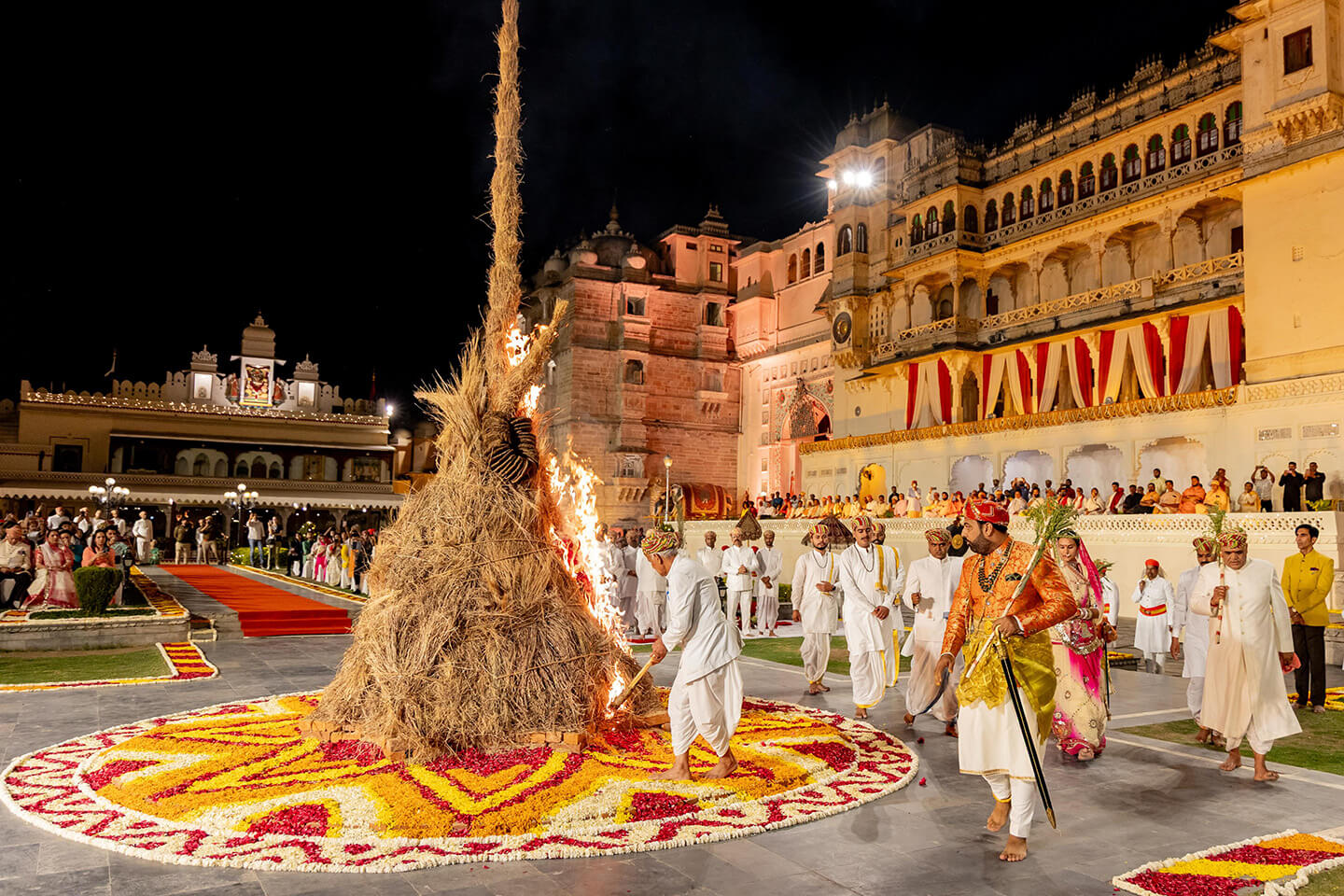
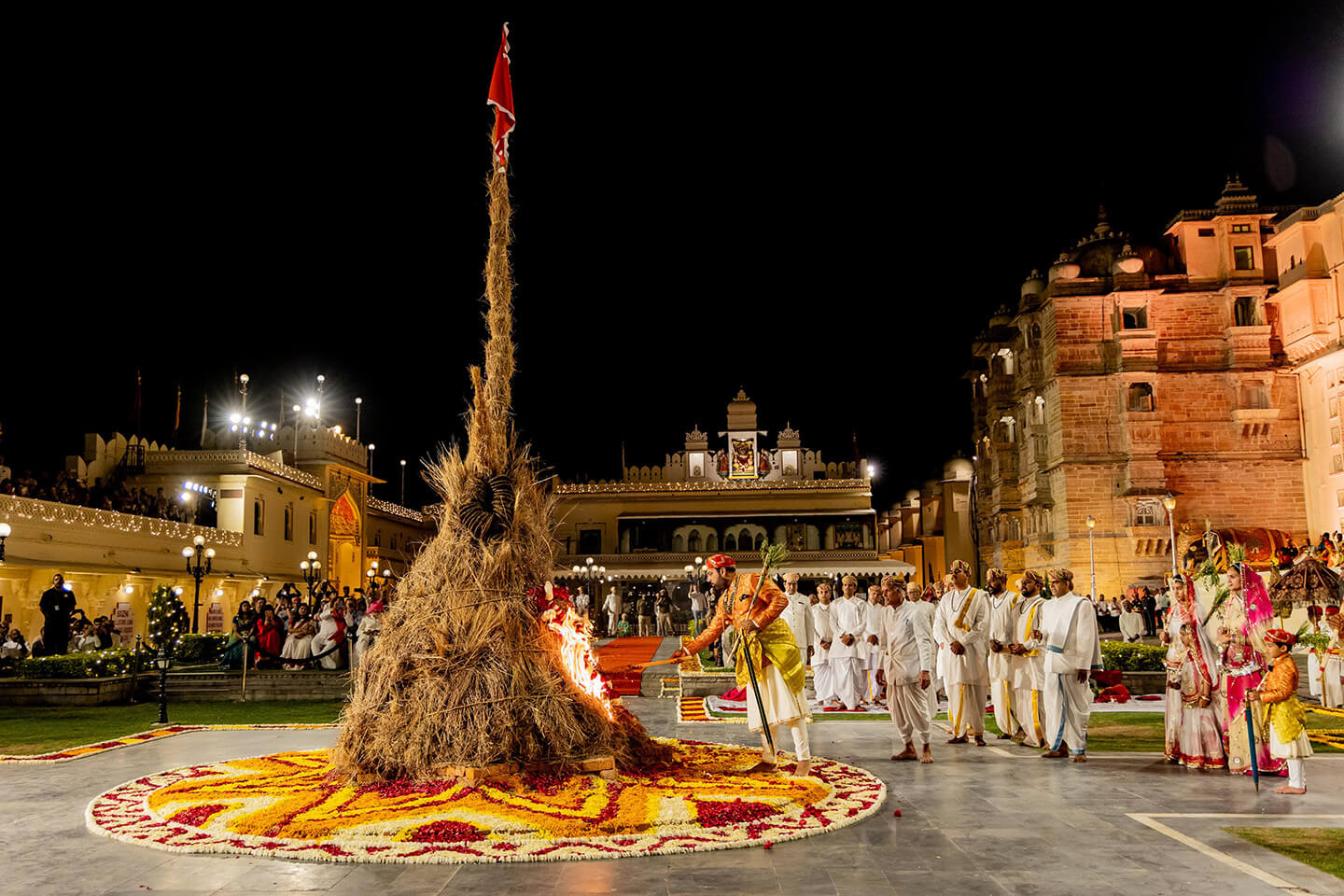
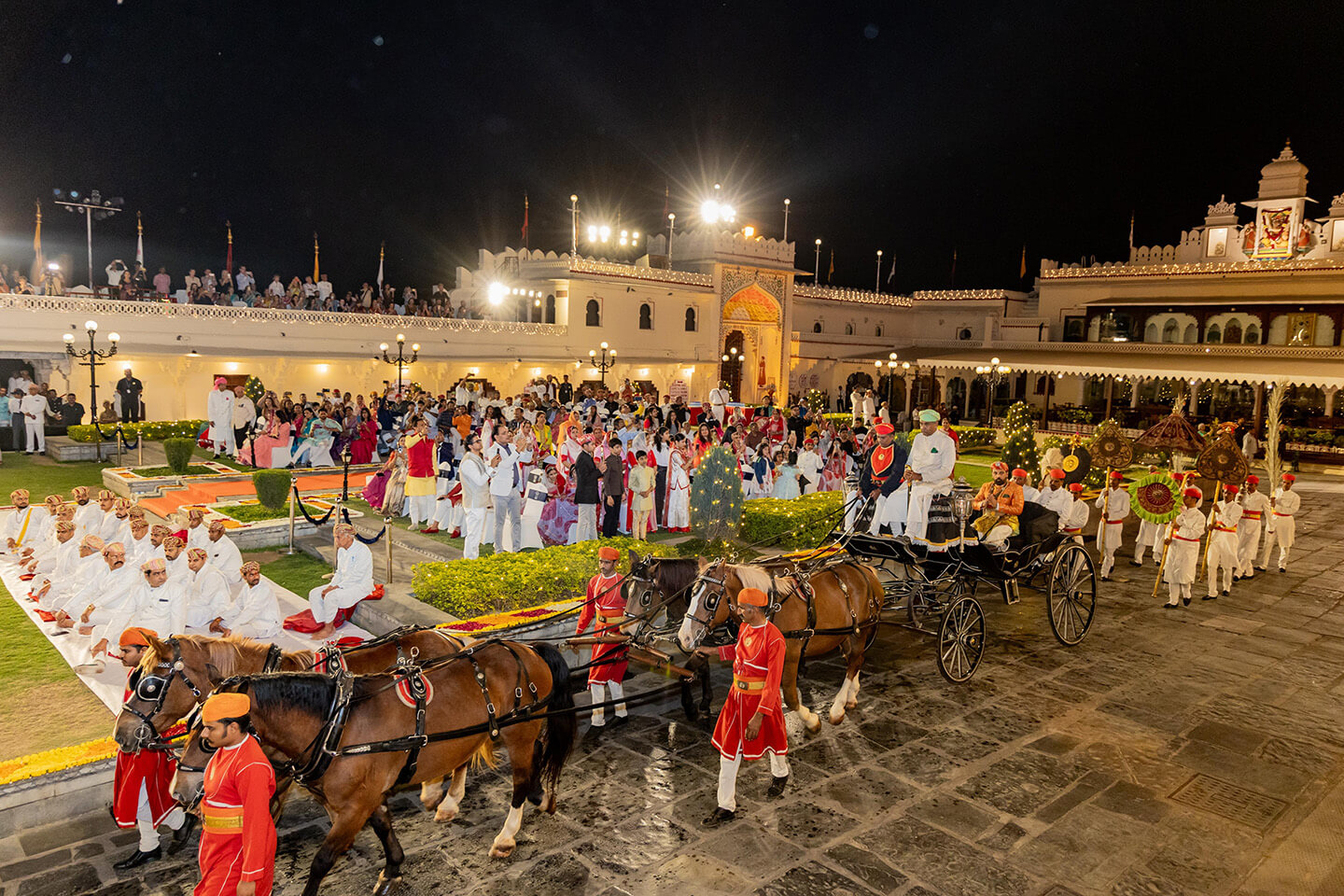
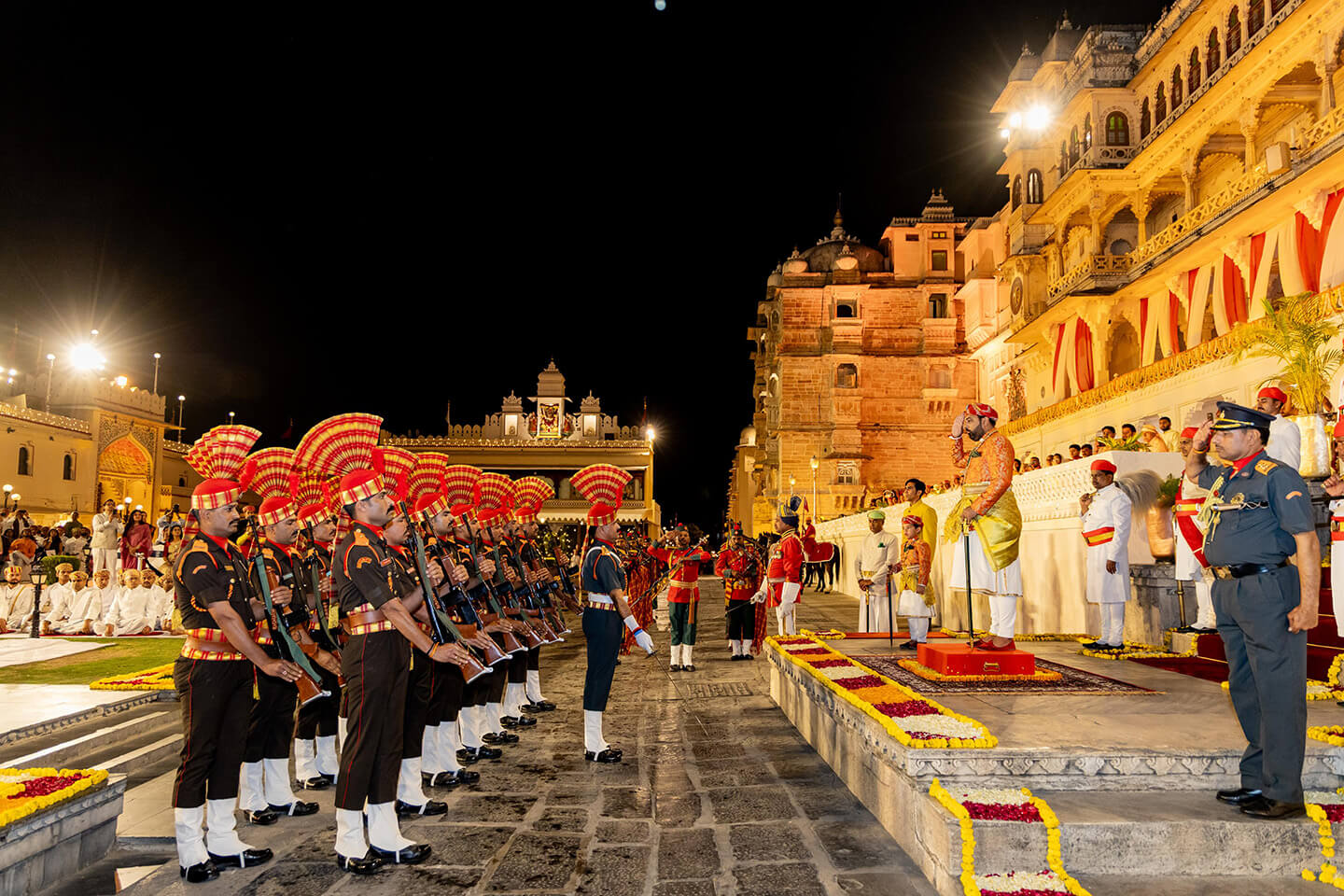
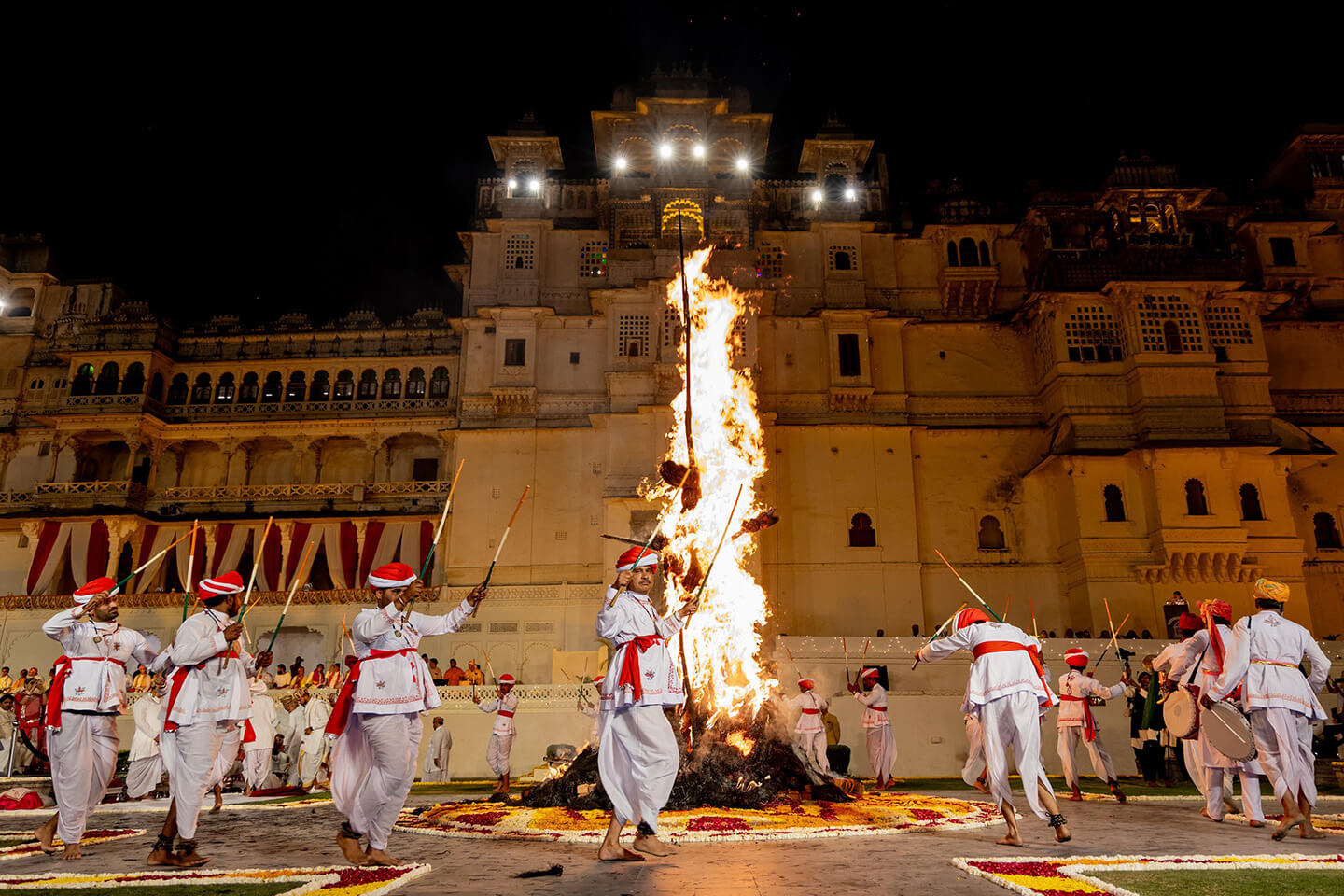
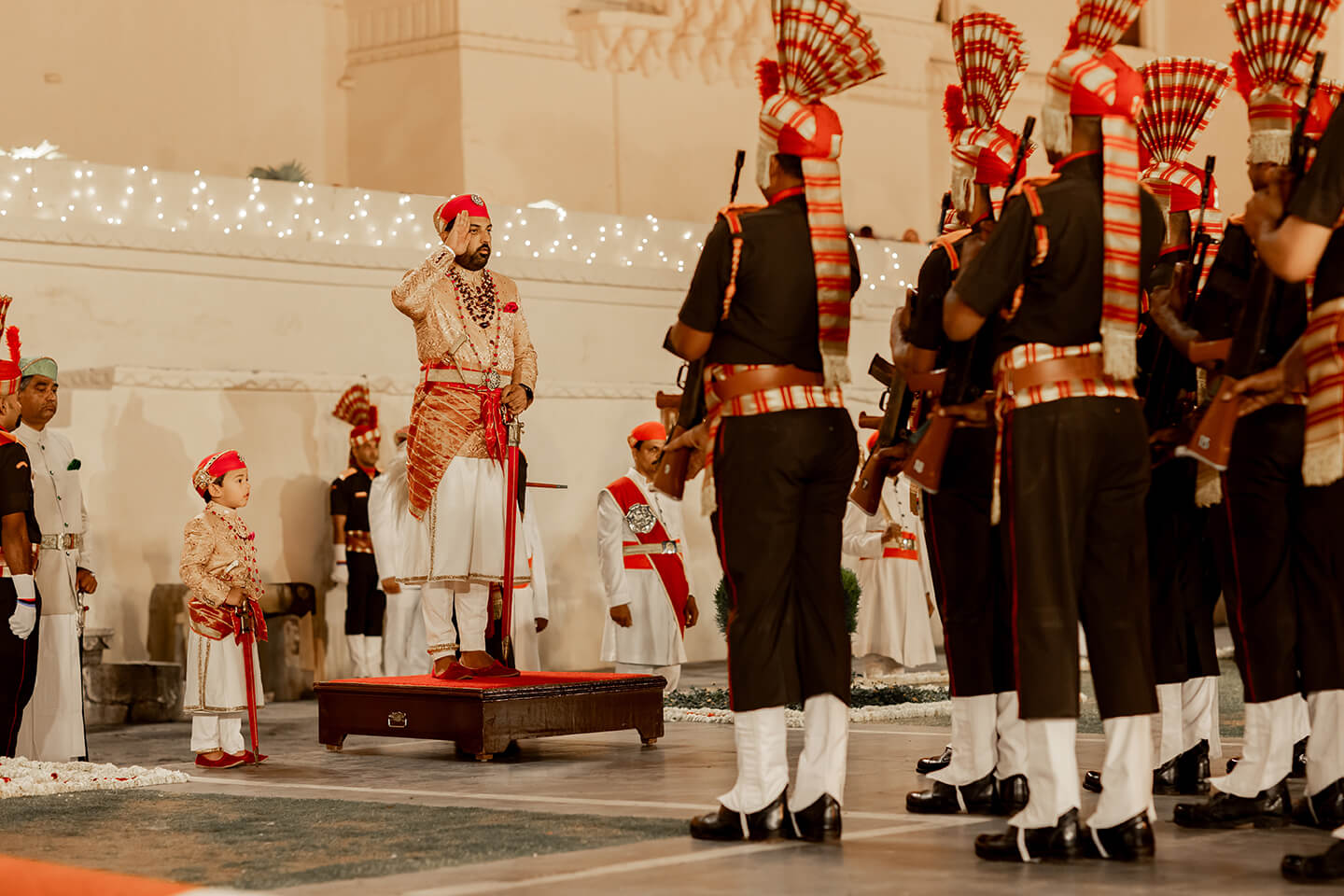
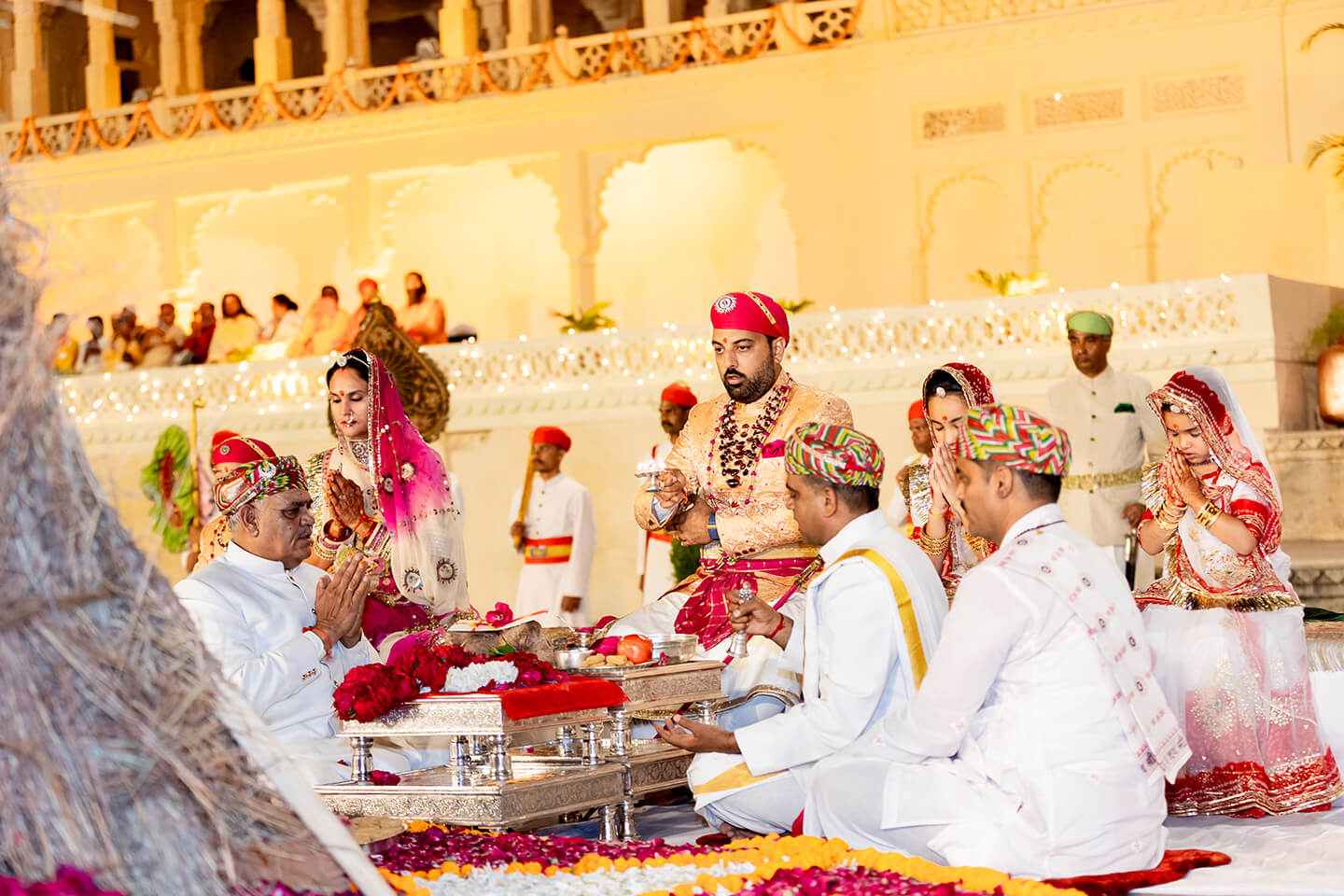
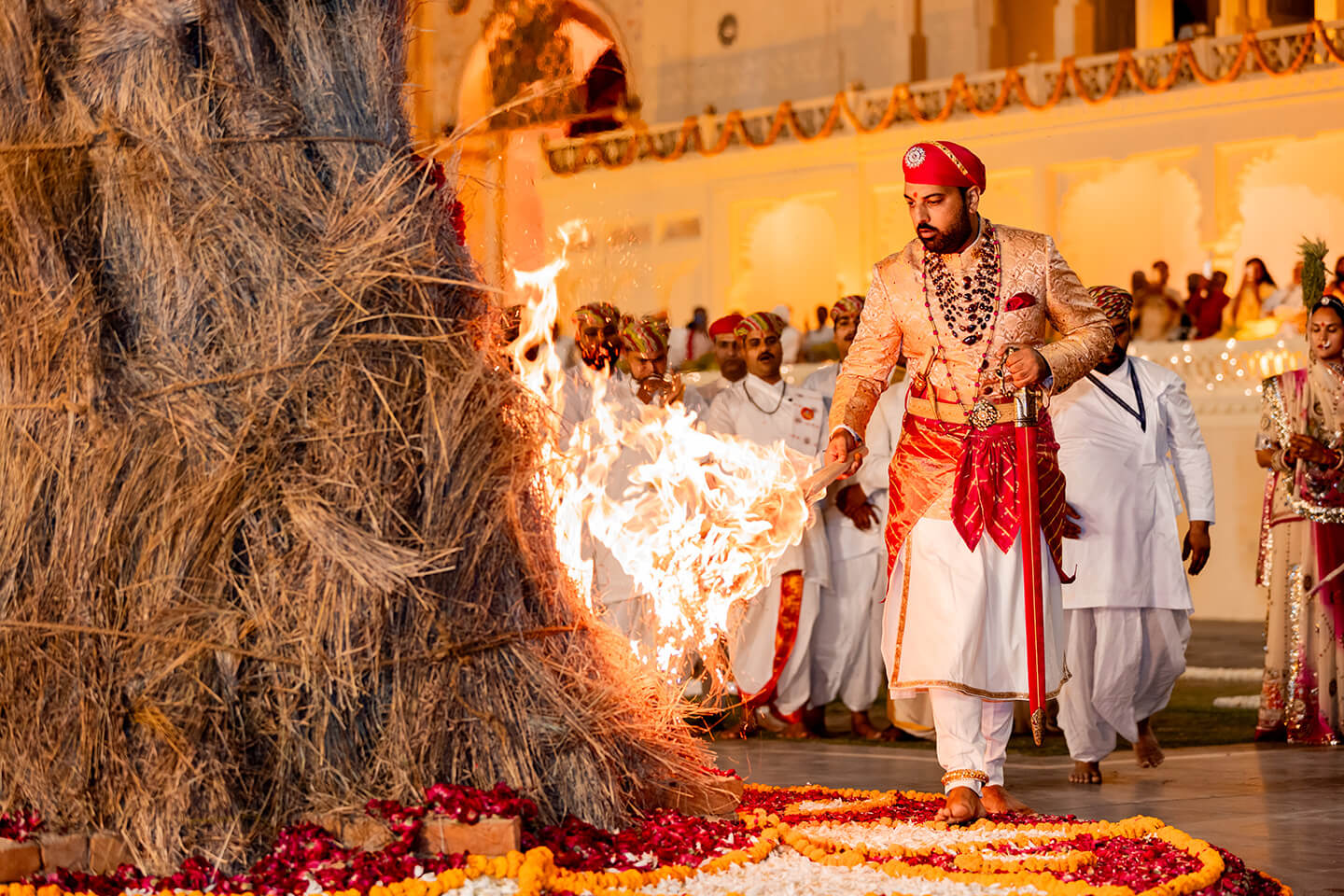
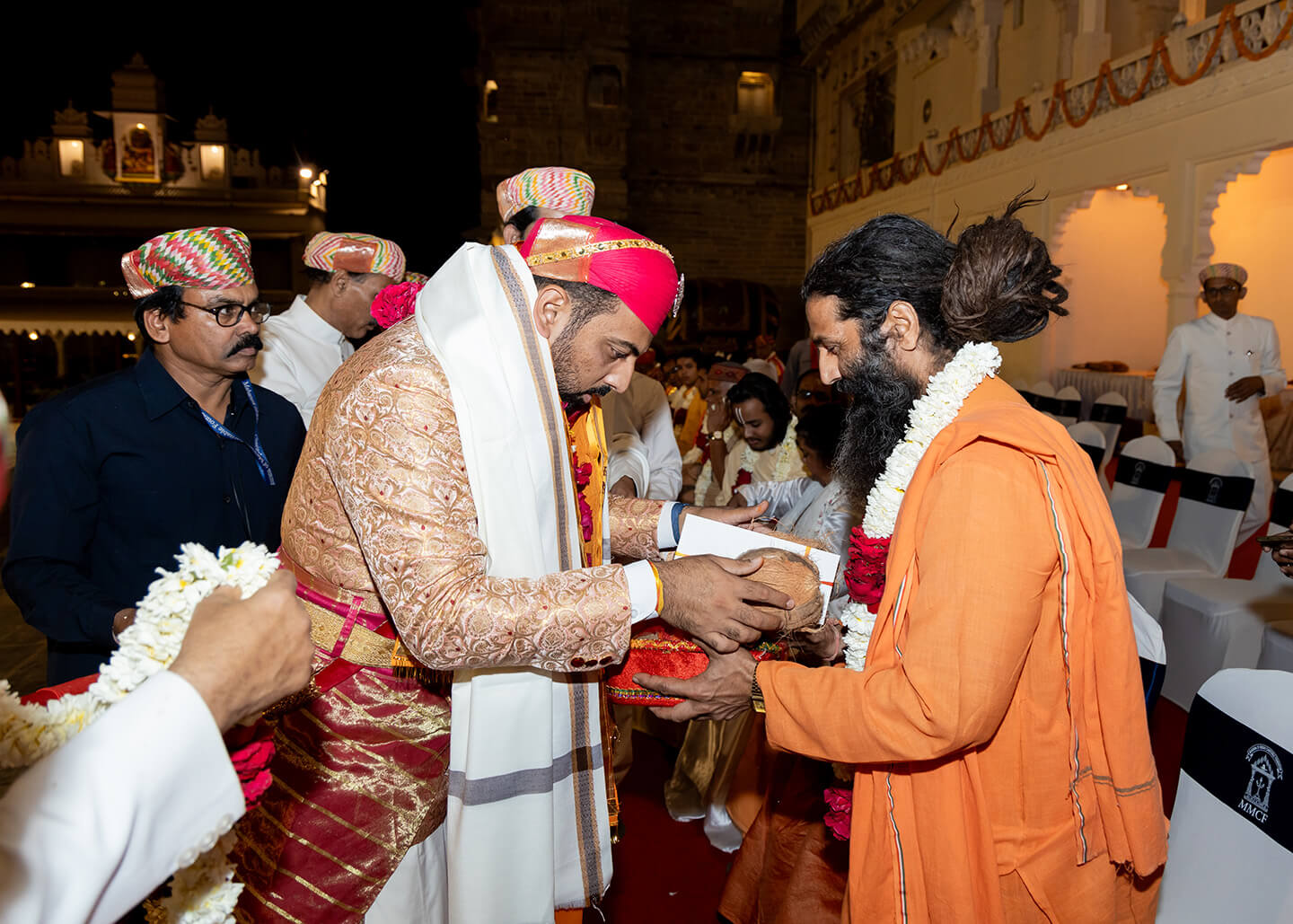
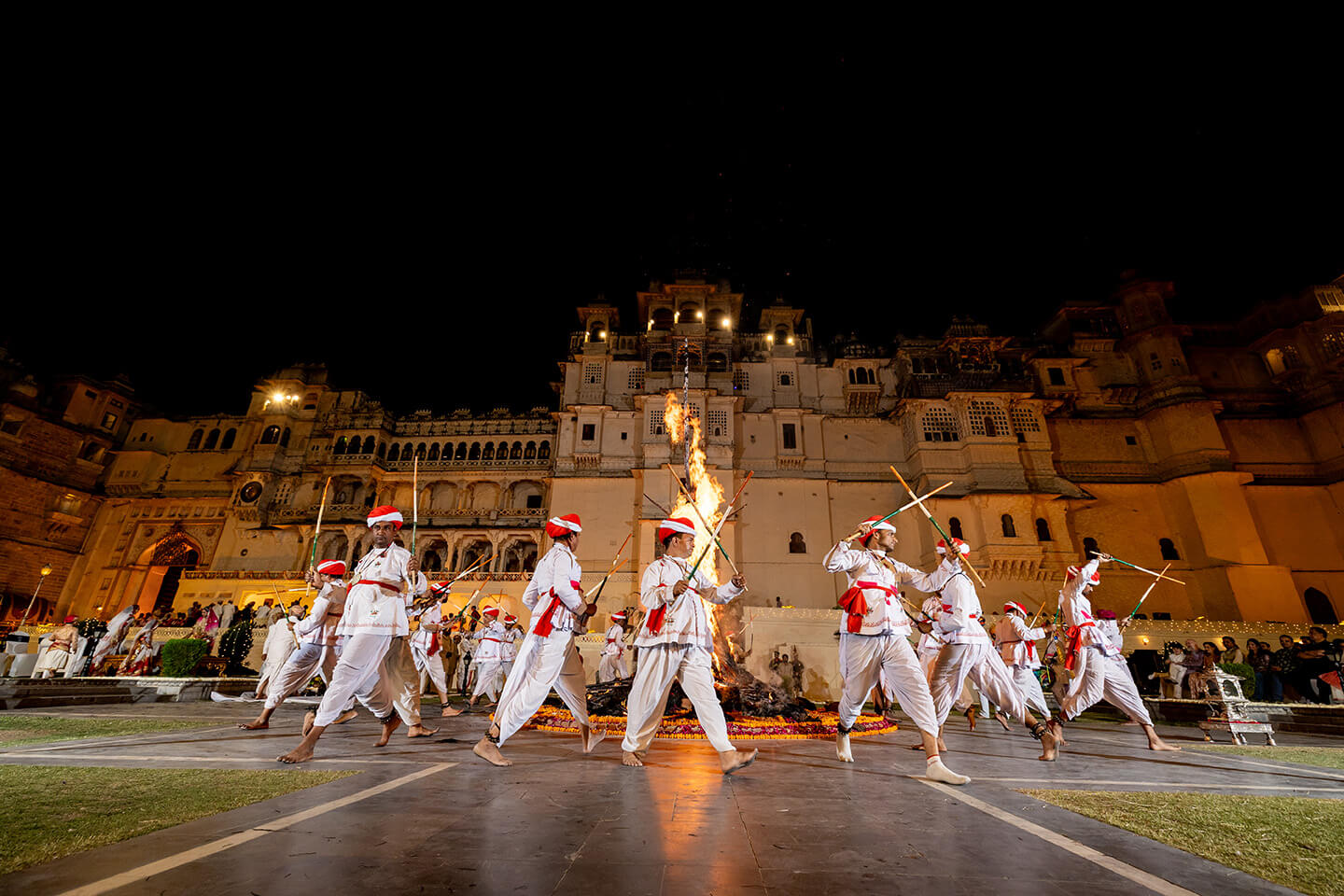
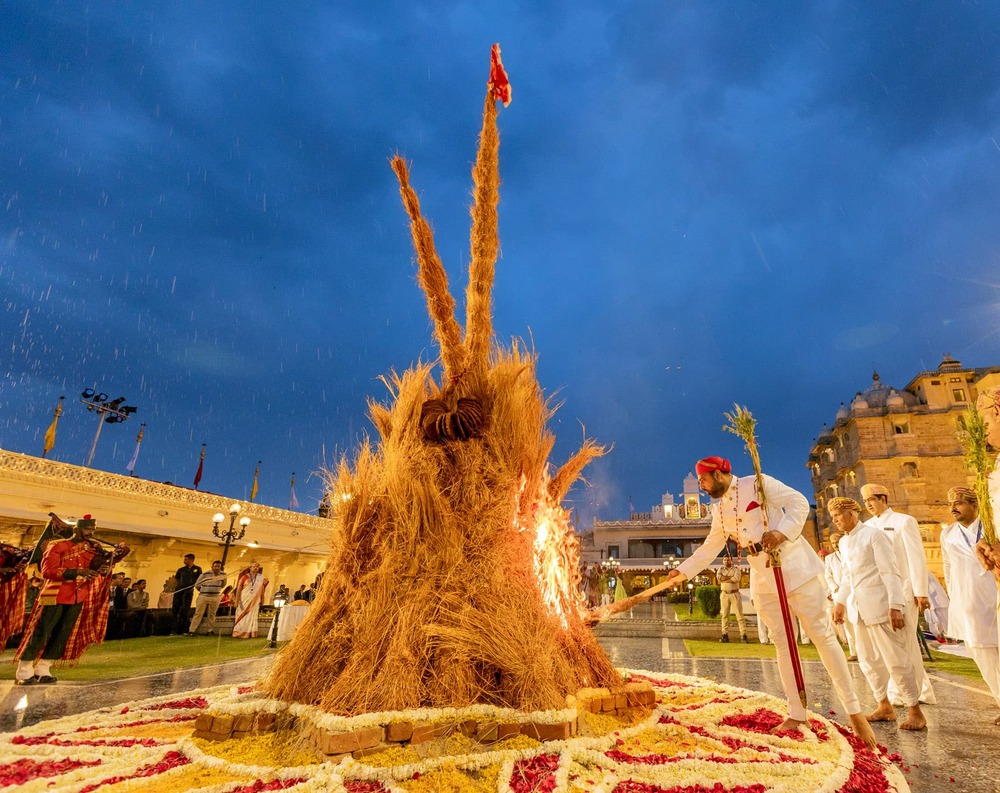
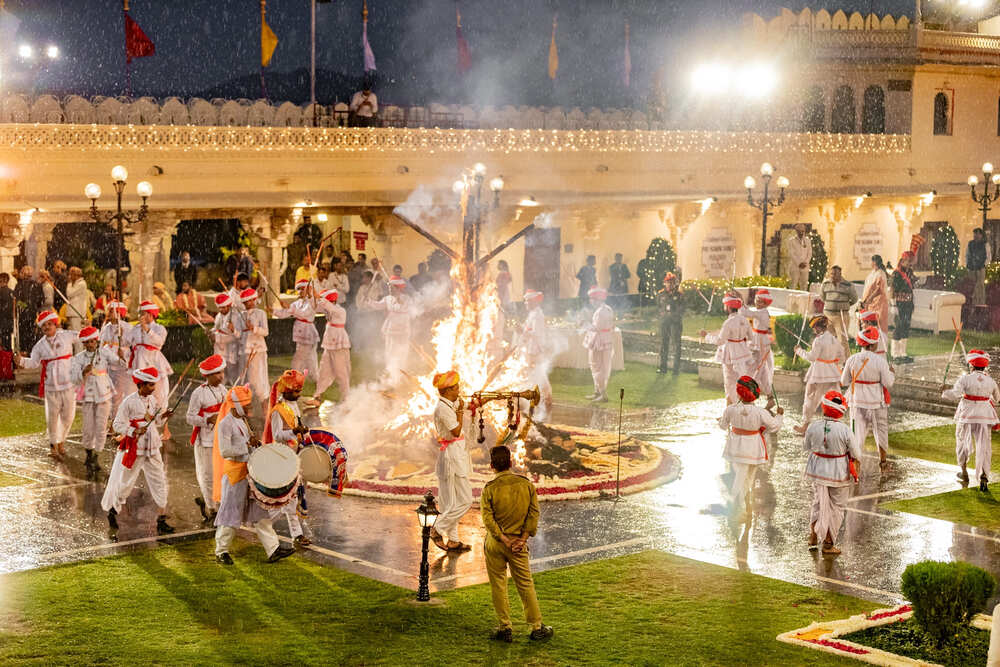
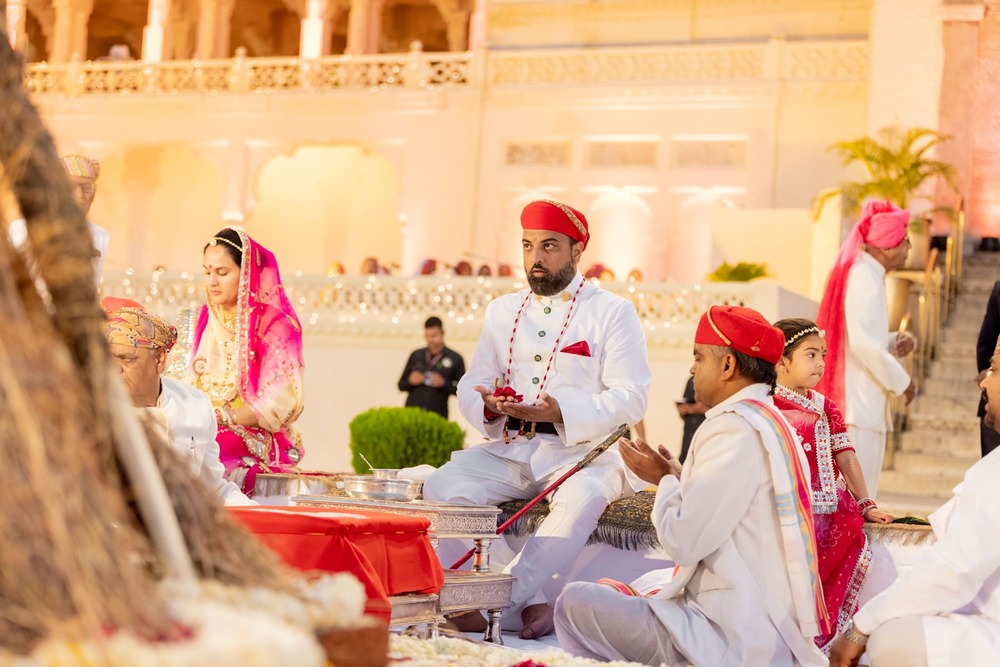
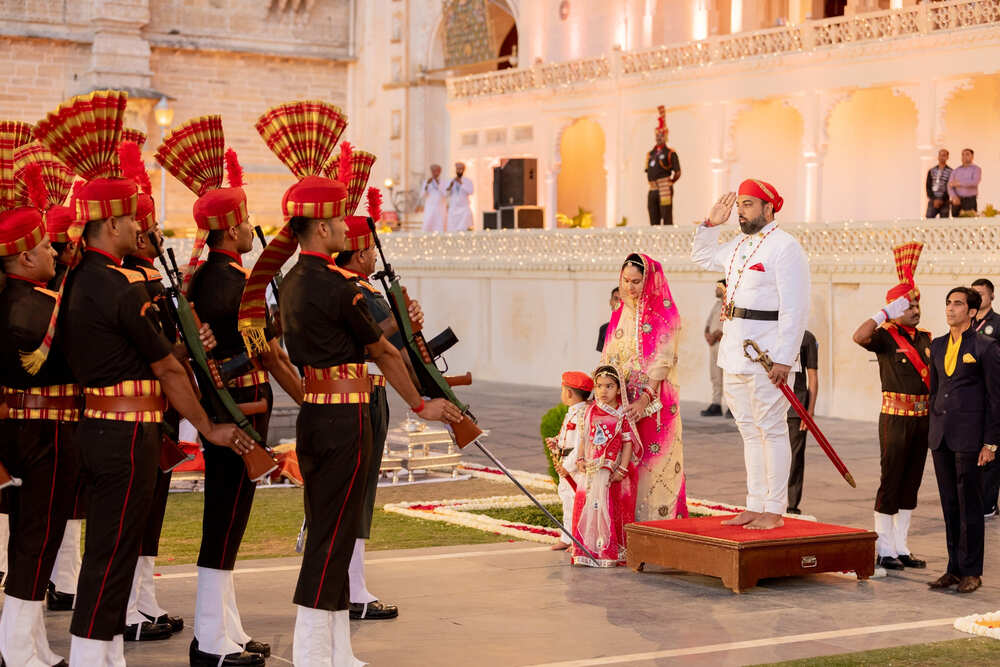
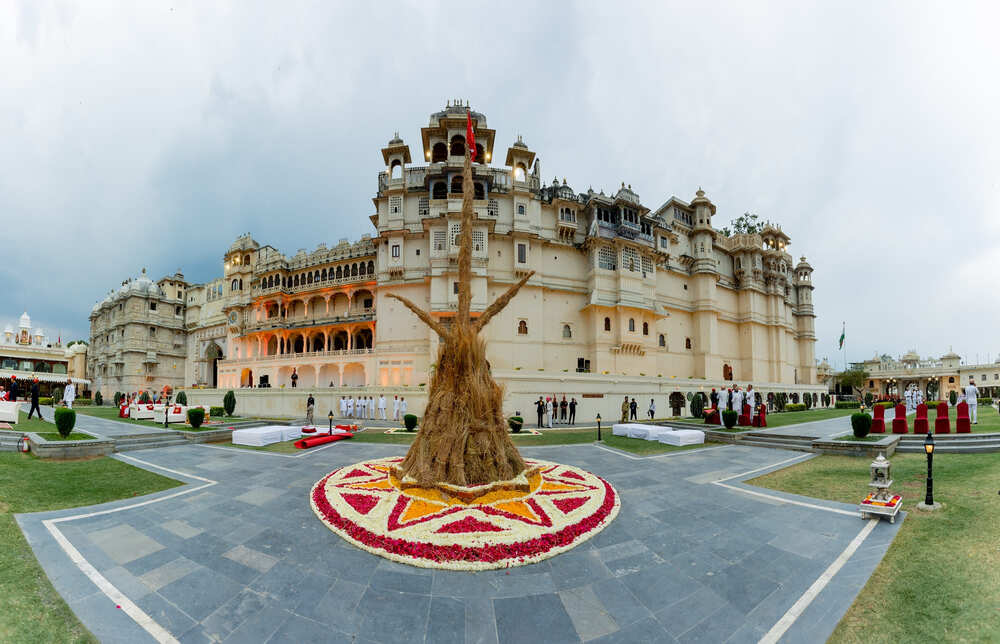
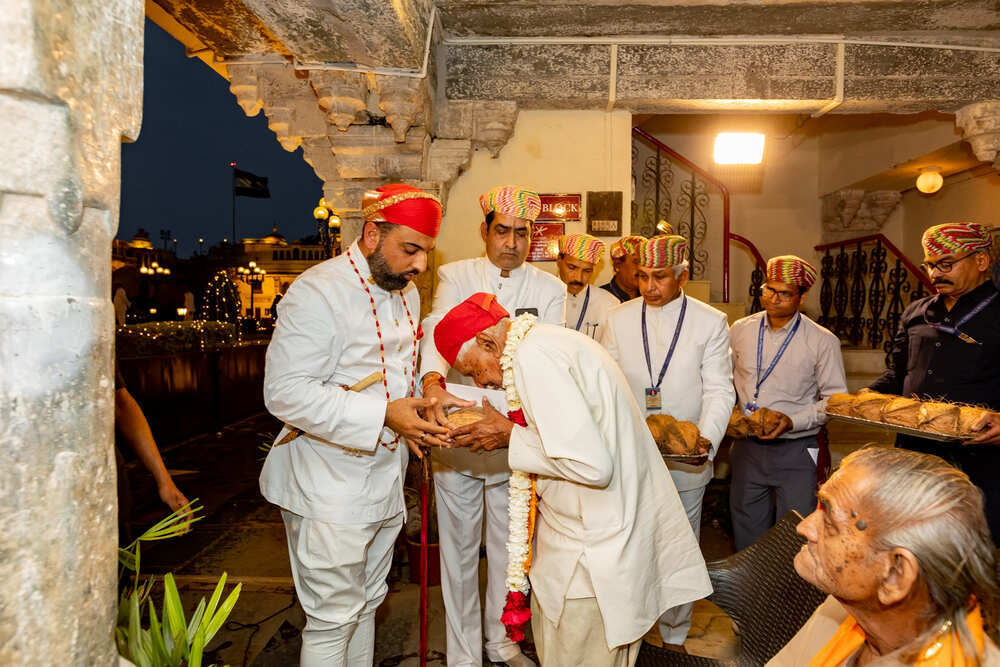
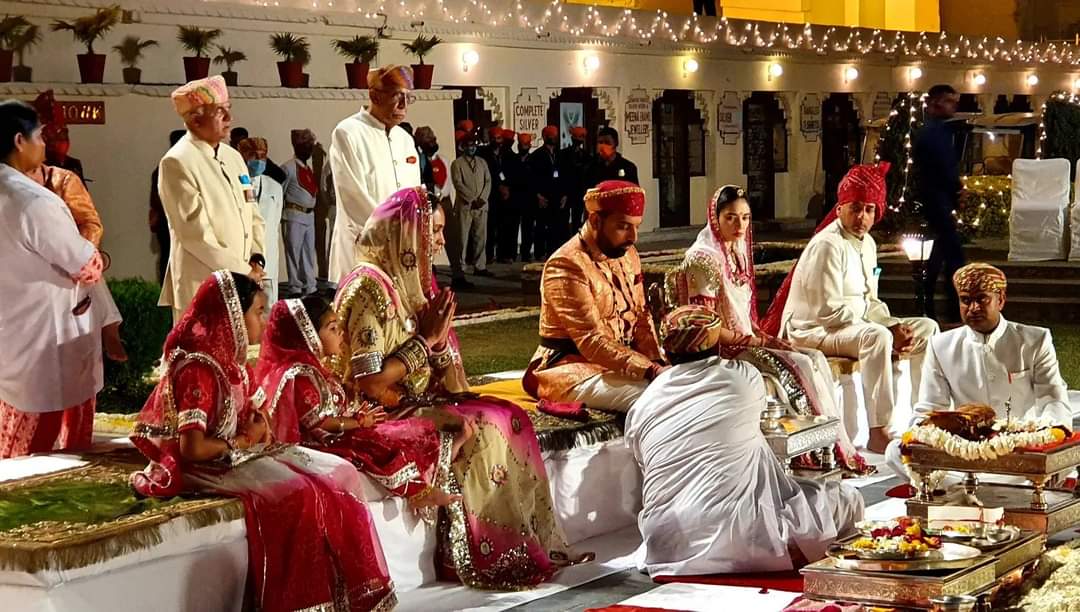
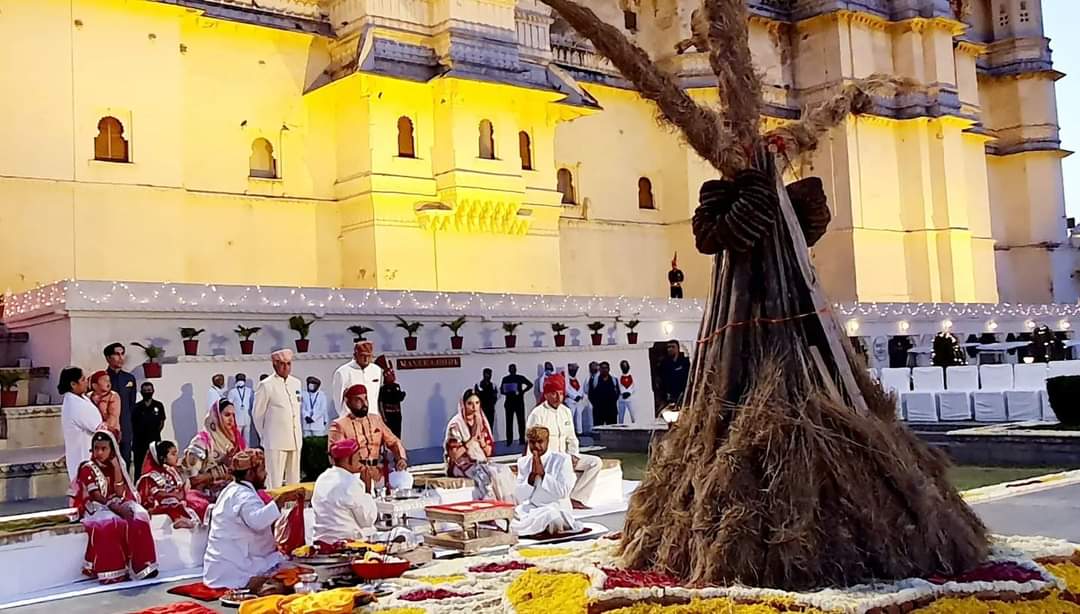
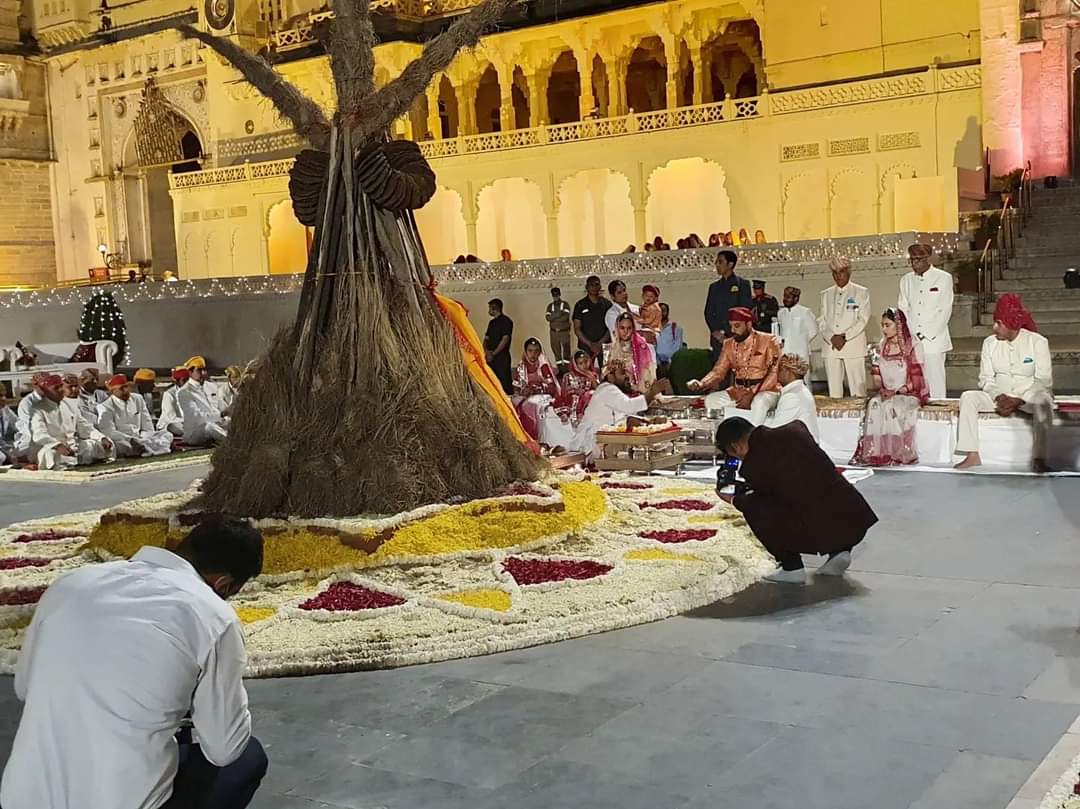


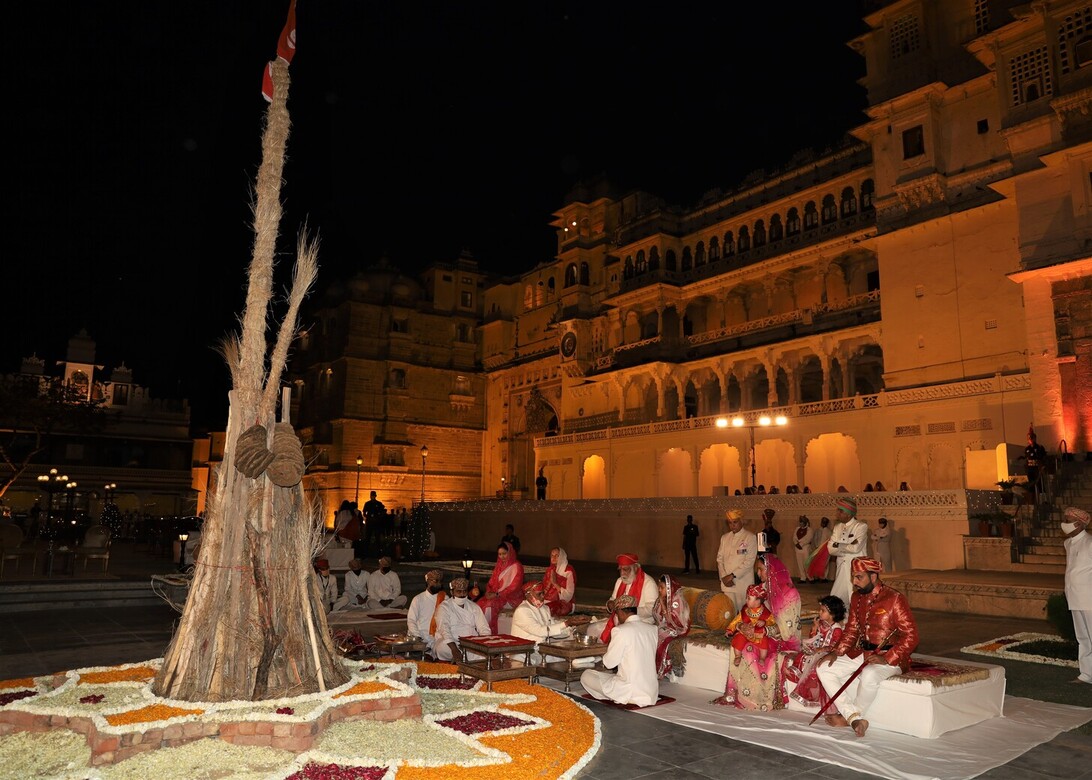


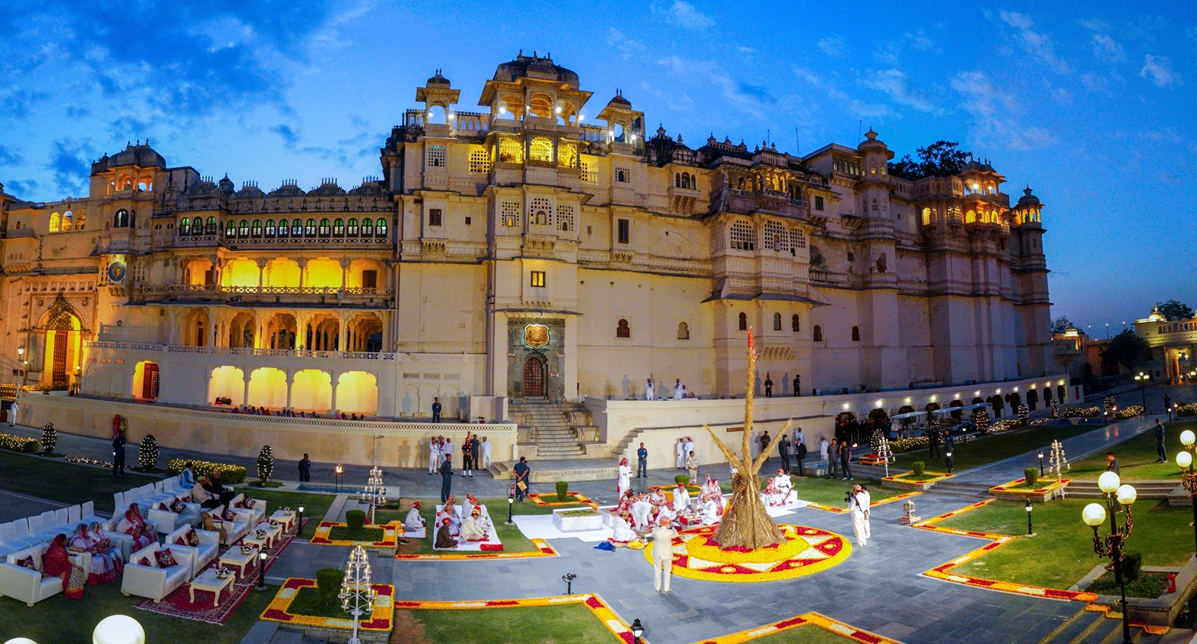
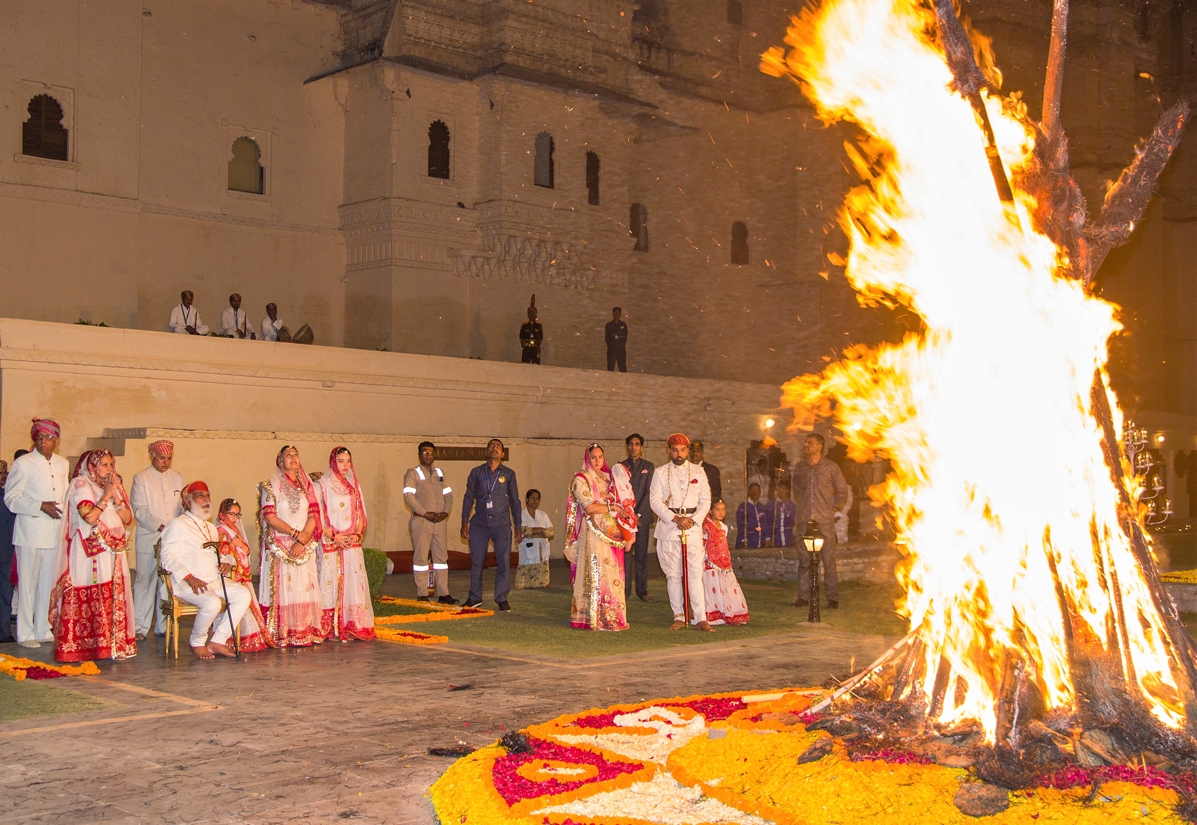
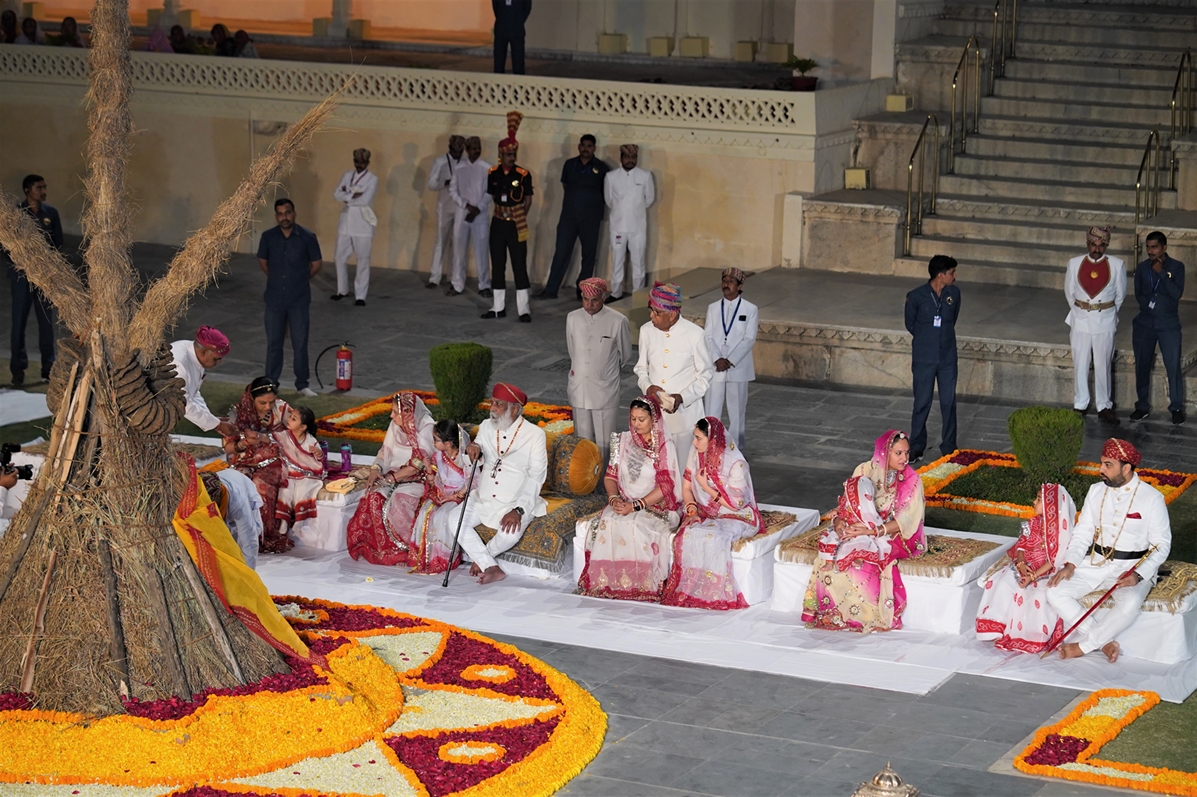
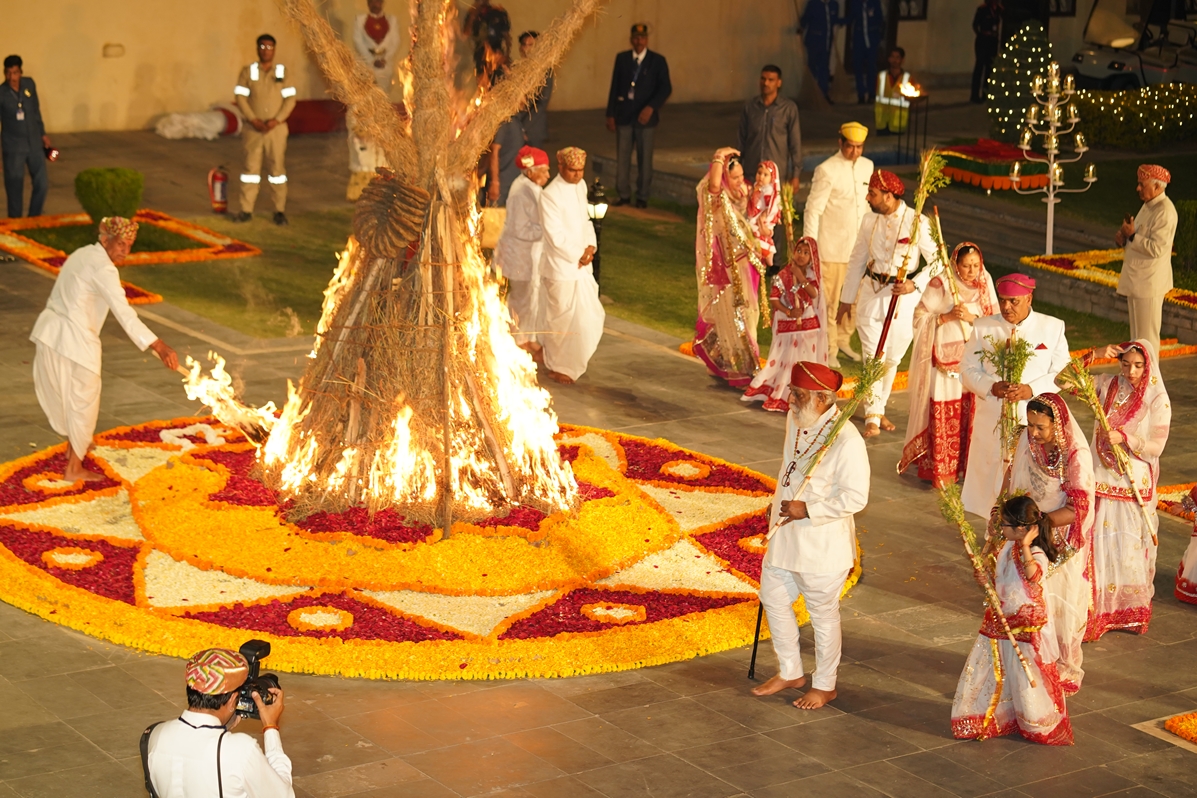
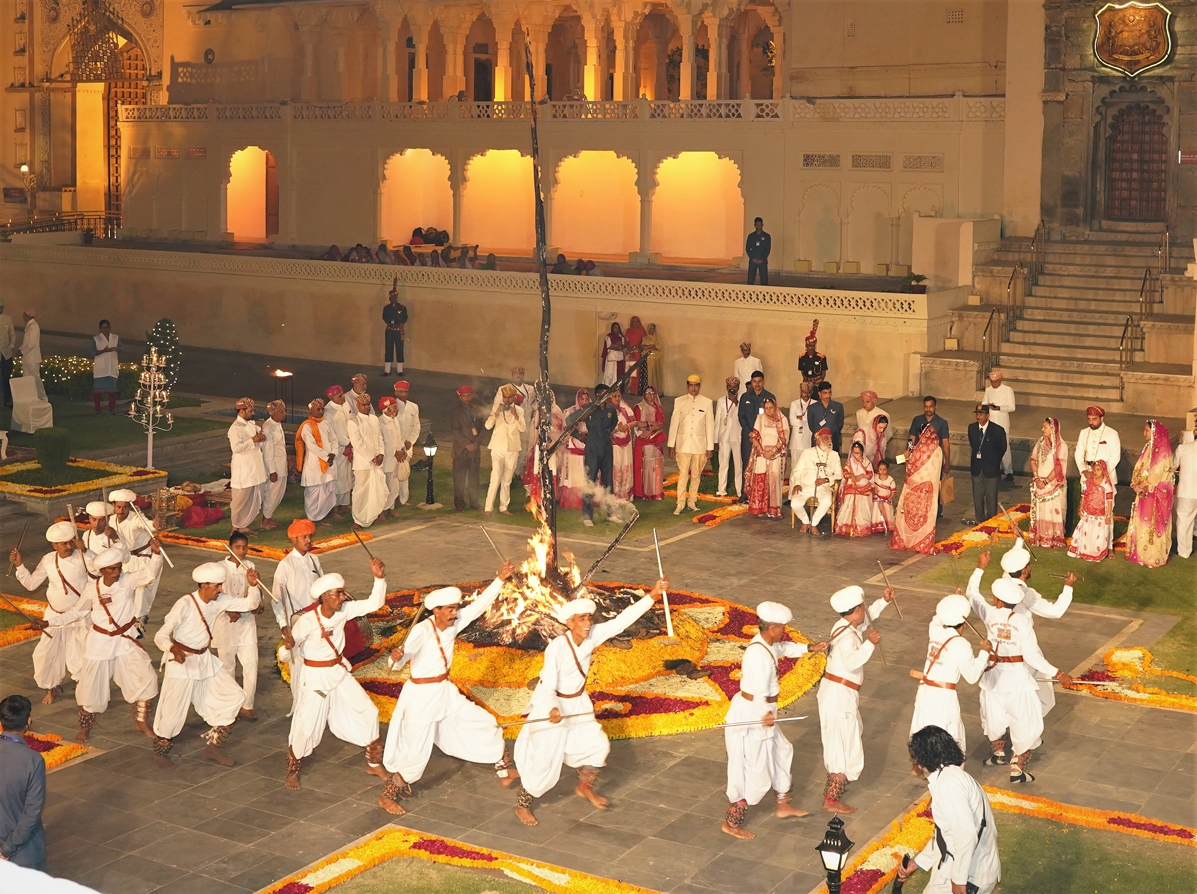


















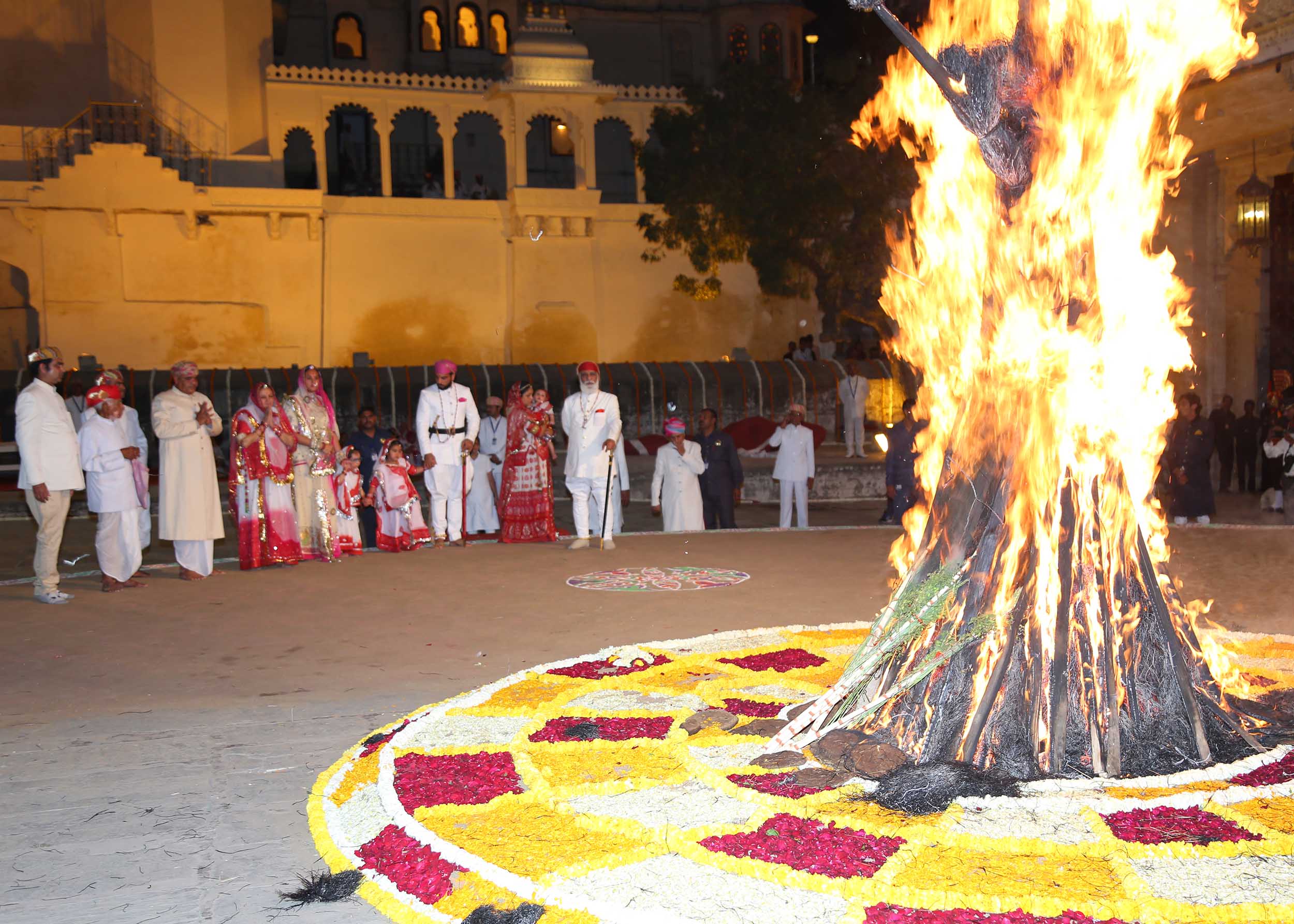


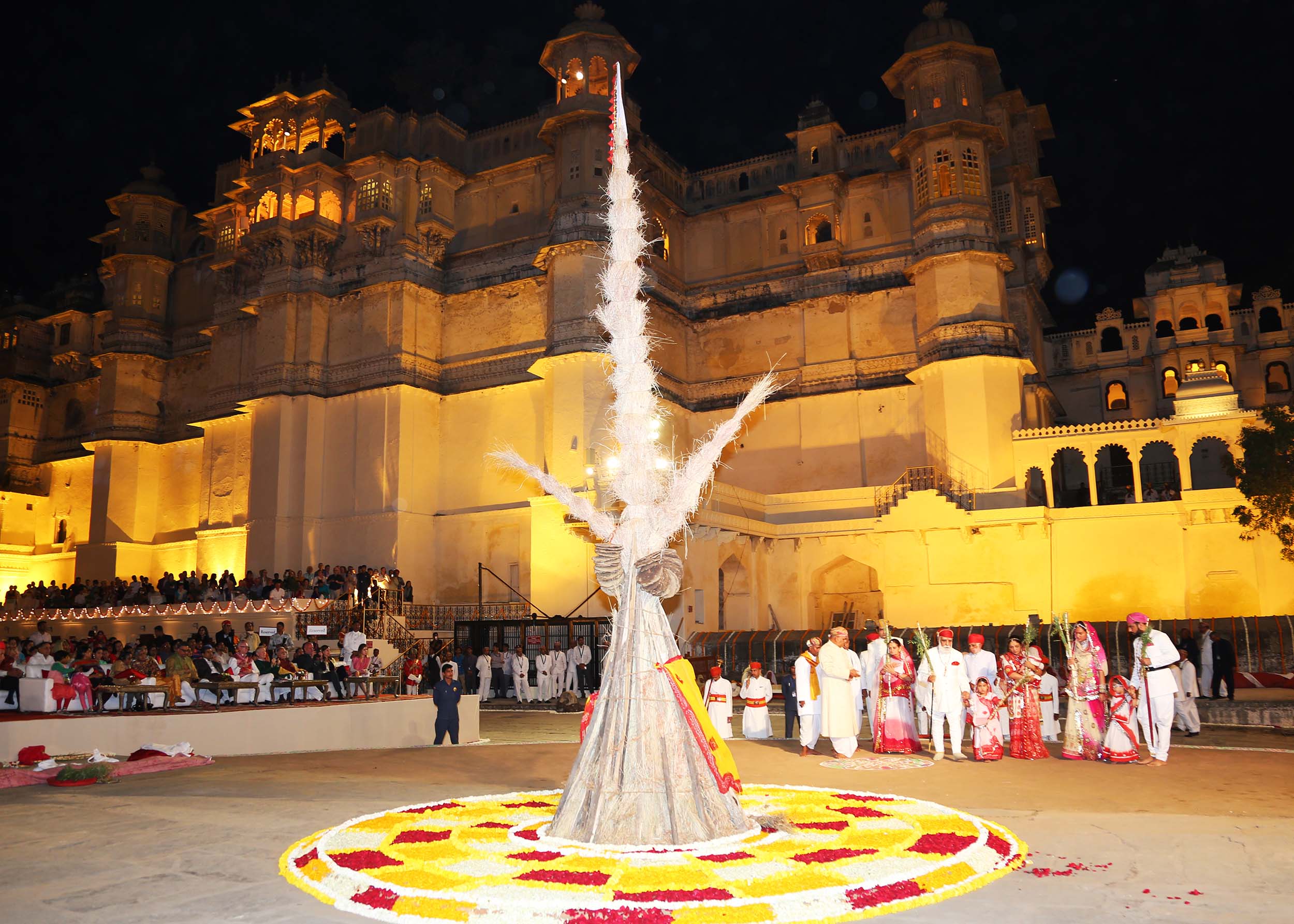
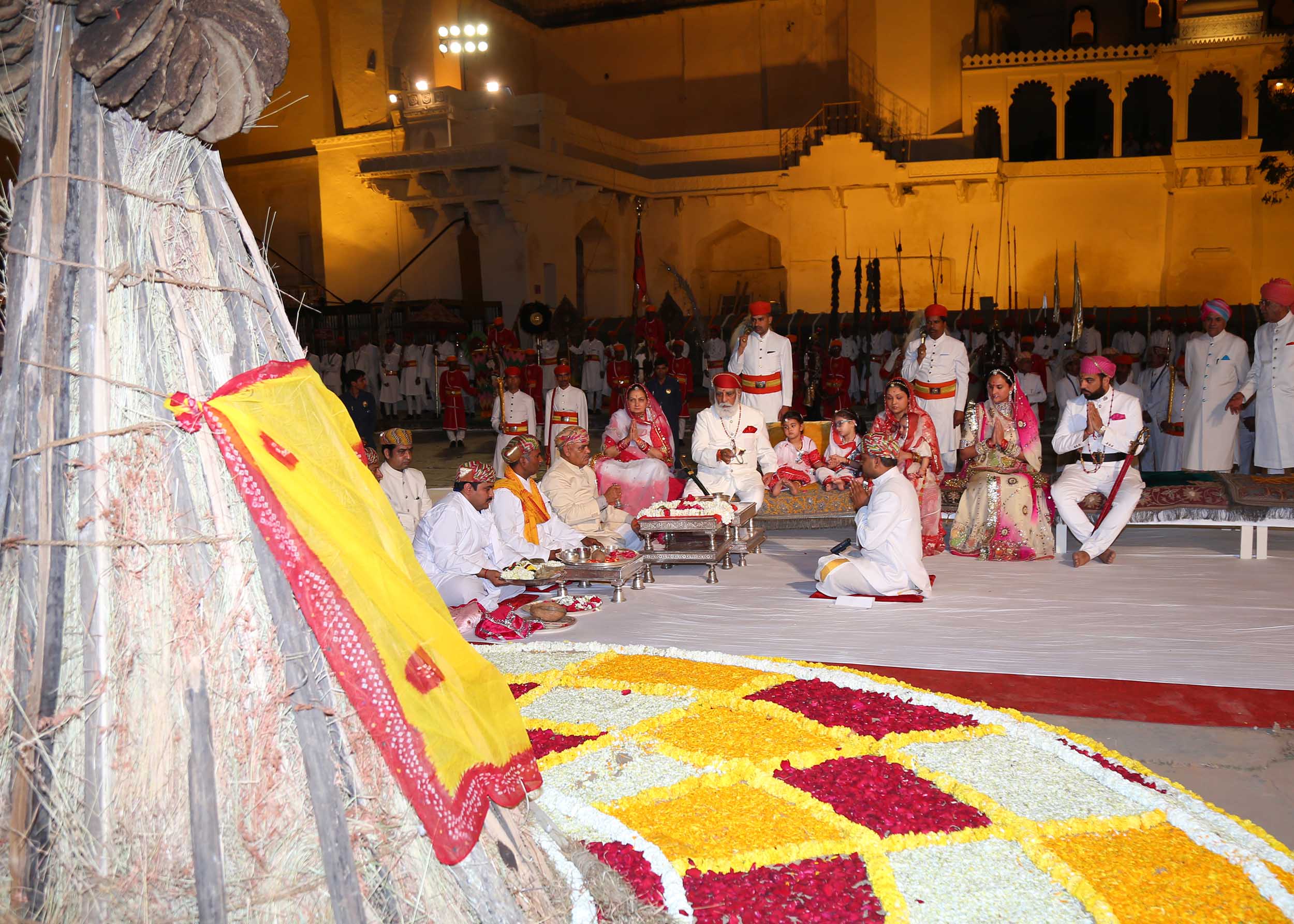
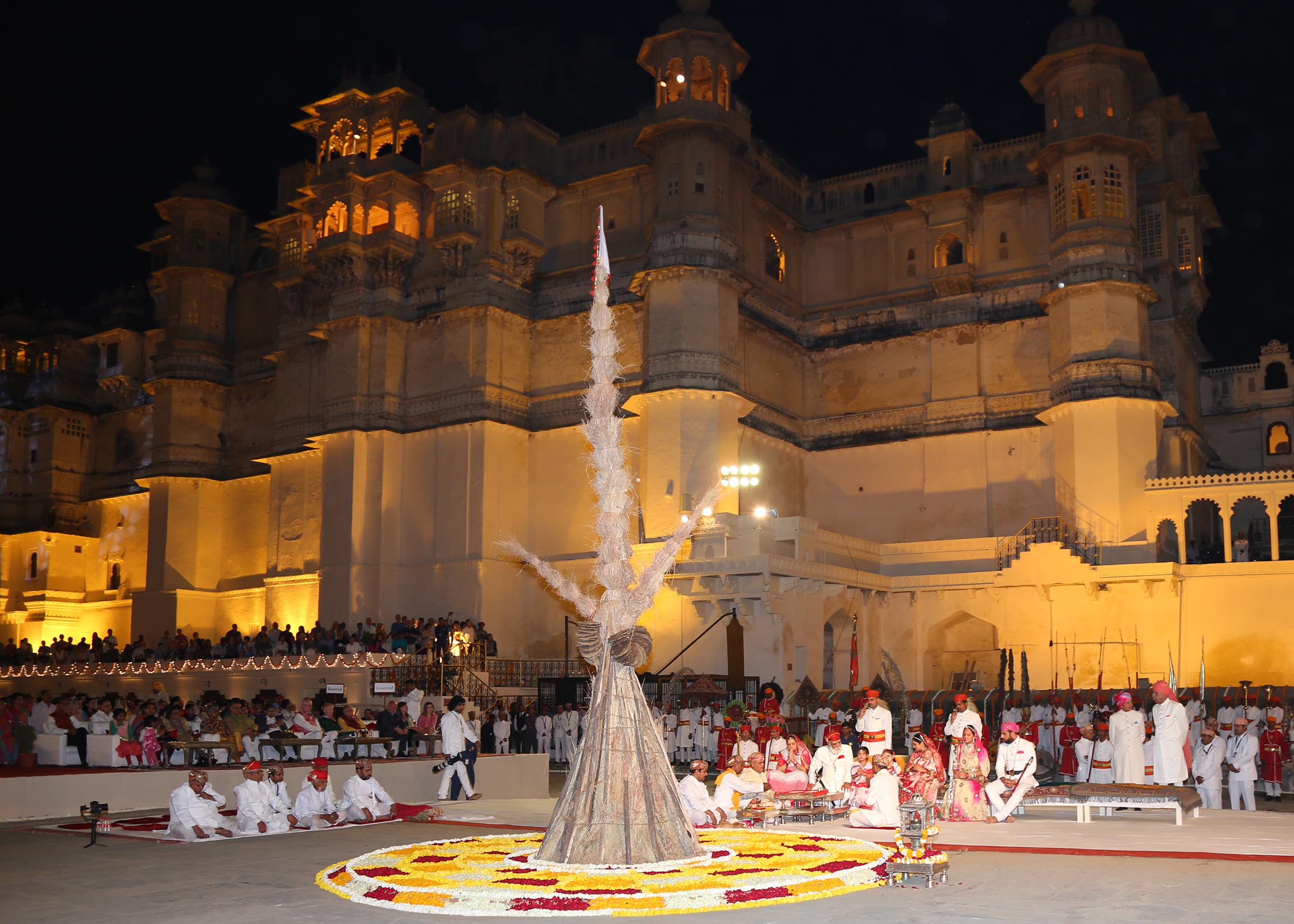
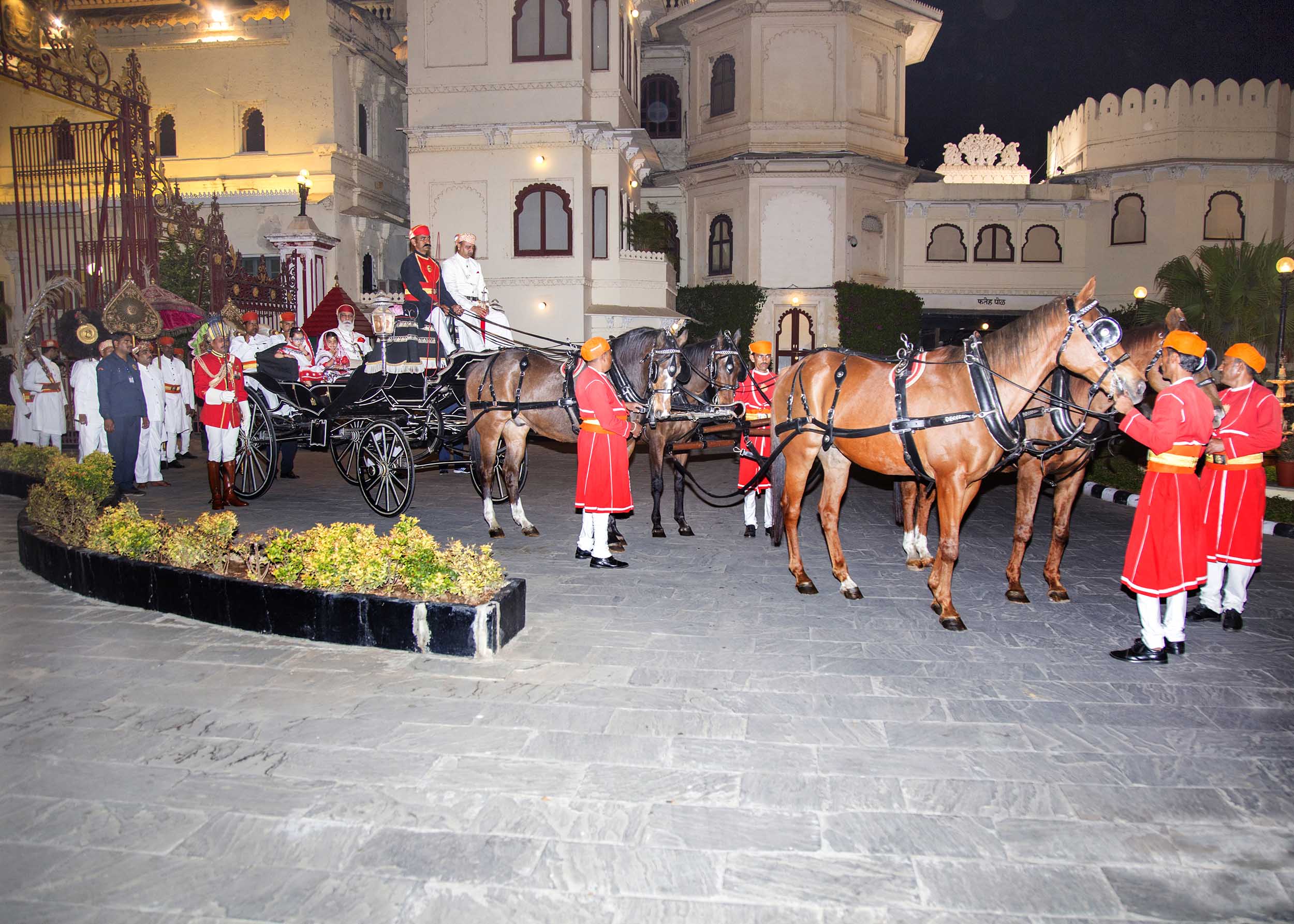
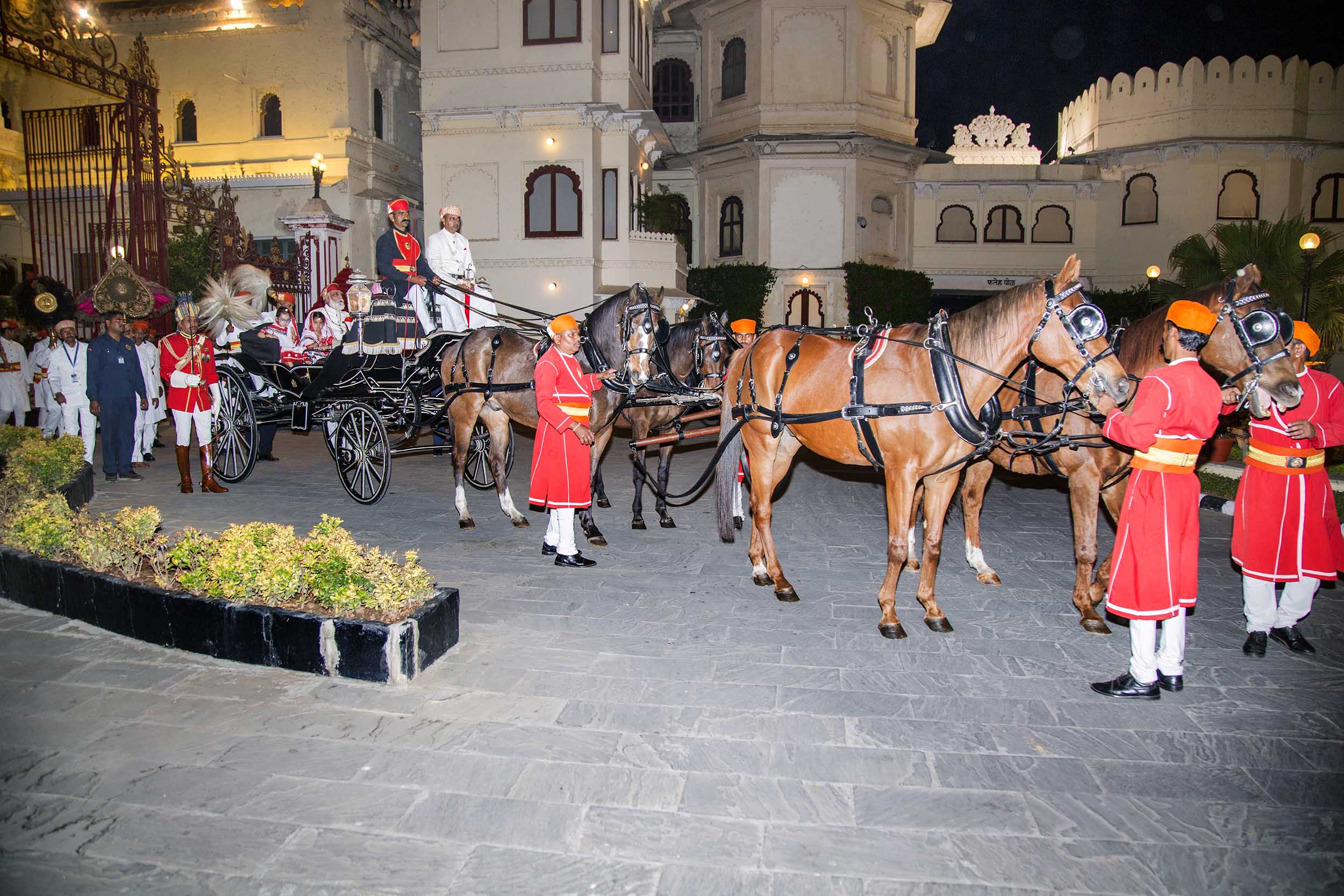
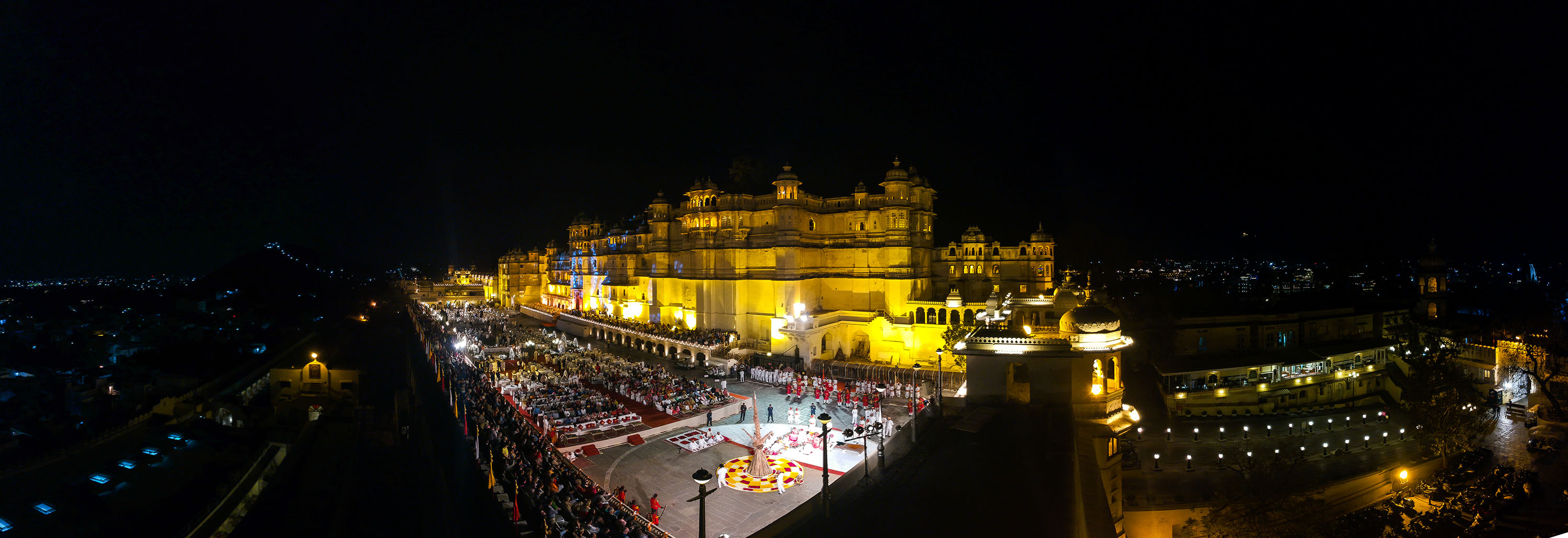
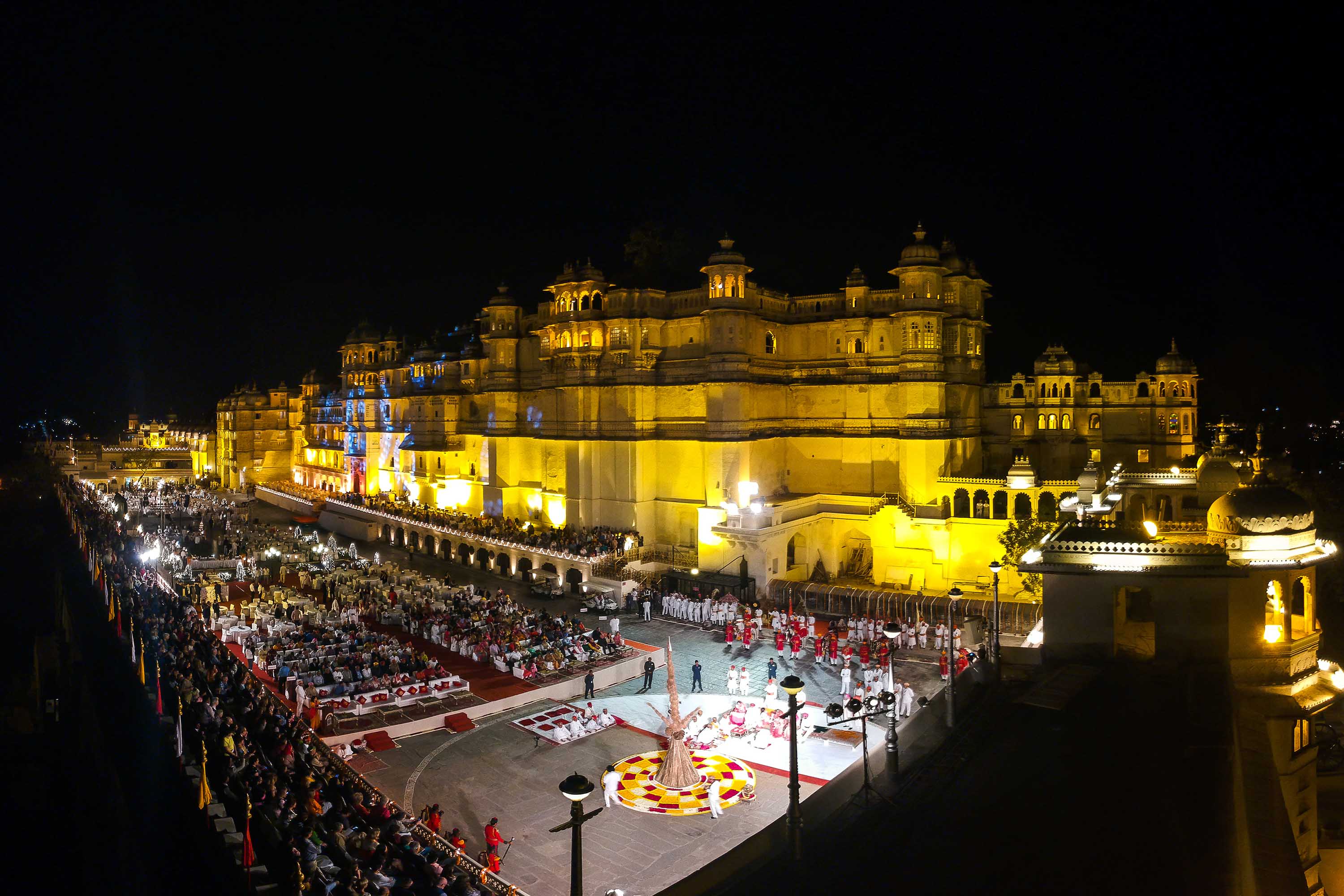


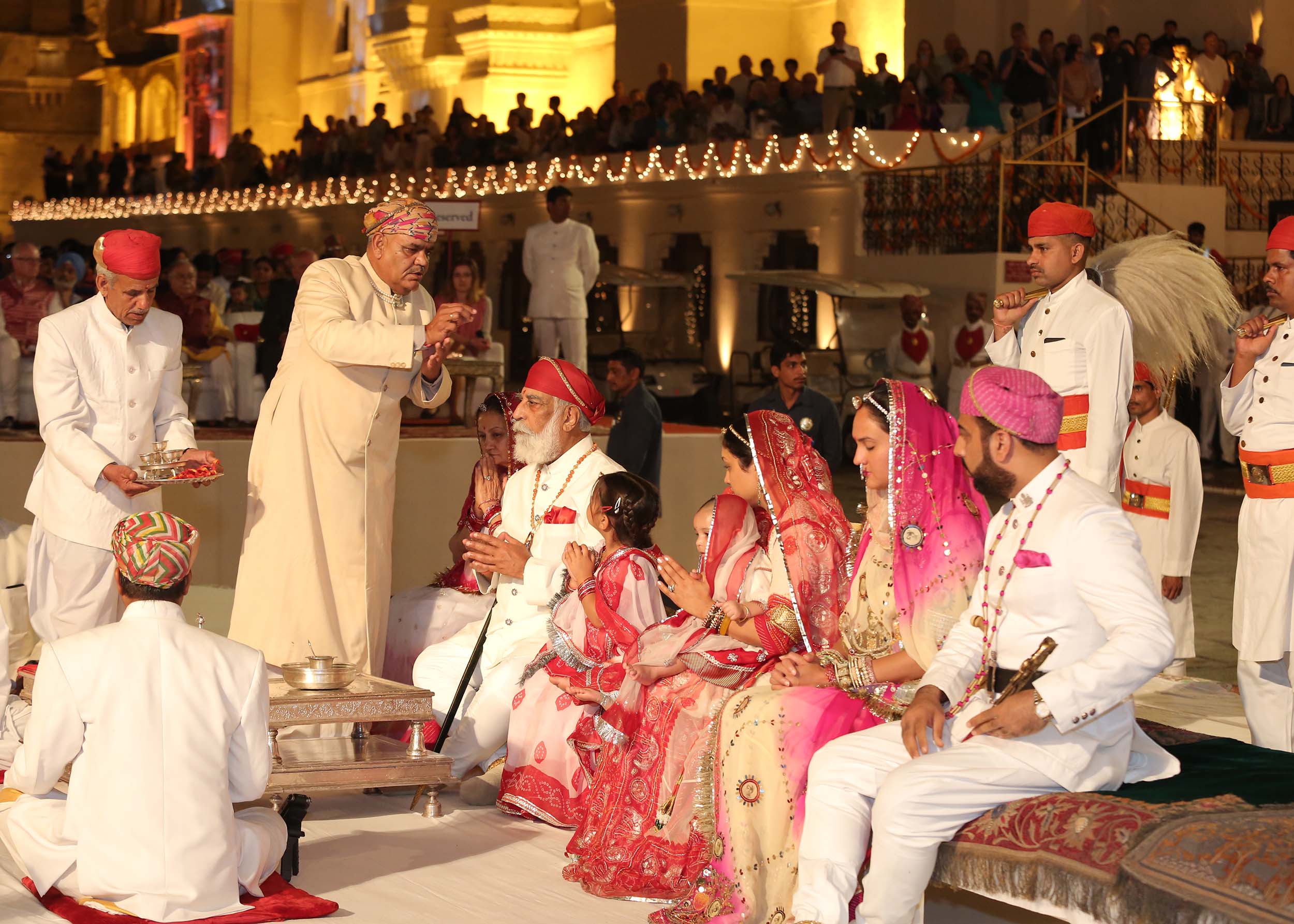


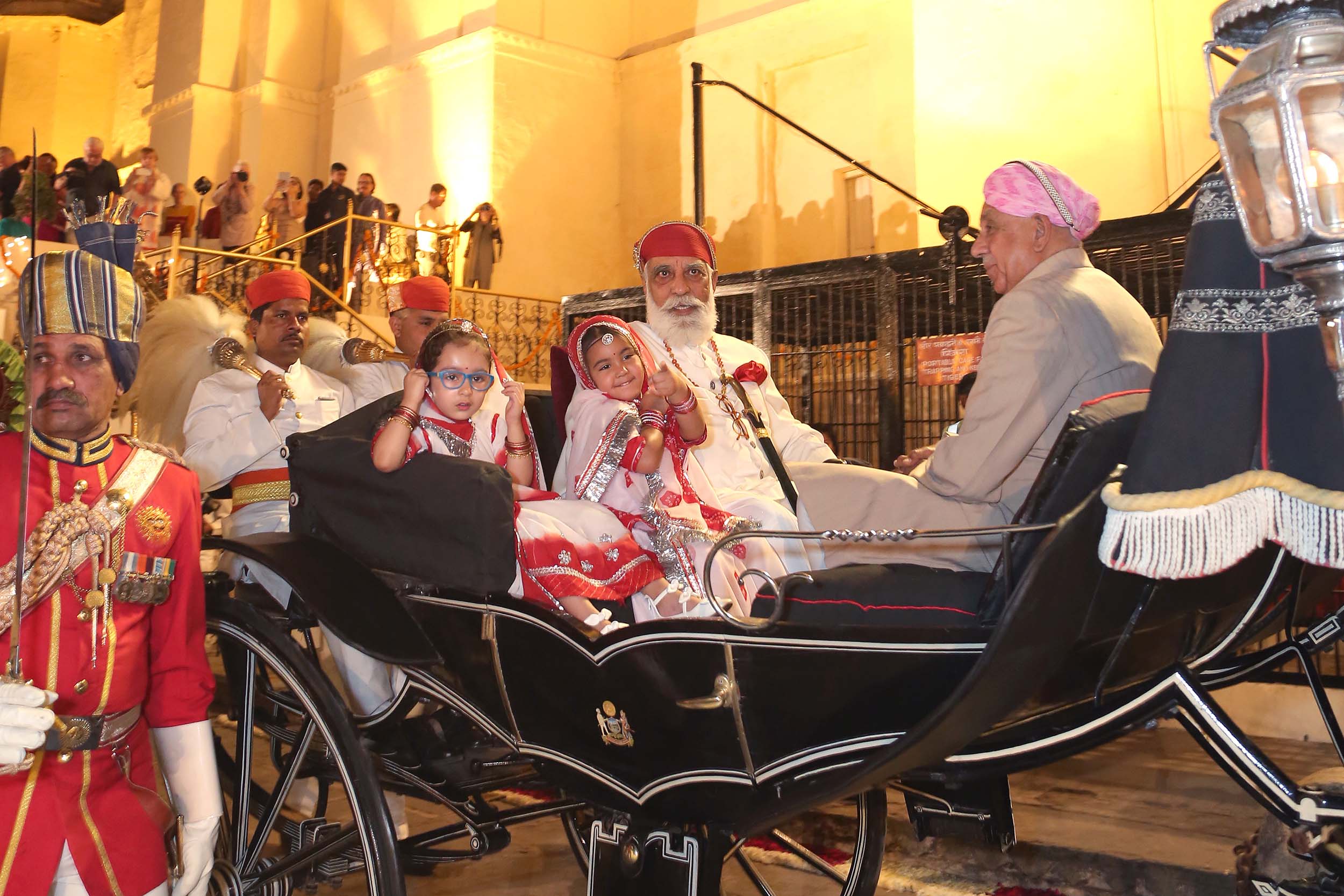
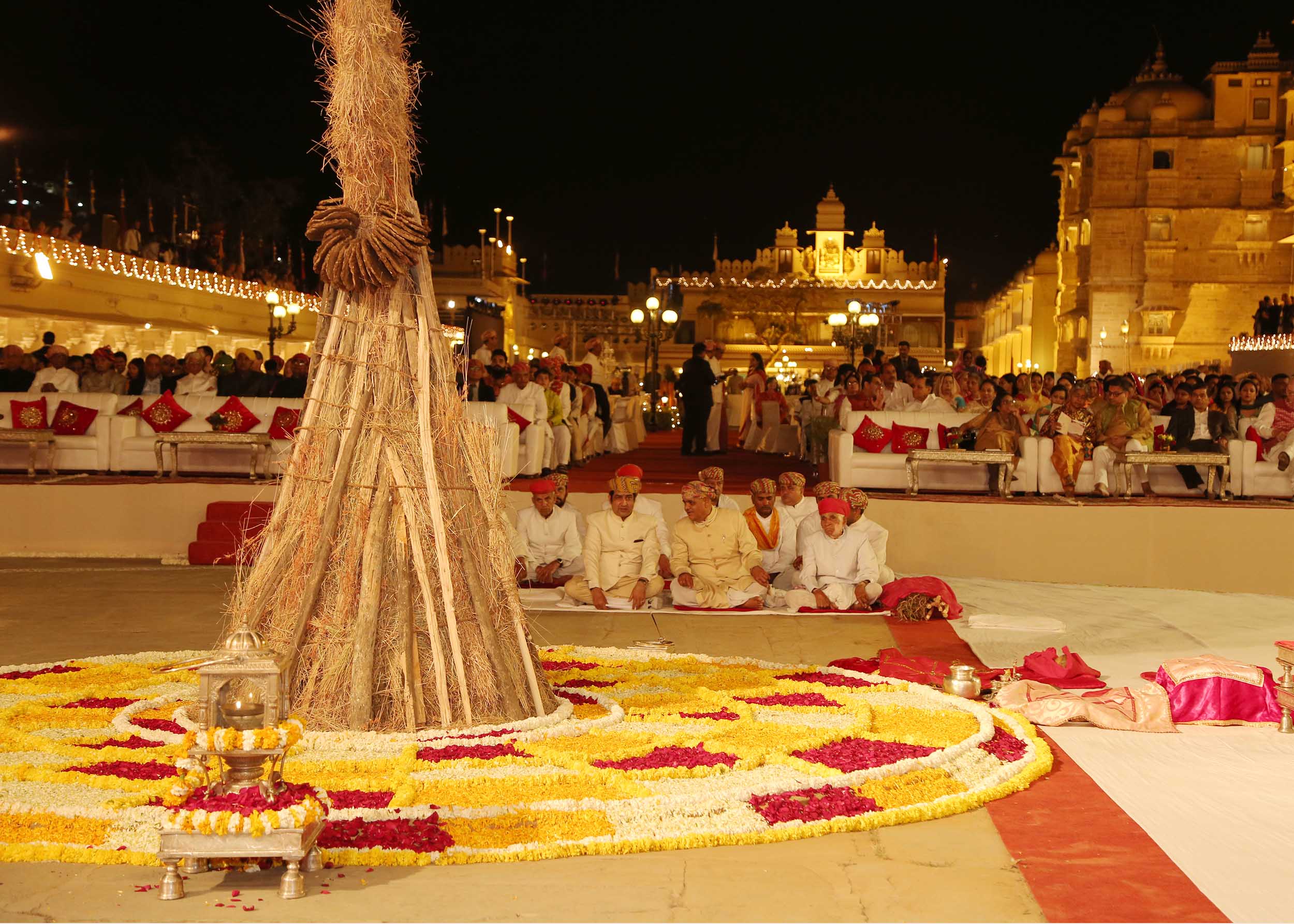
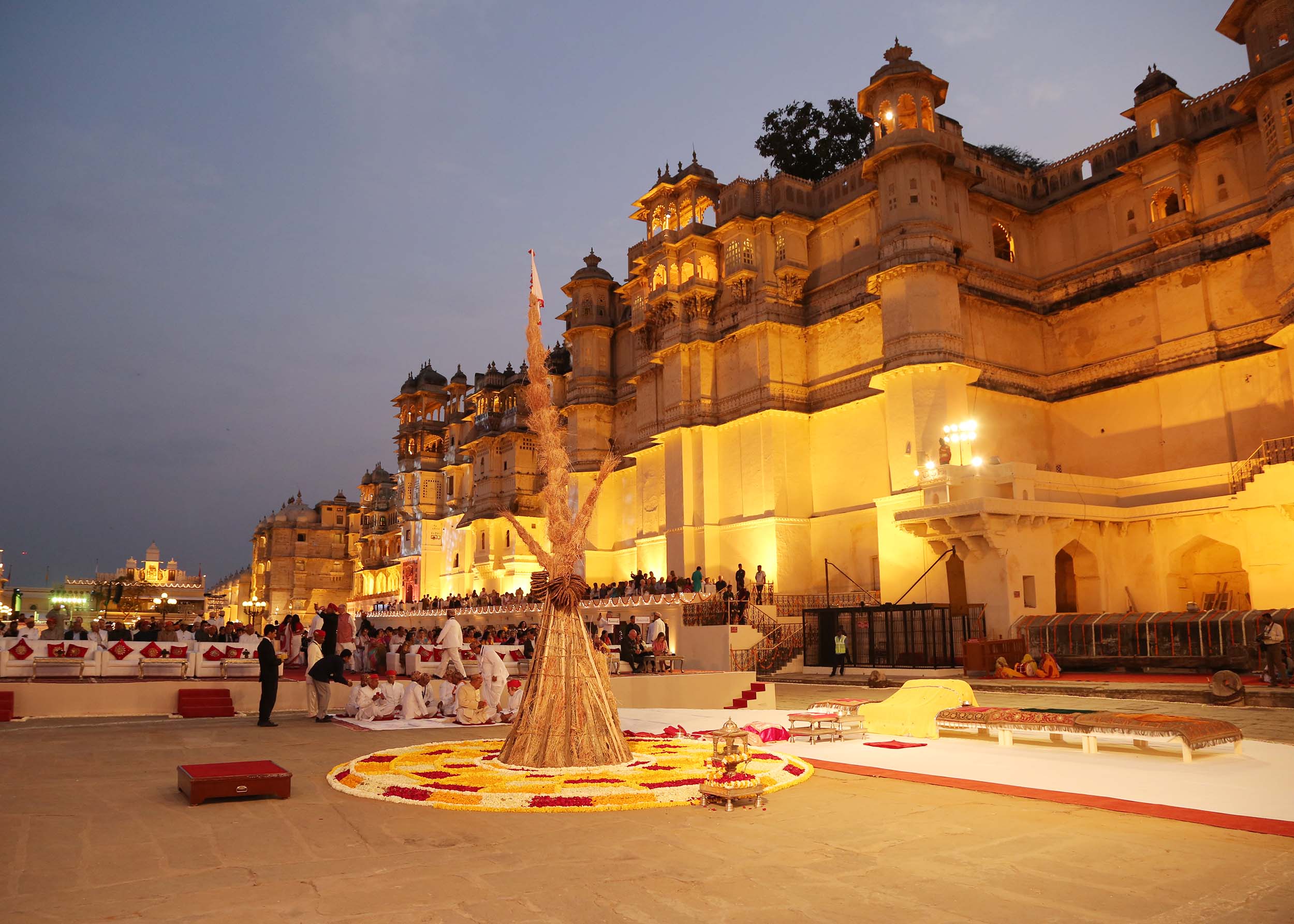
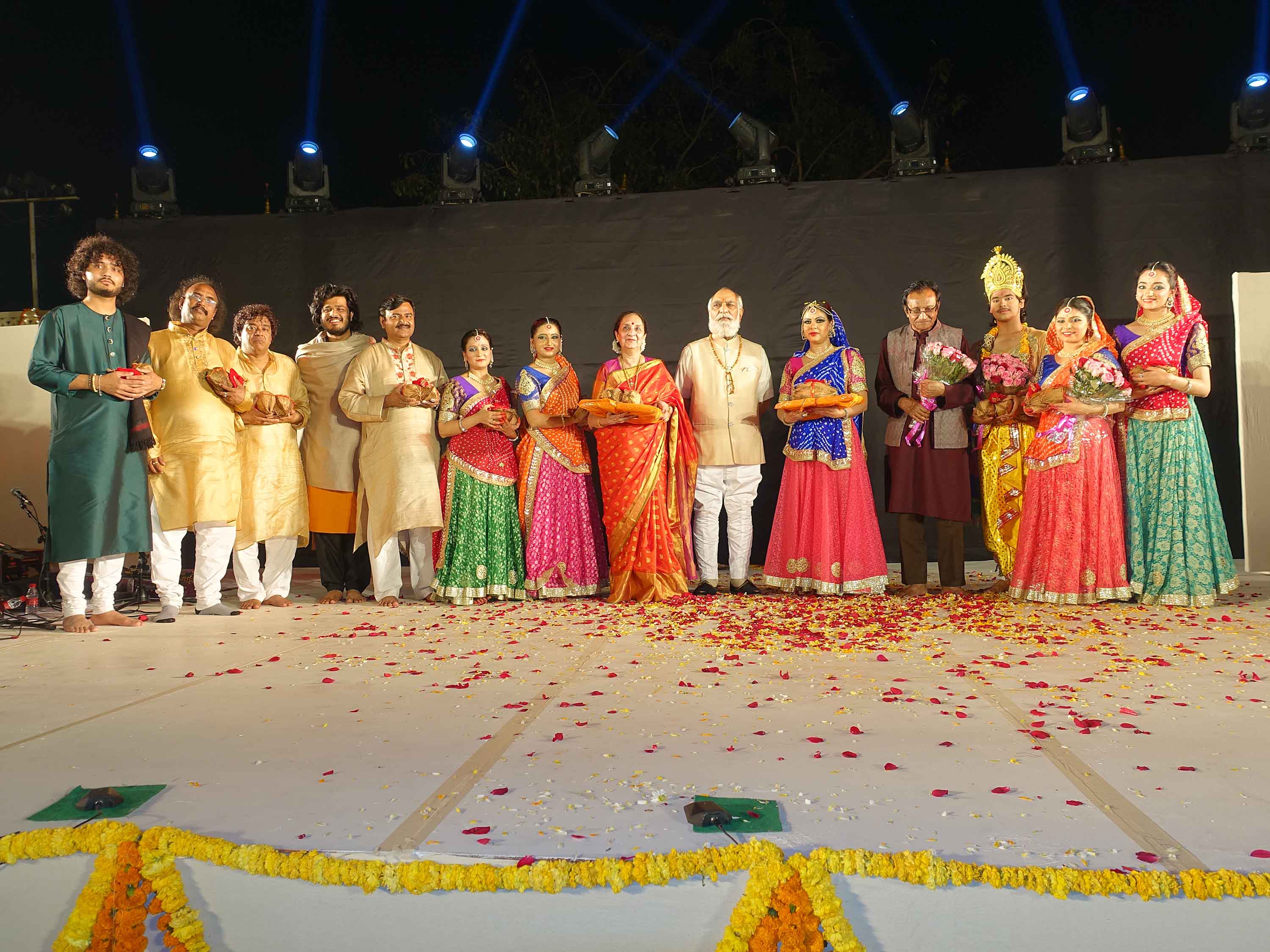
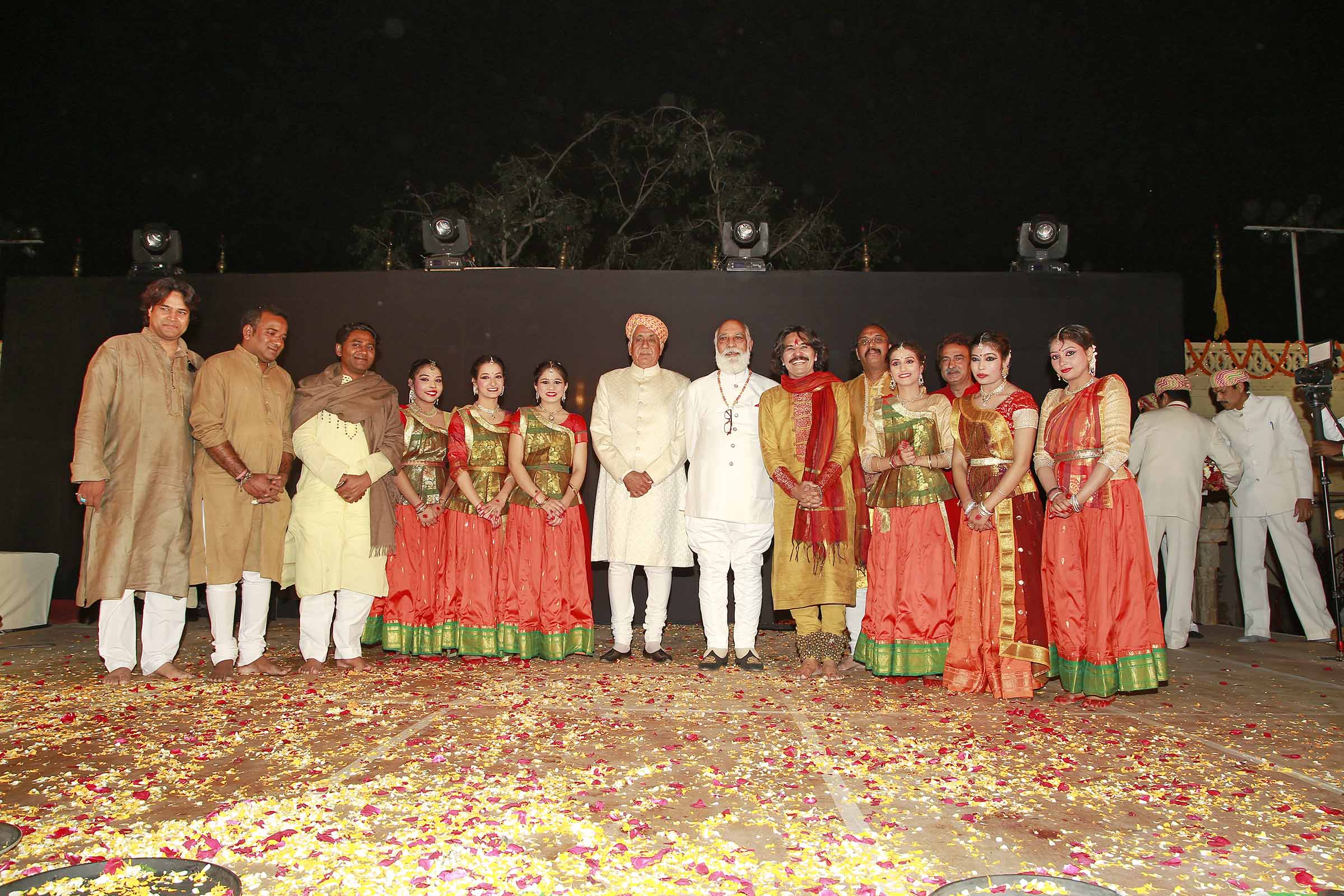
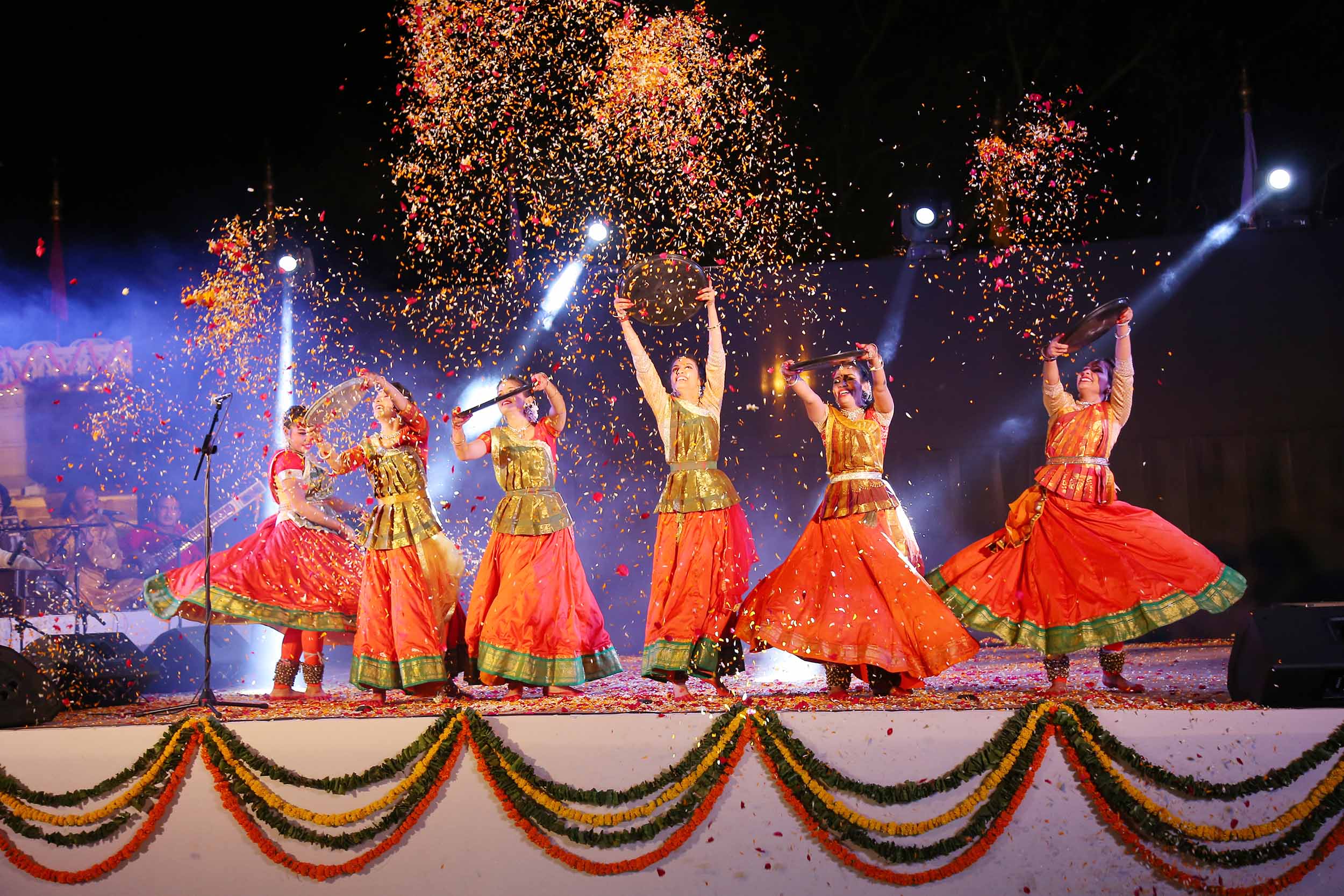
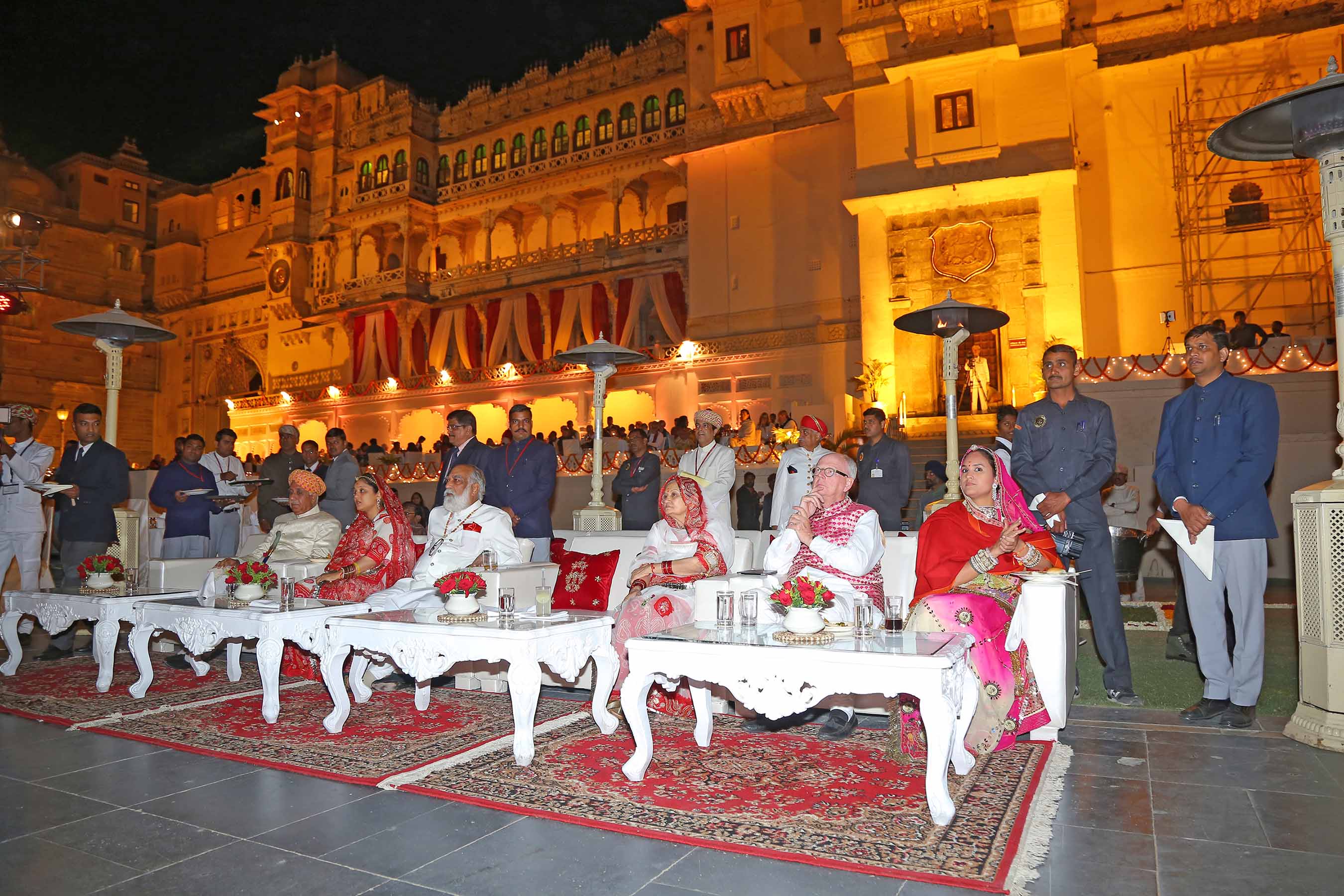

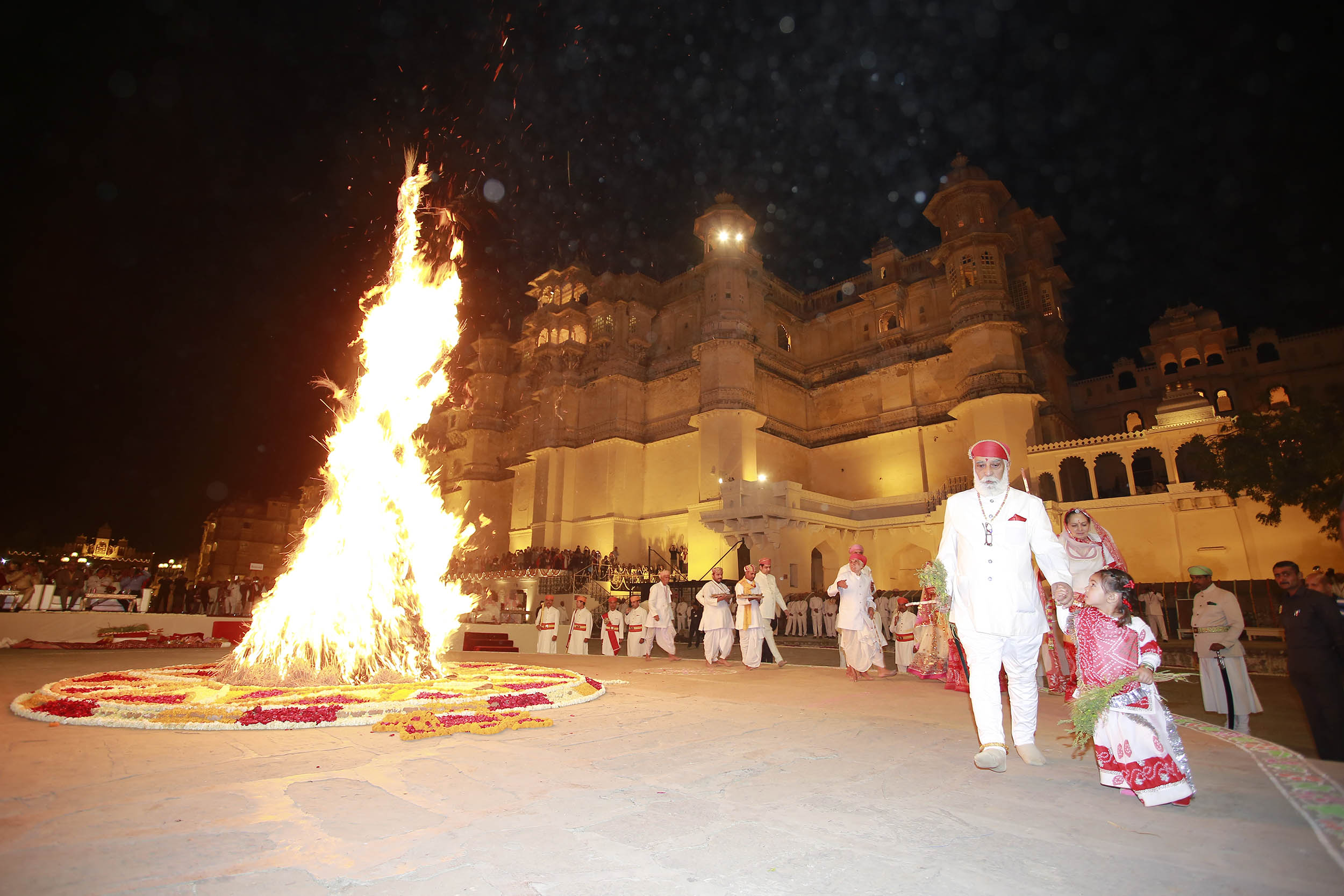

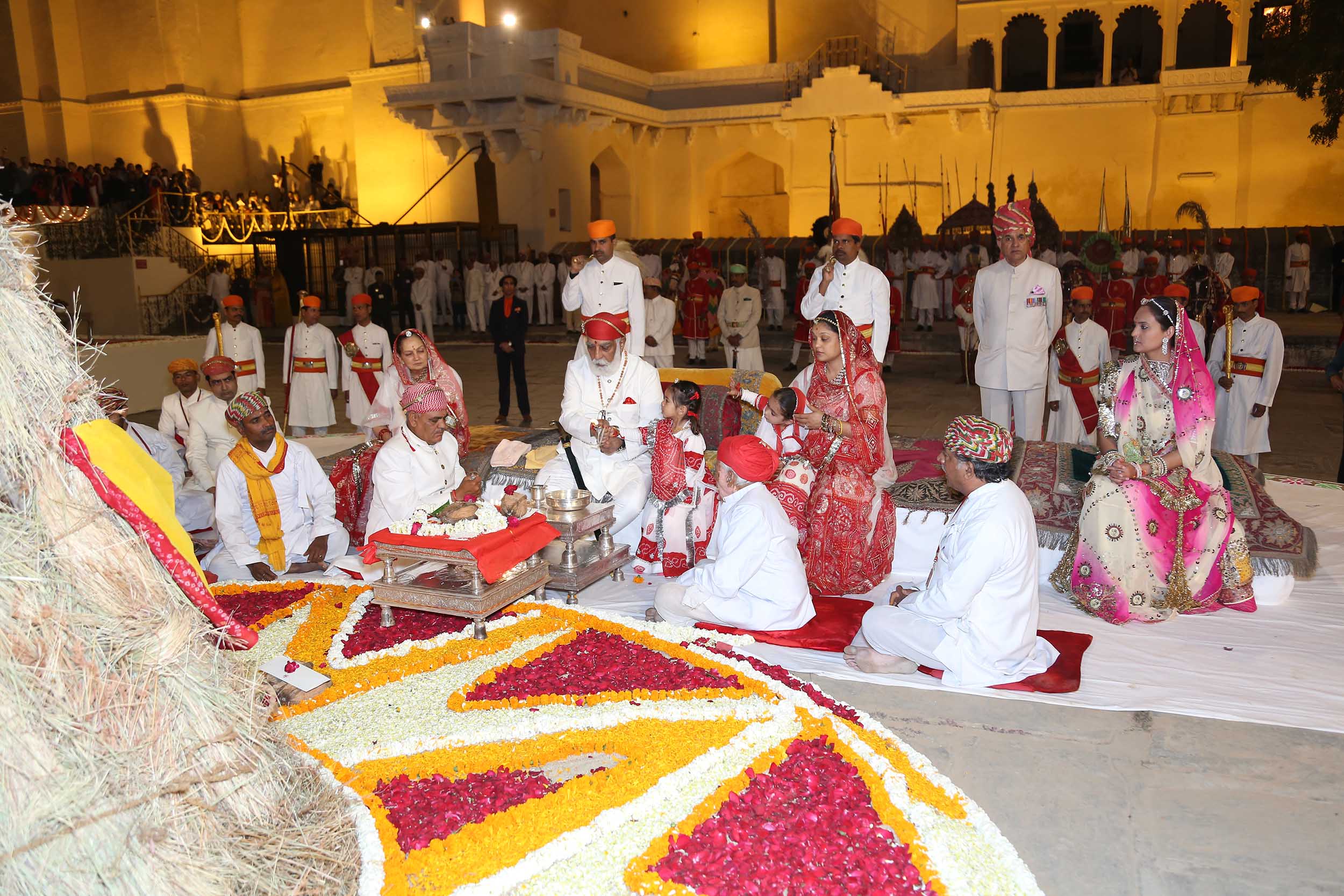

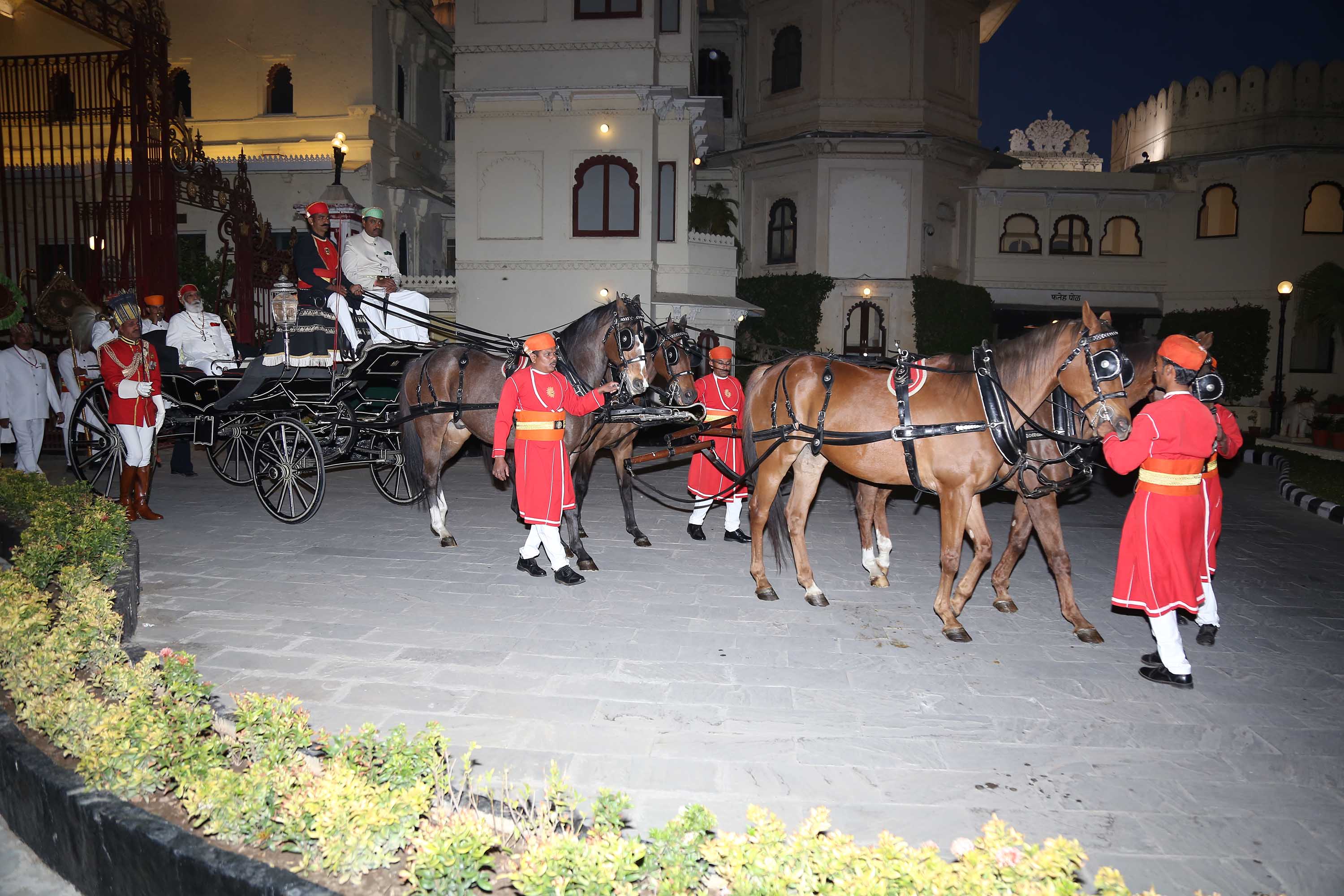








.jpg)
.jpg)
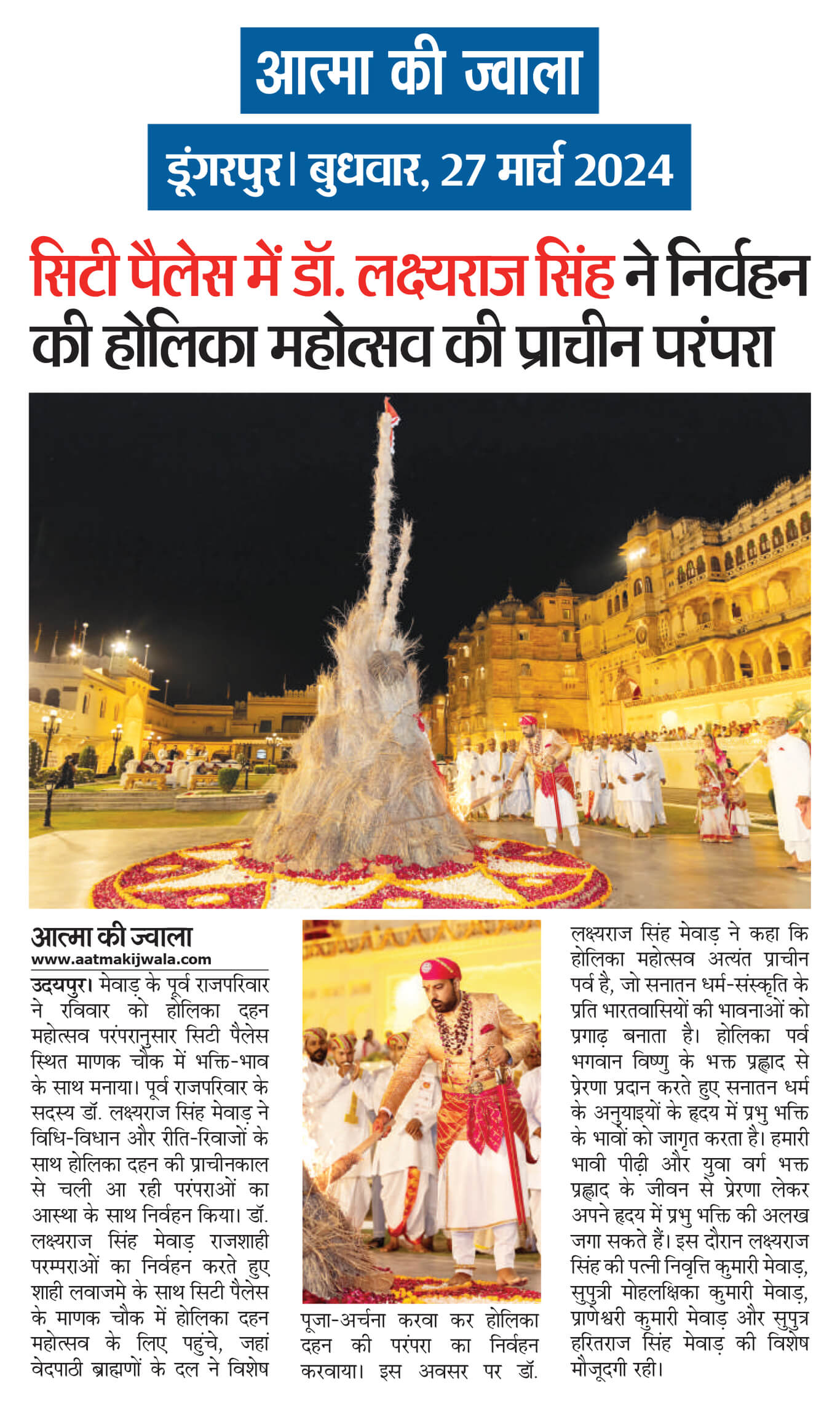

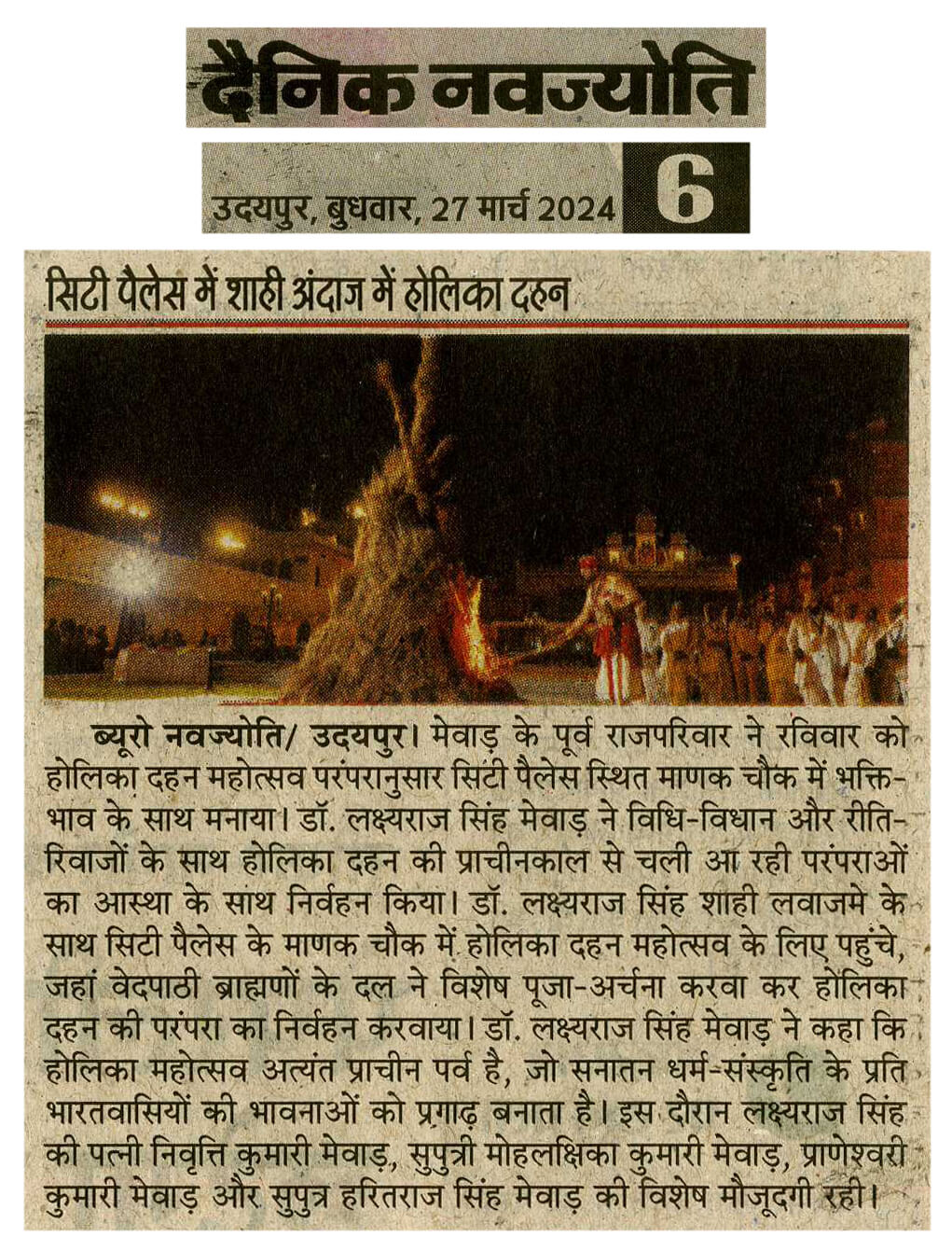
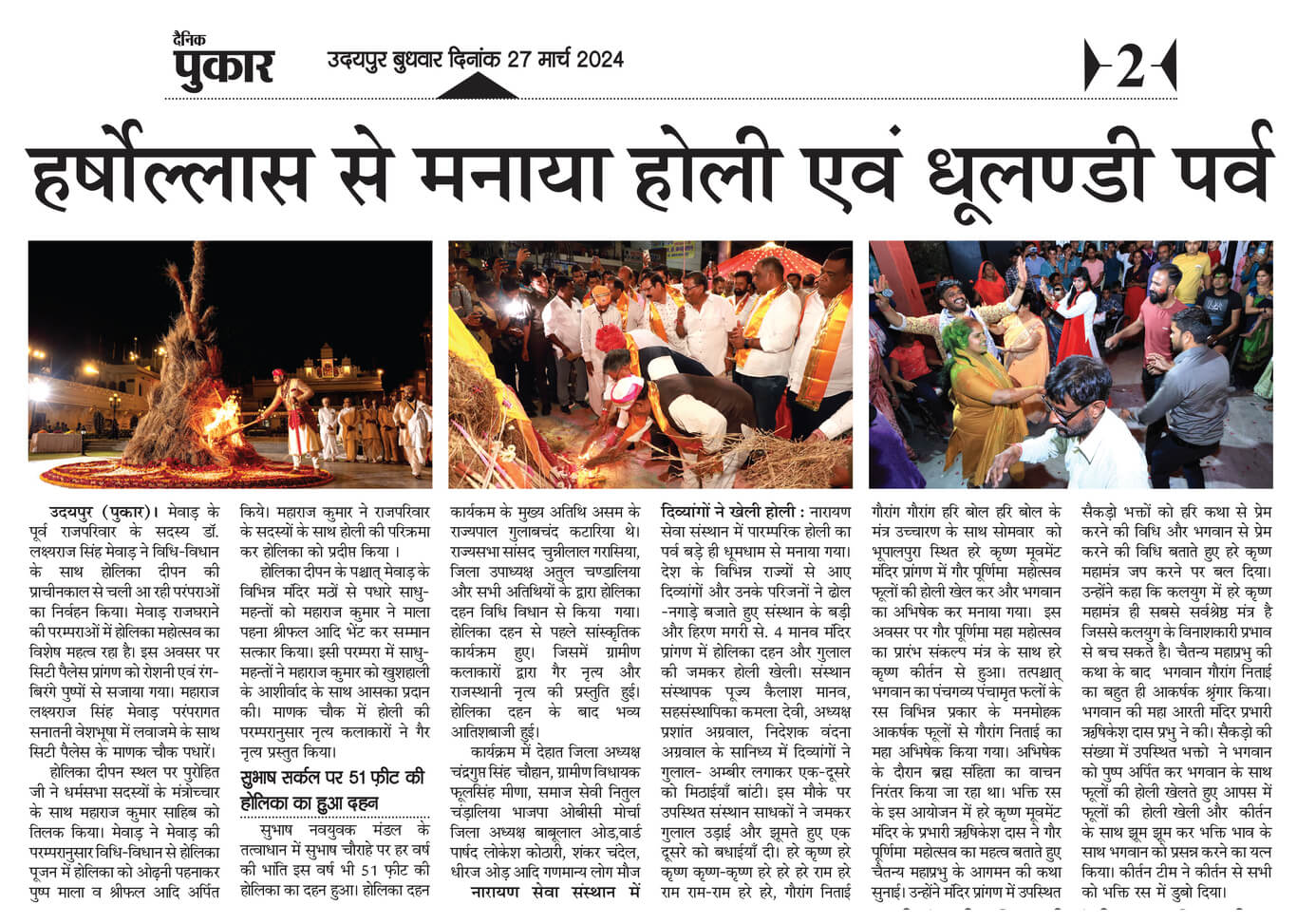
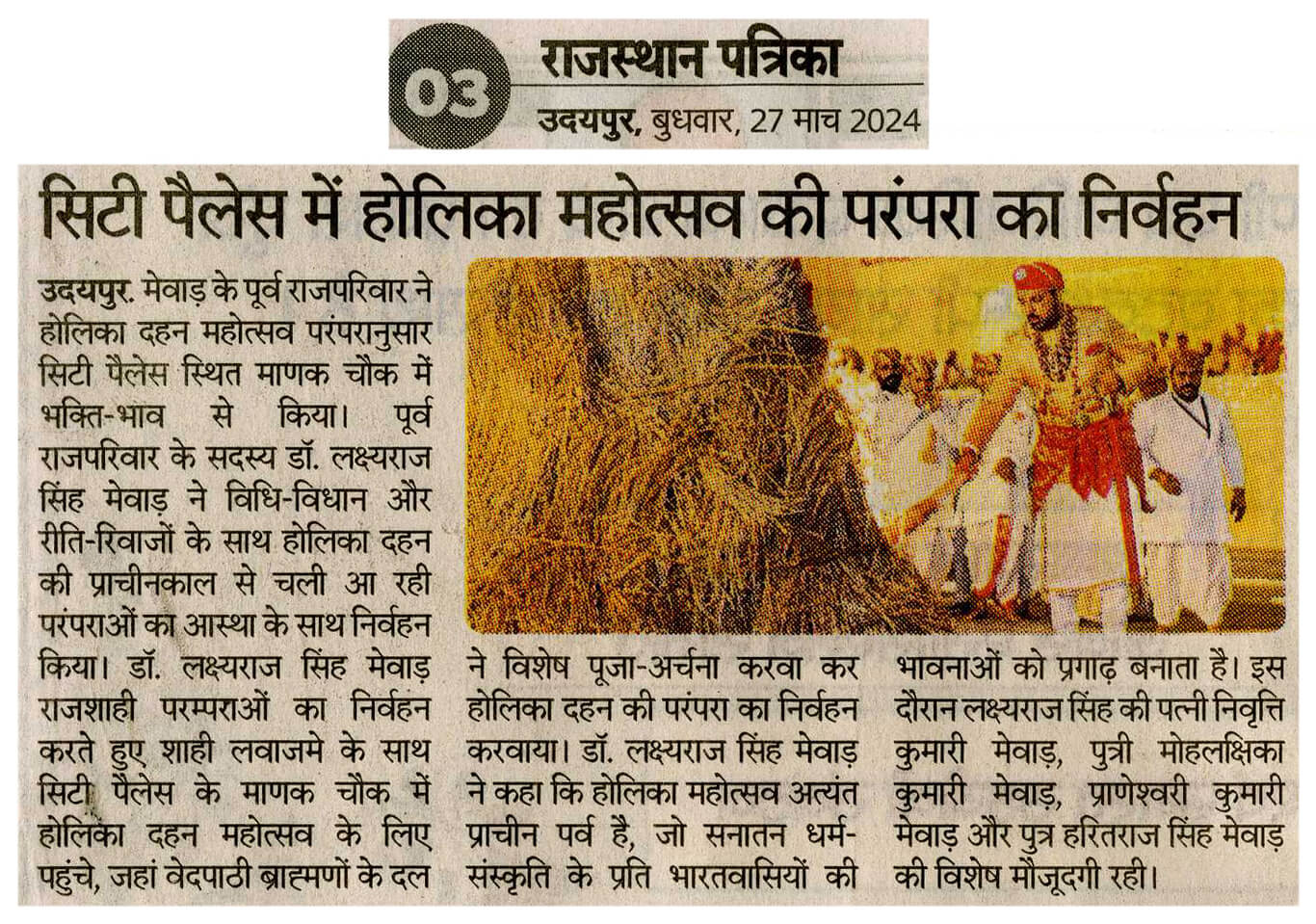
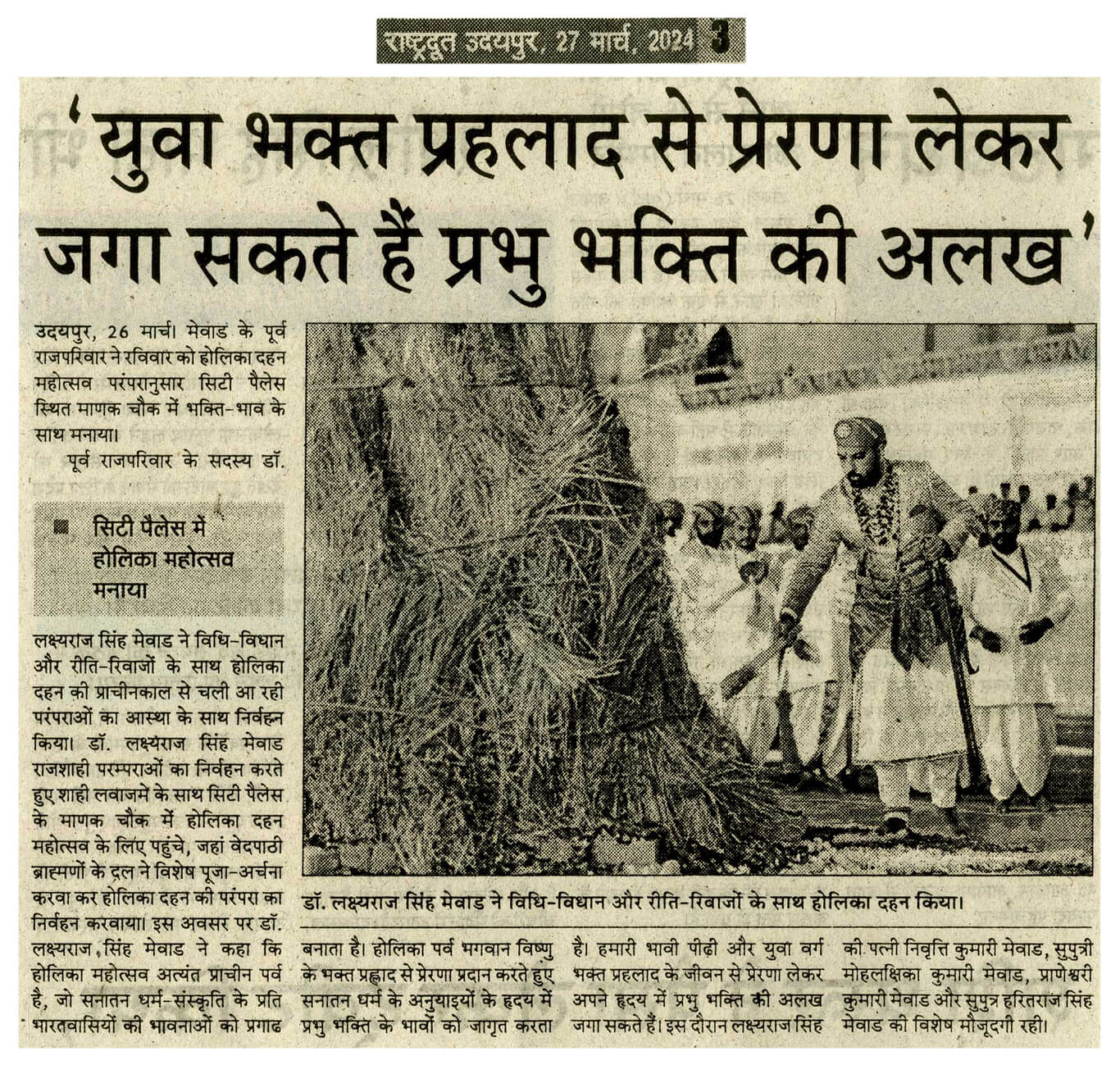
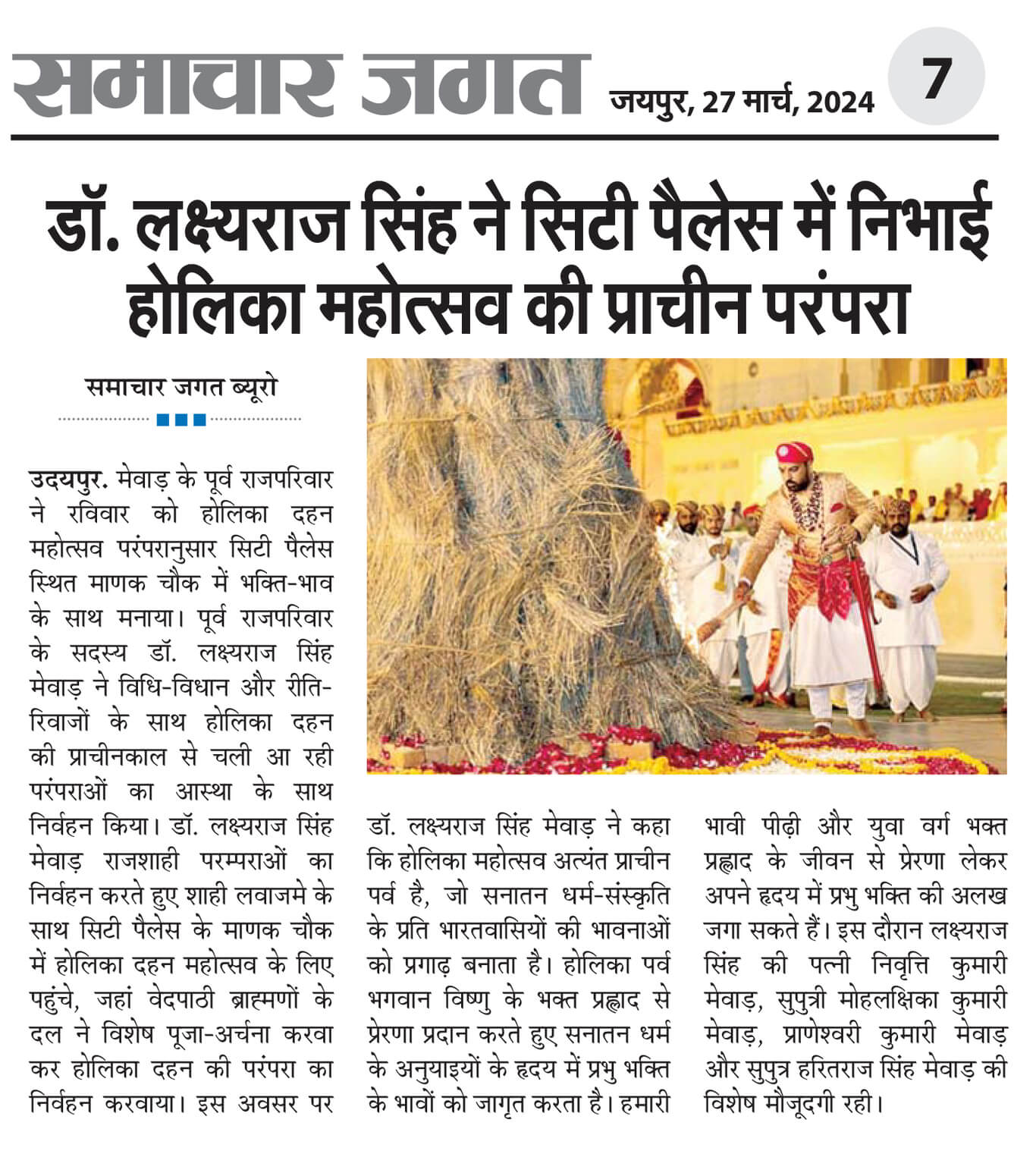

.jpg)
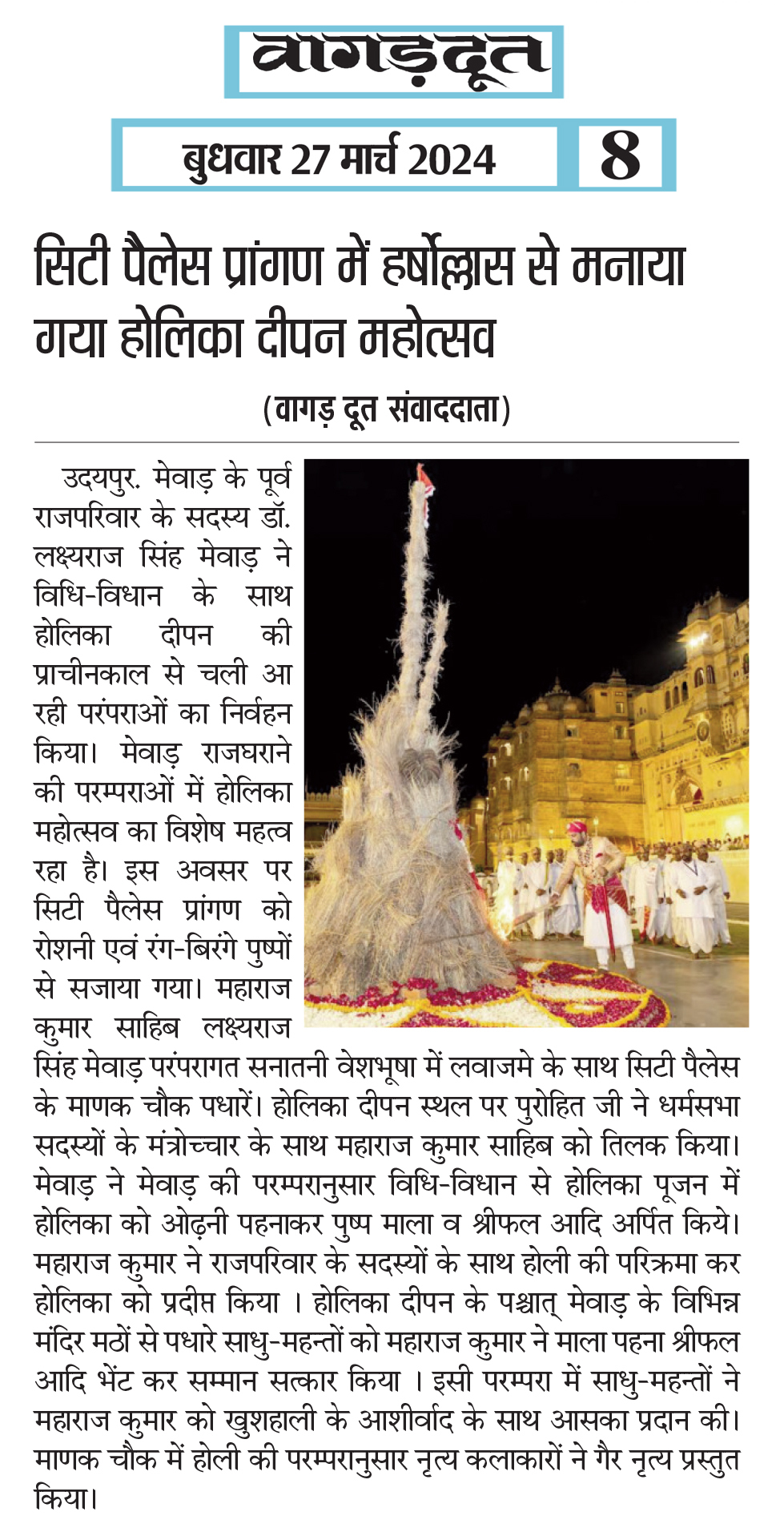

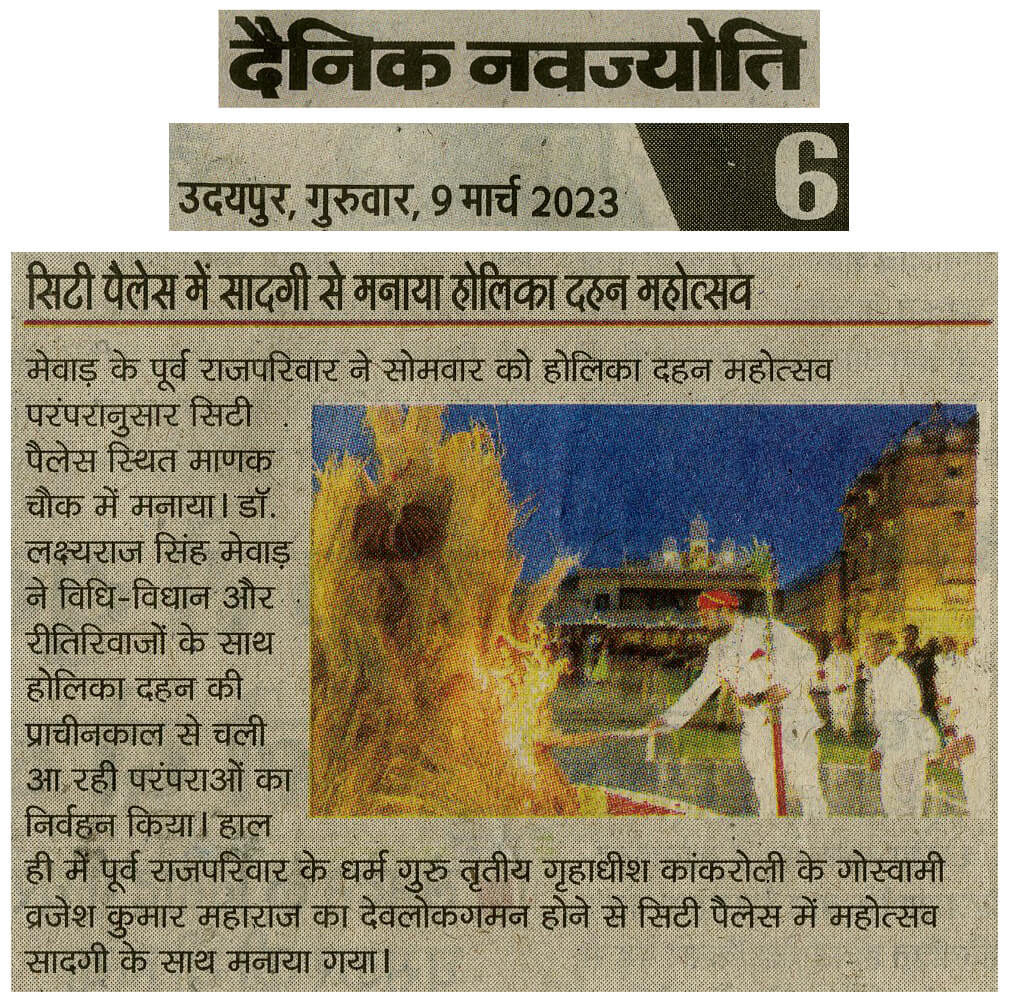
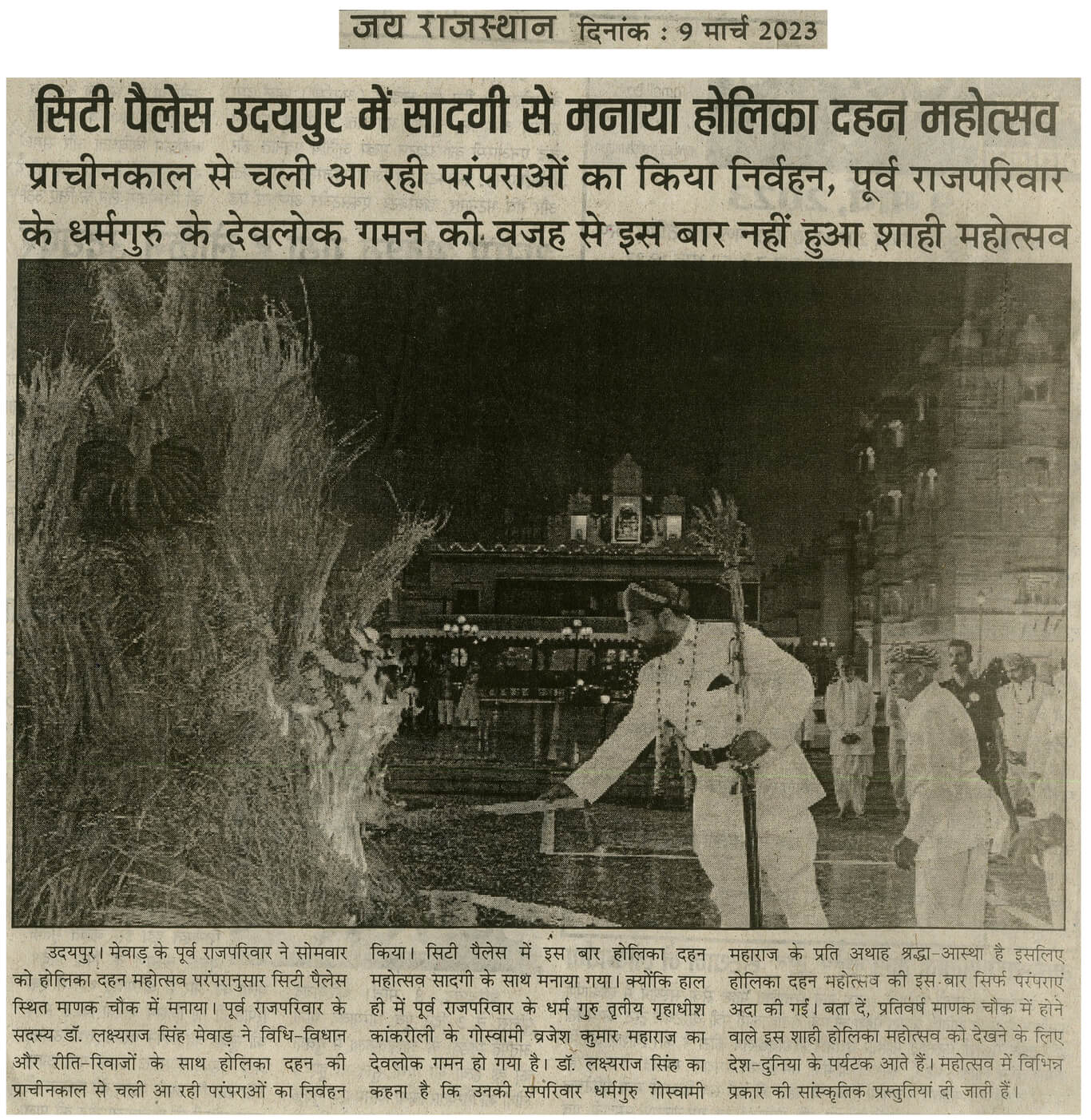

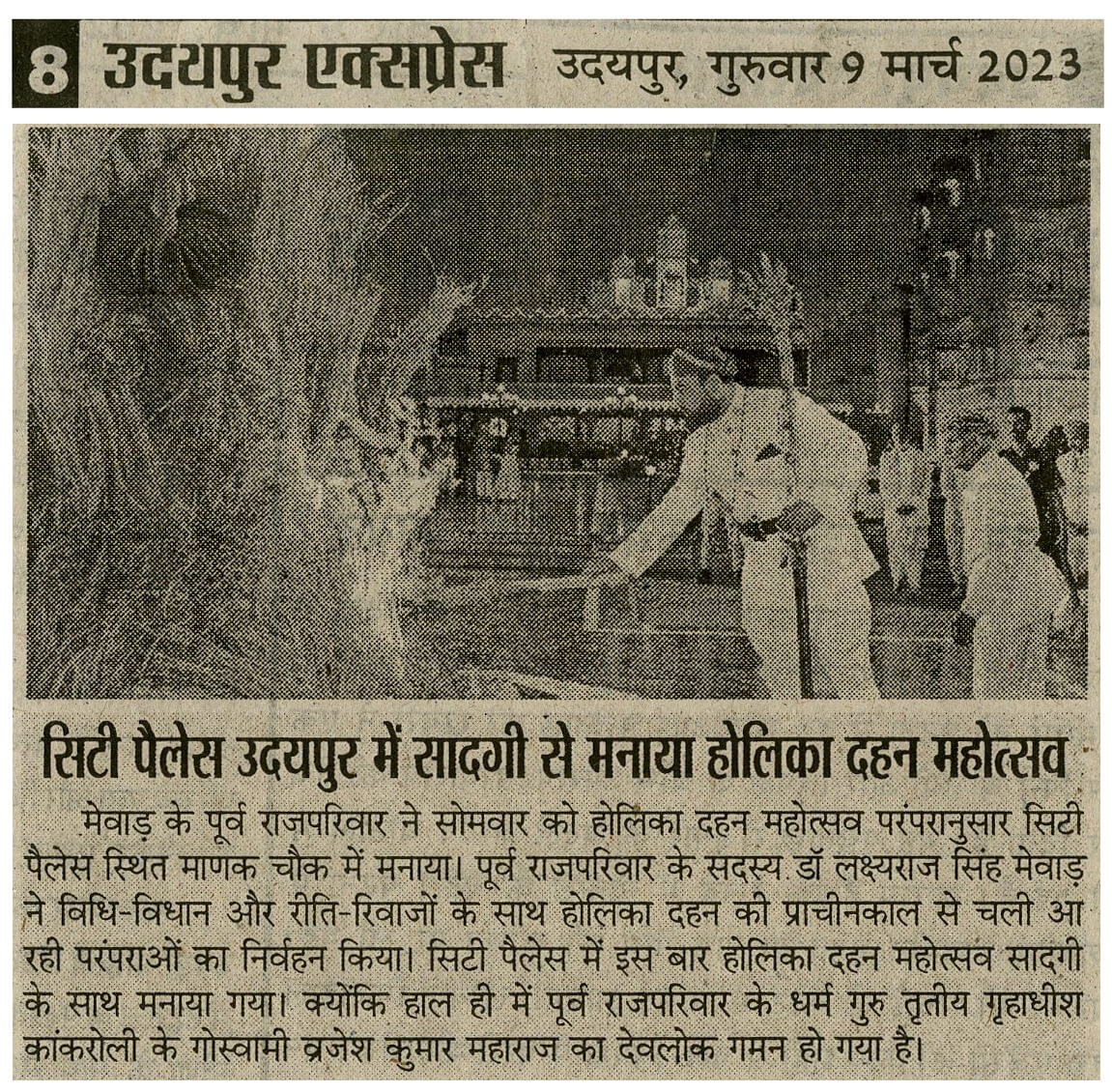
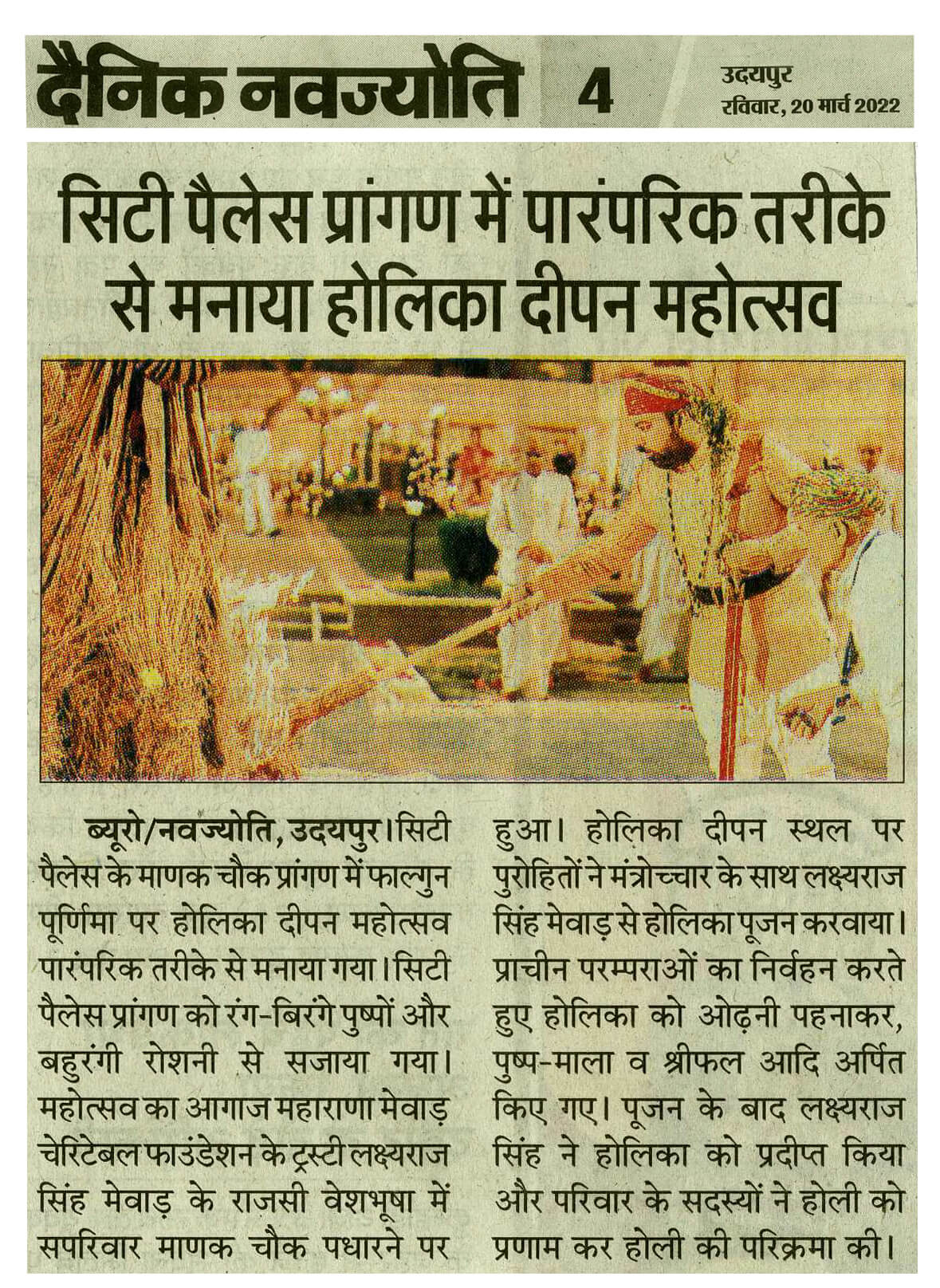
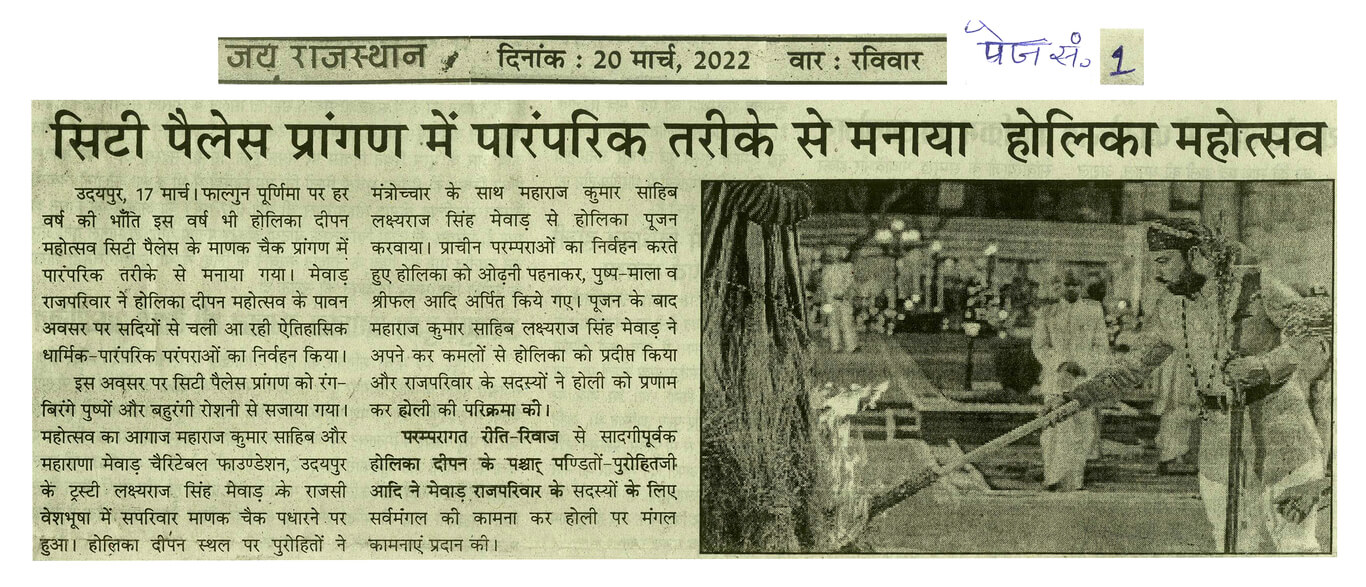
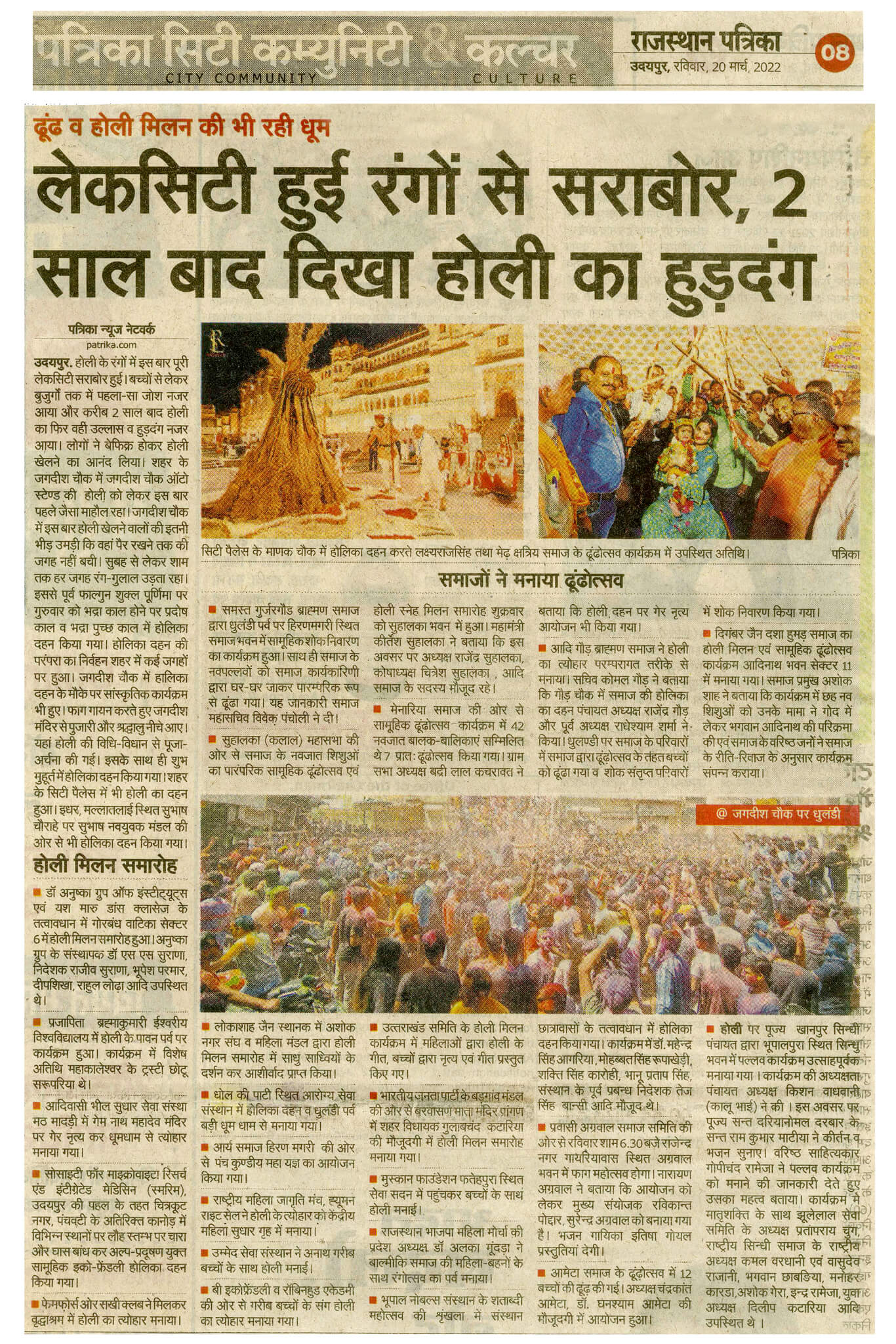
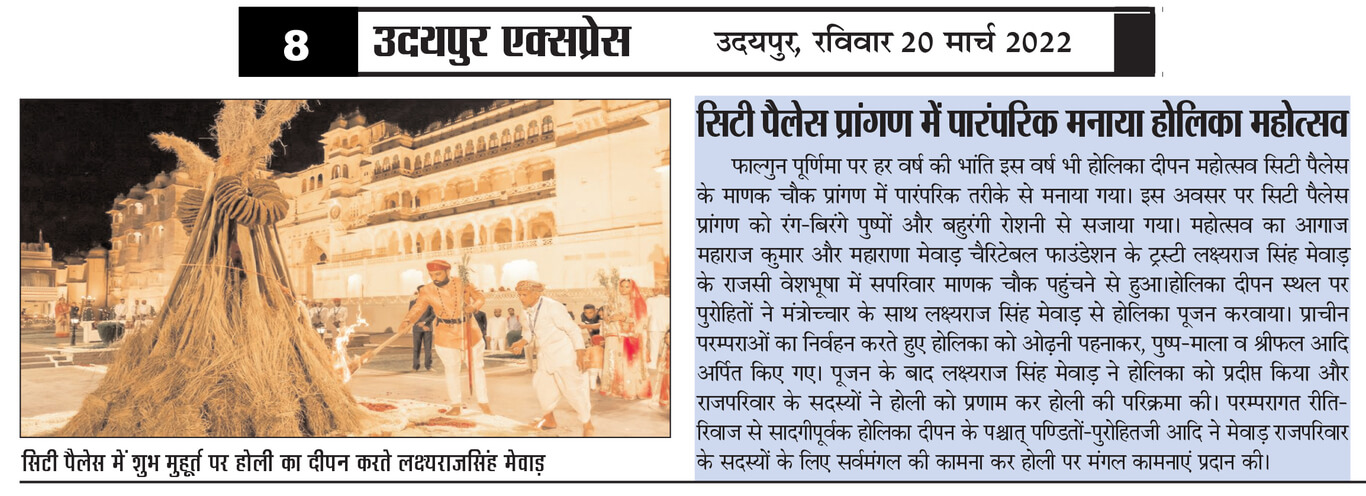
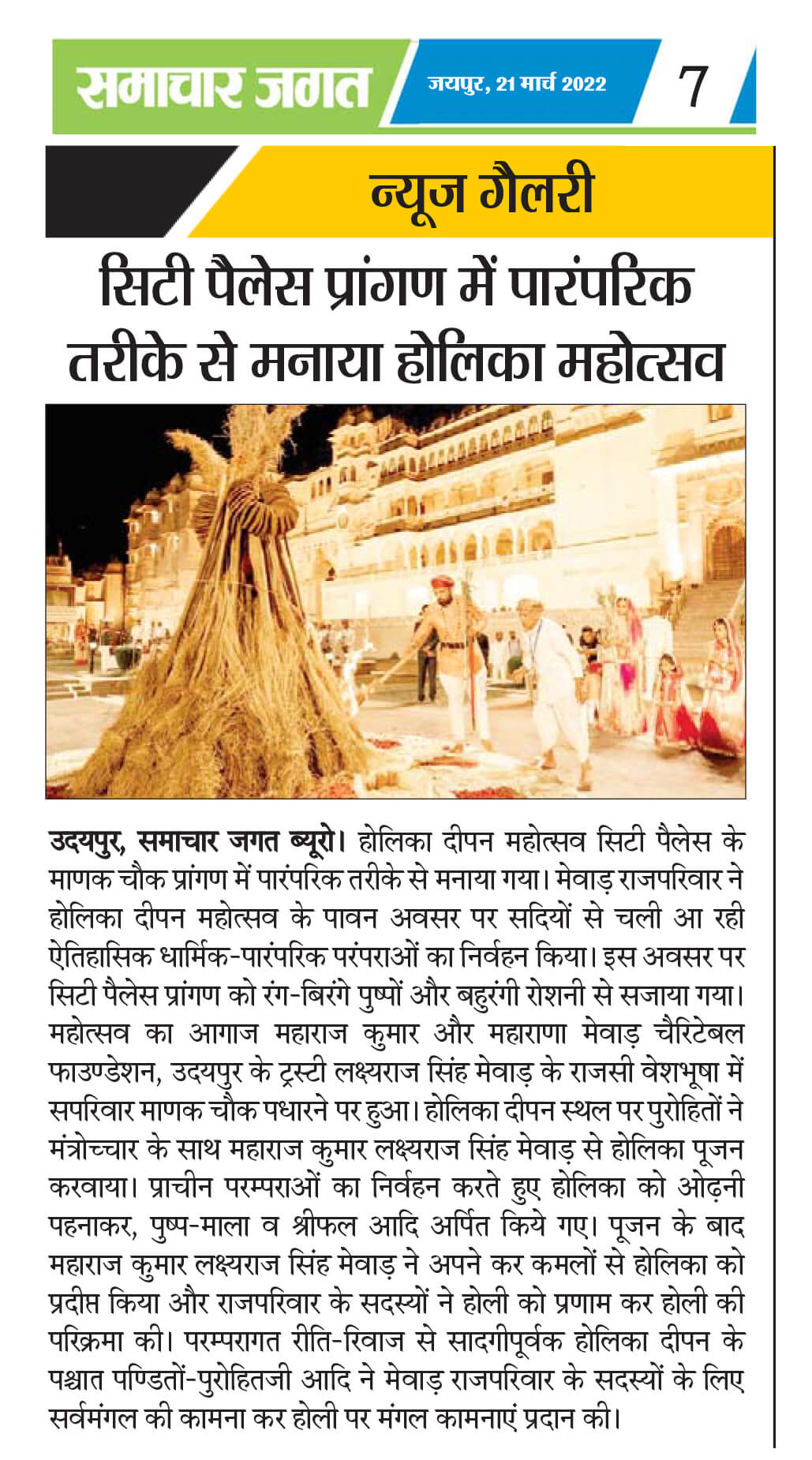
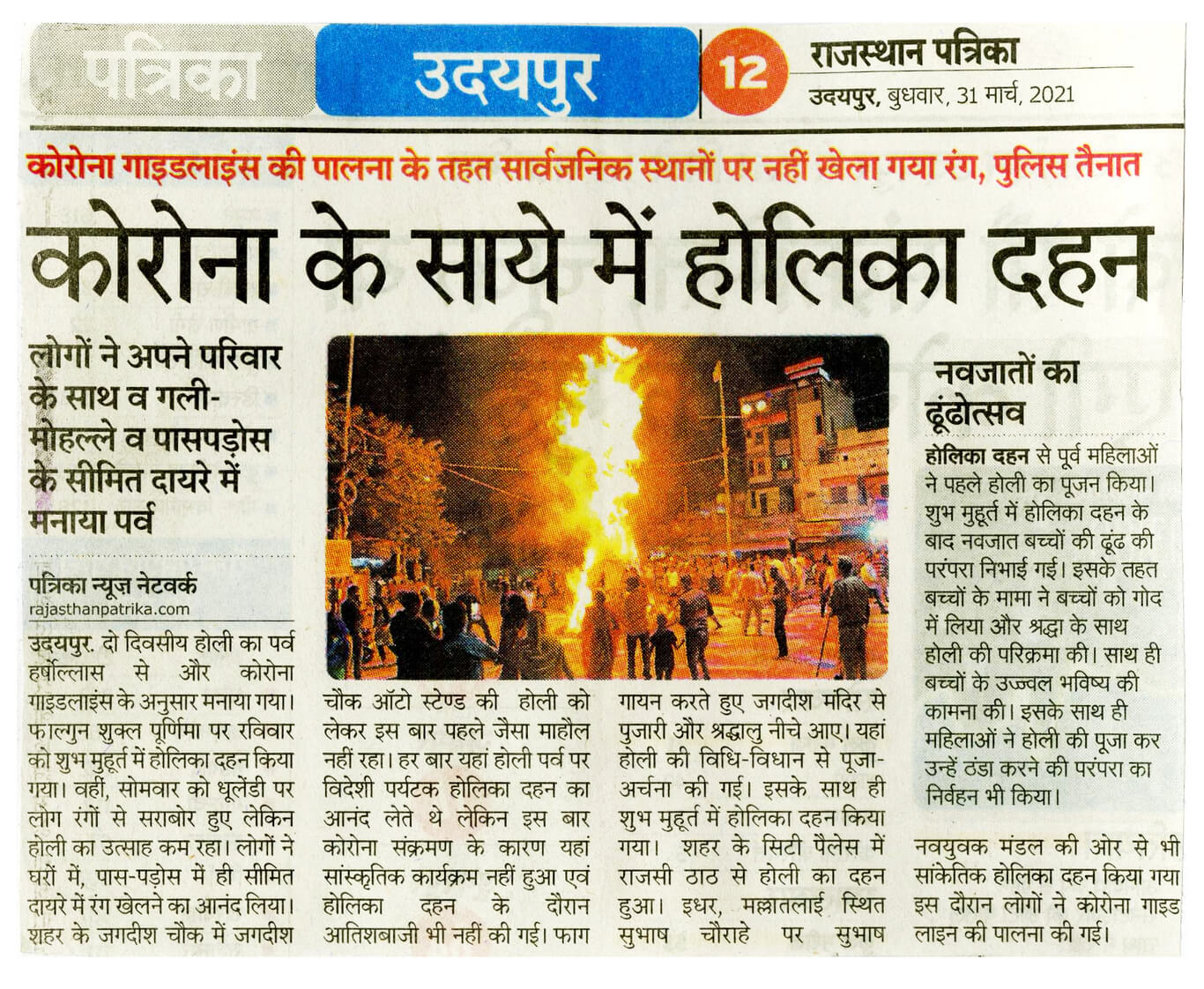
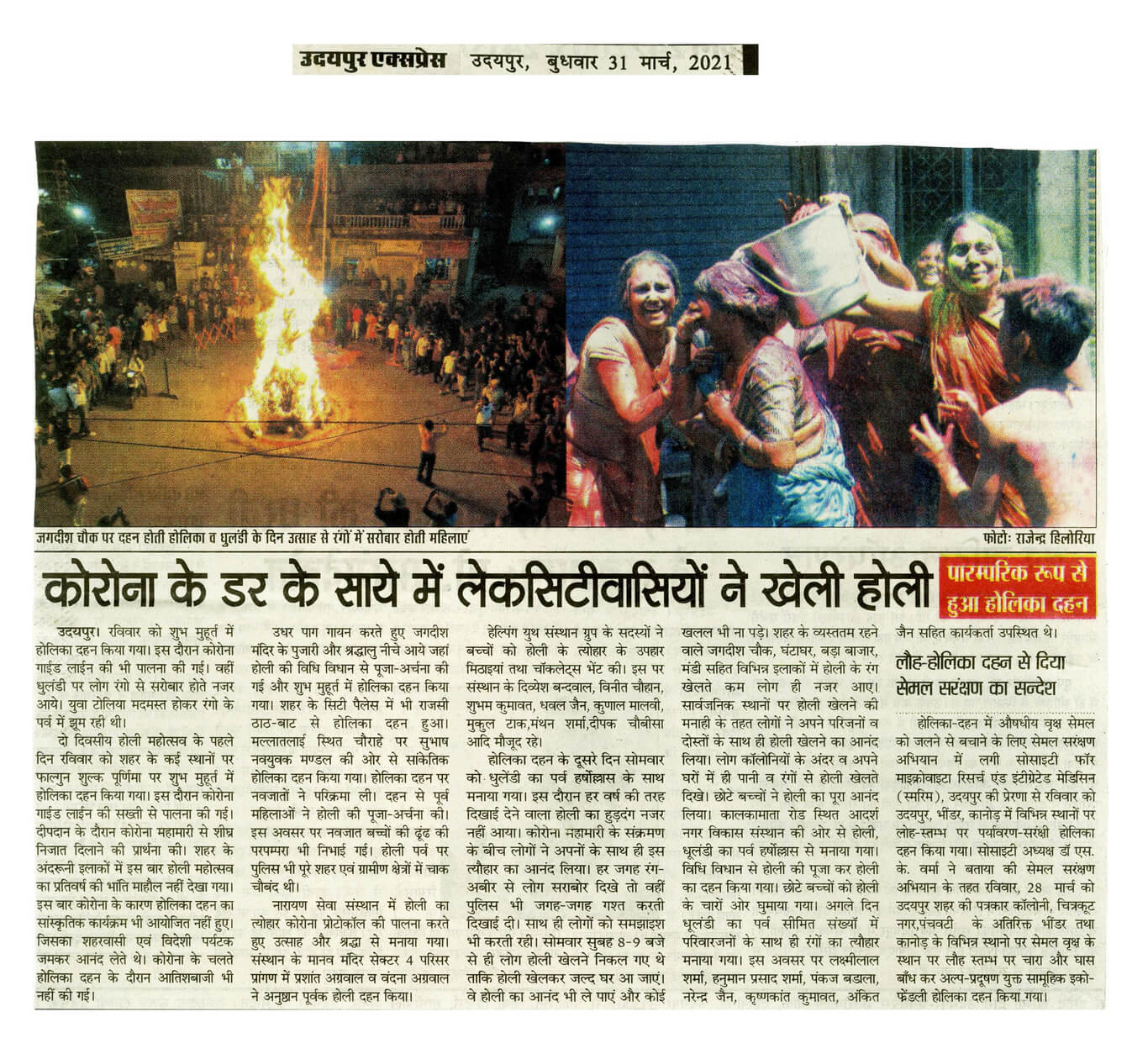
.jpg)
.jpg)
